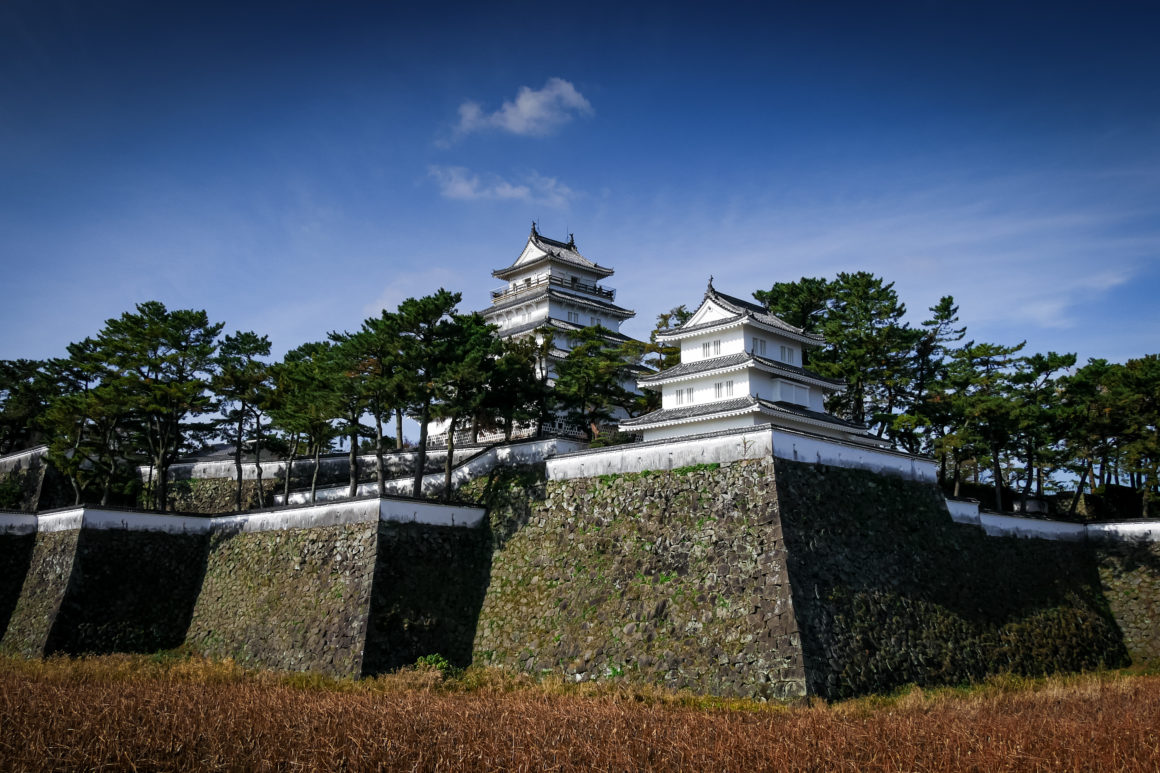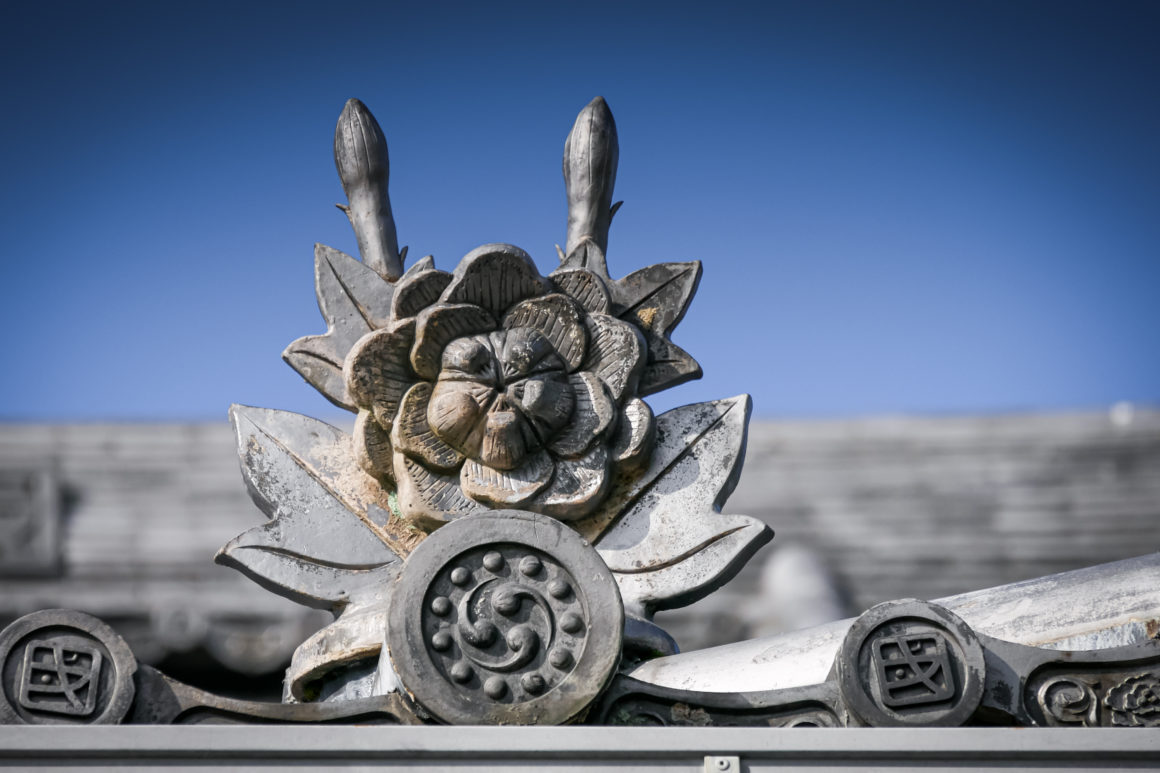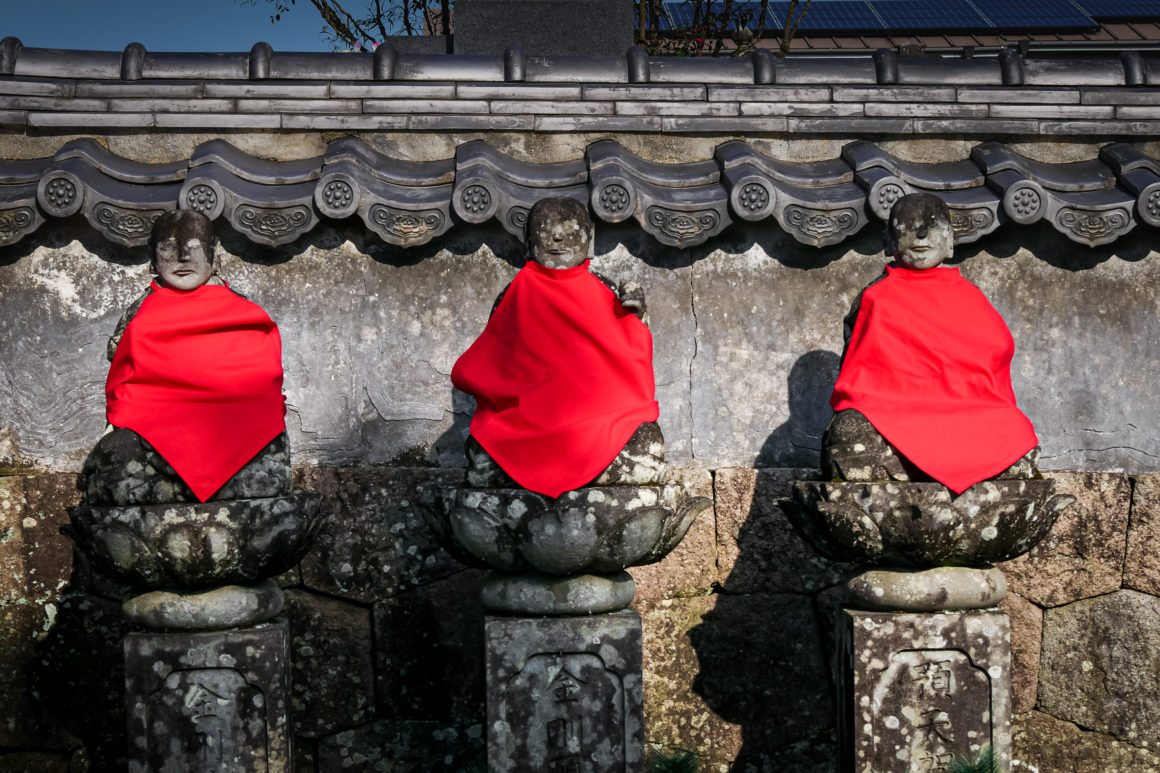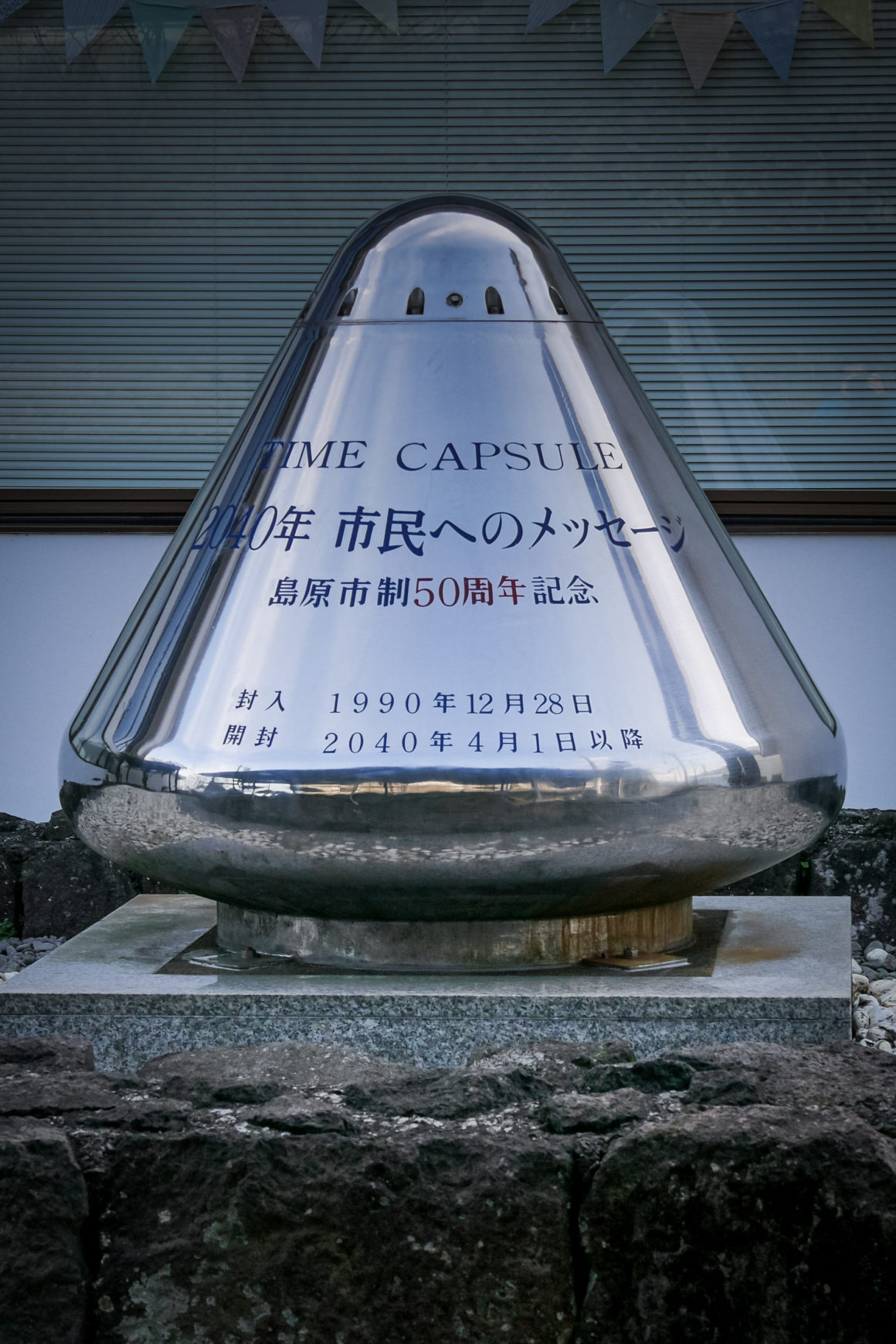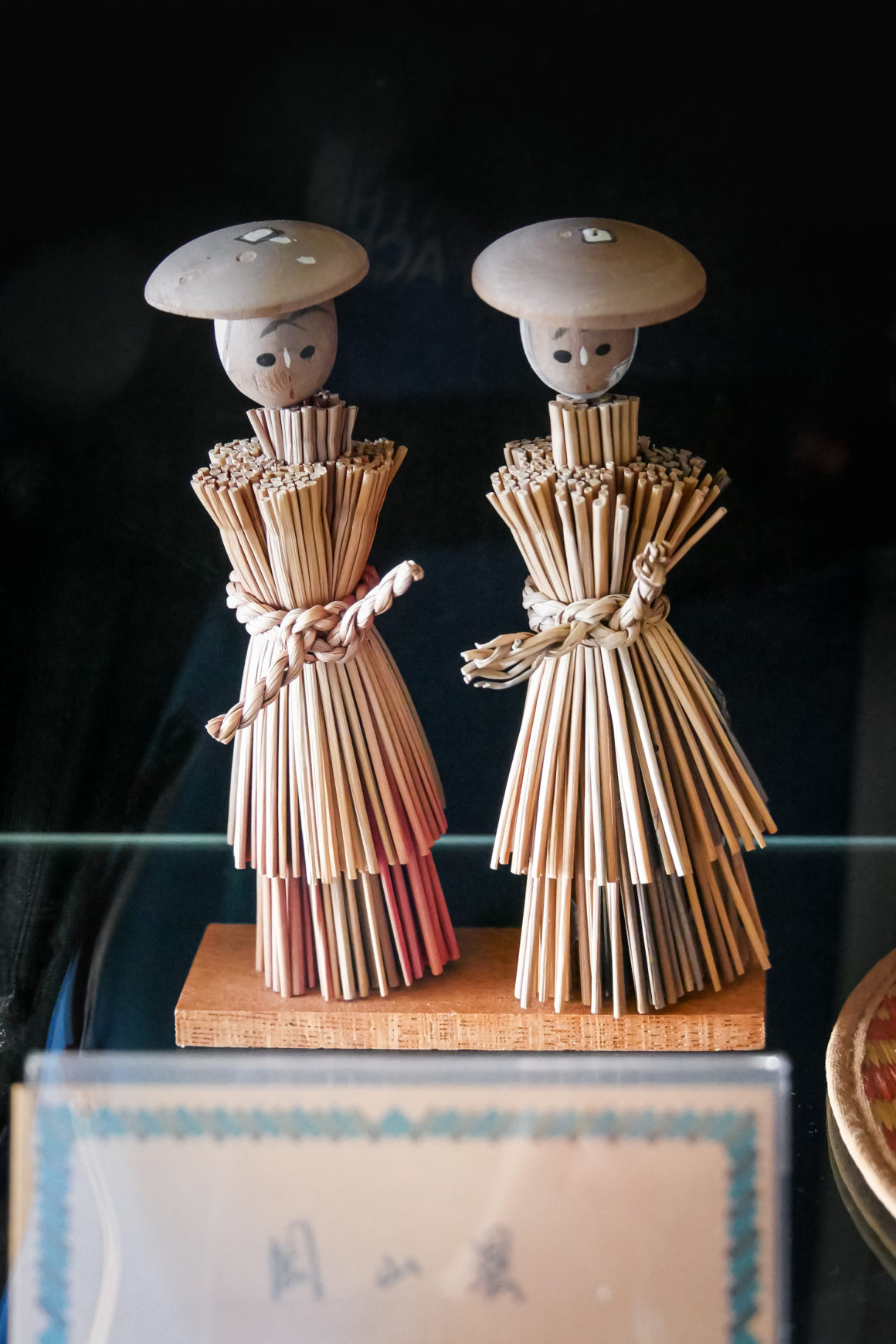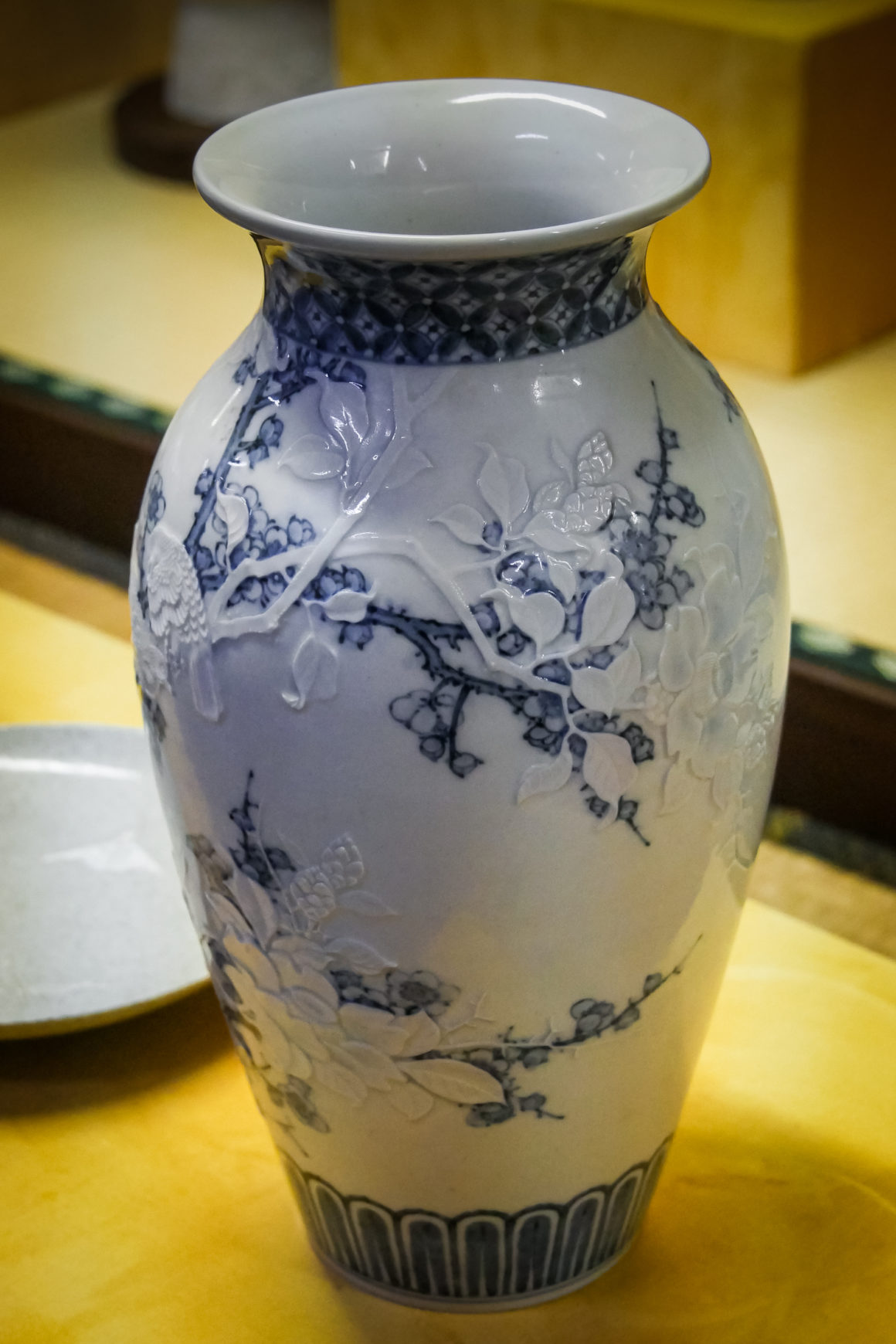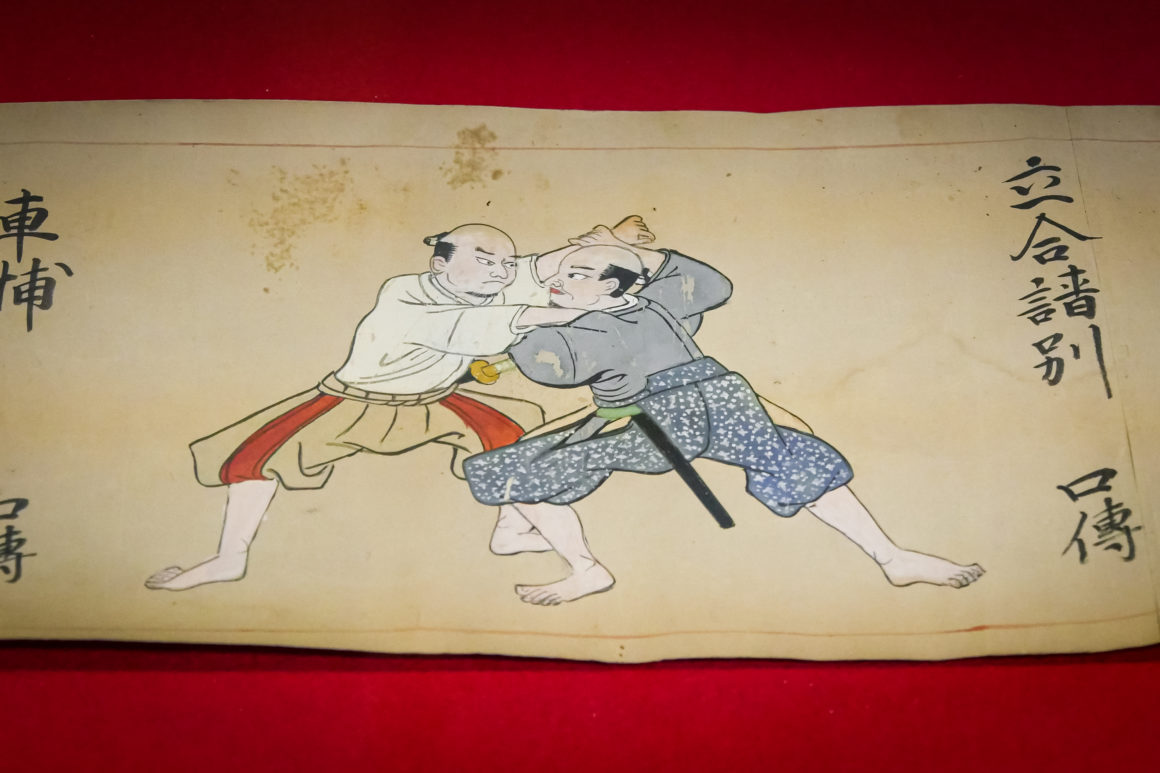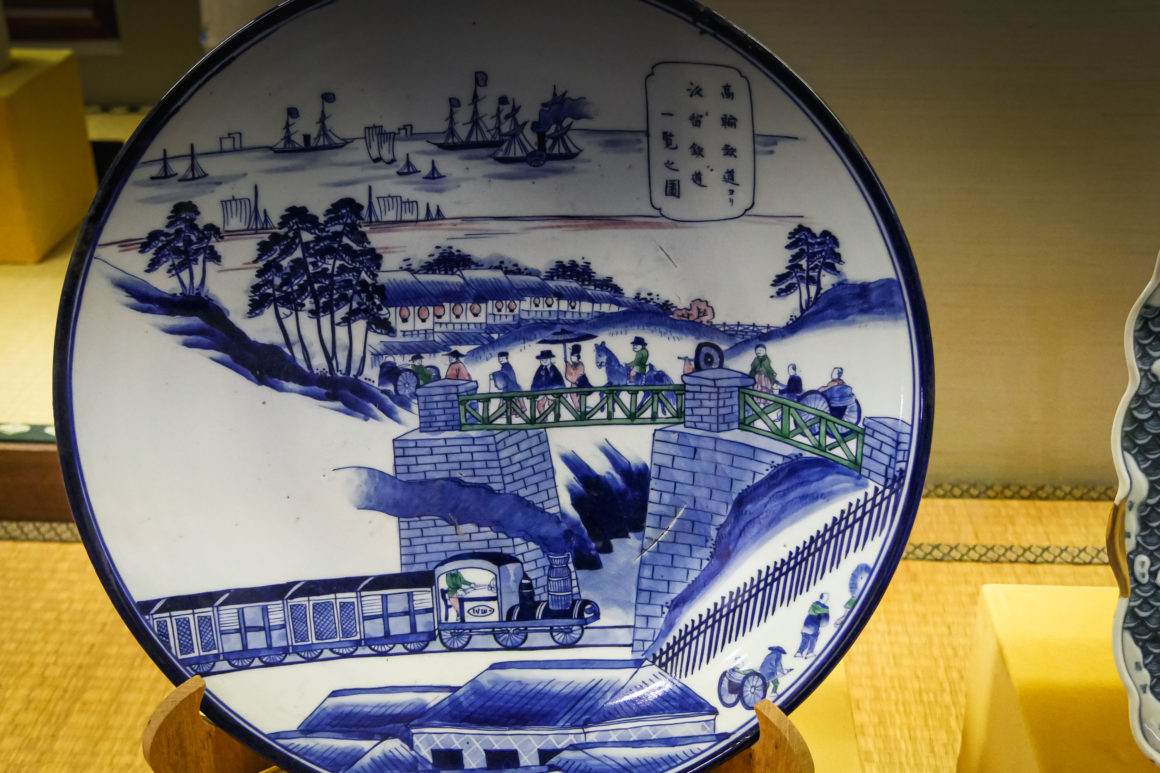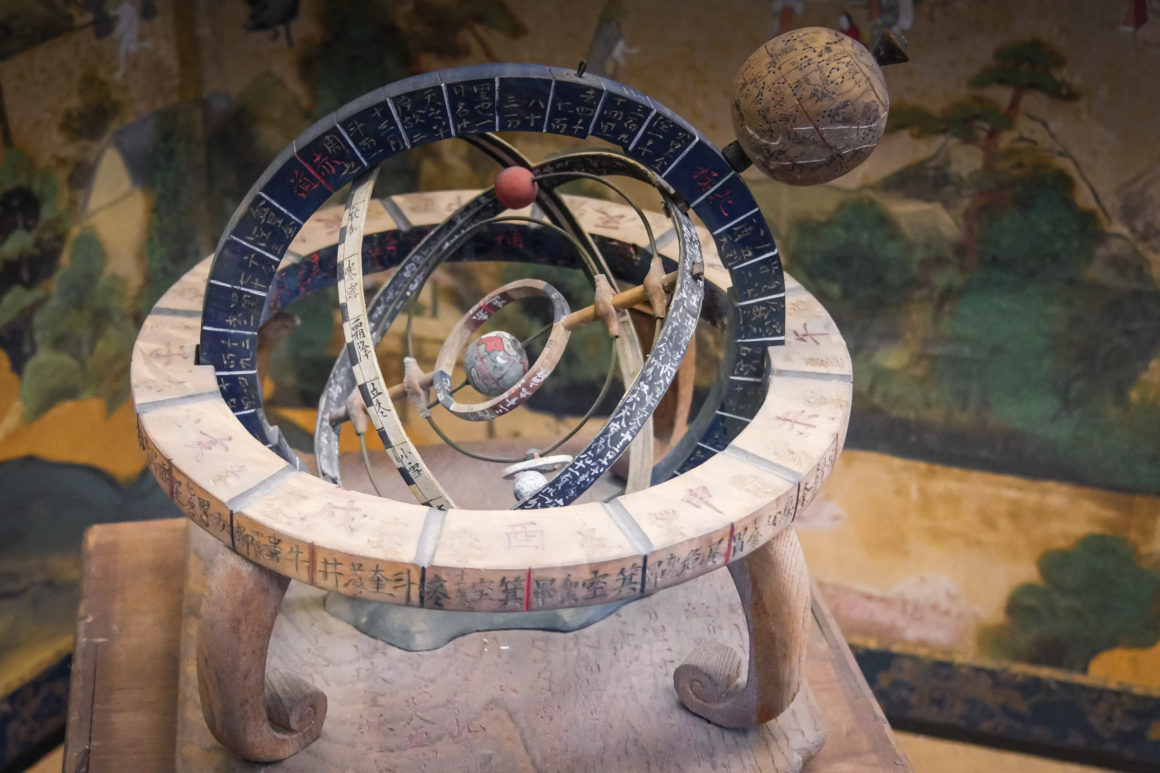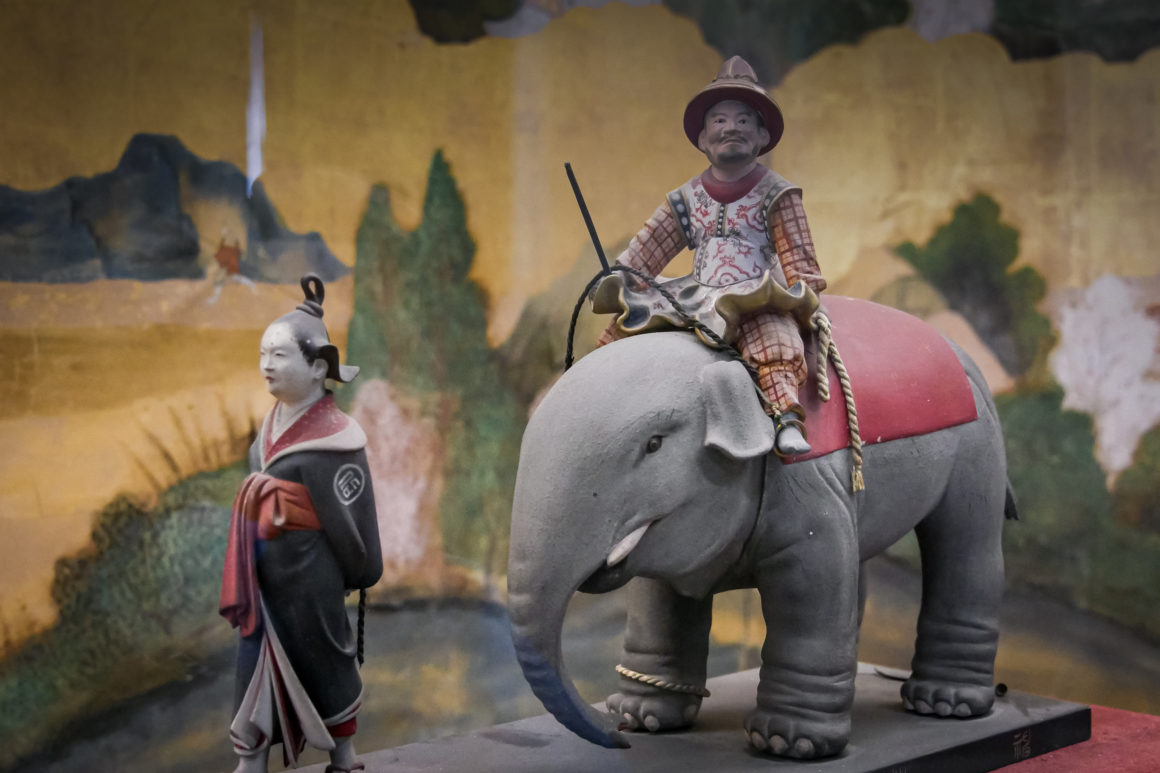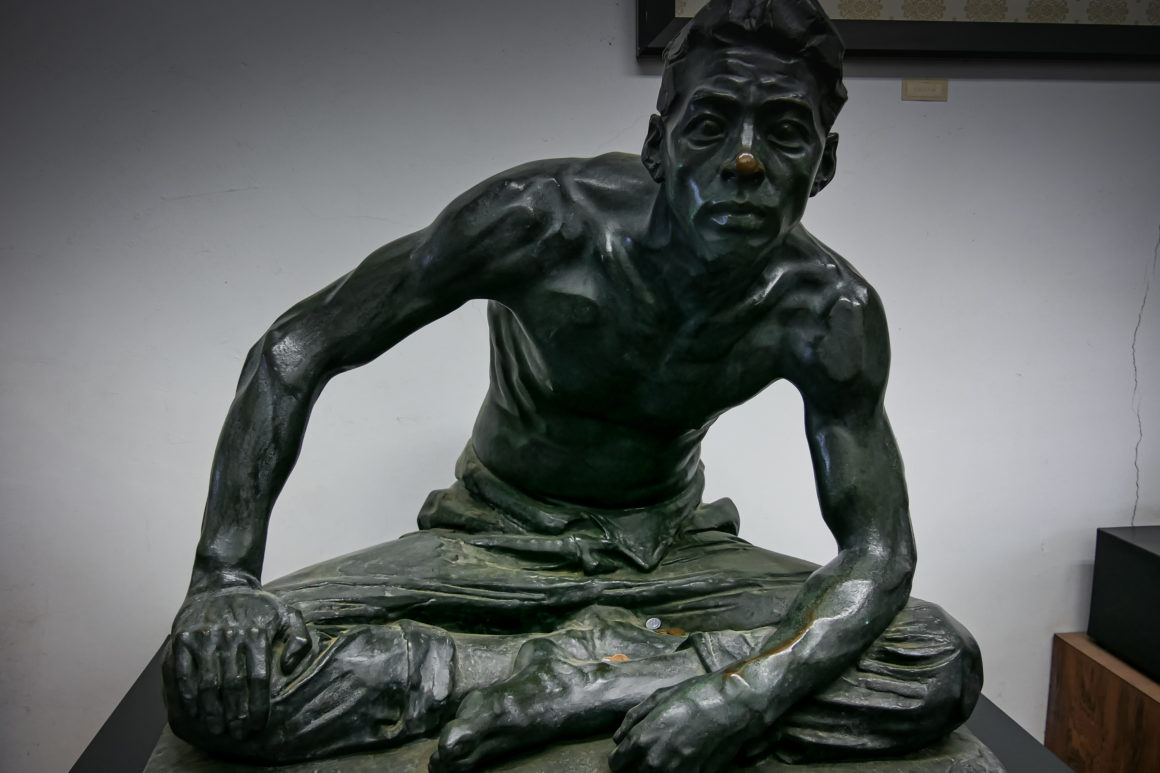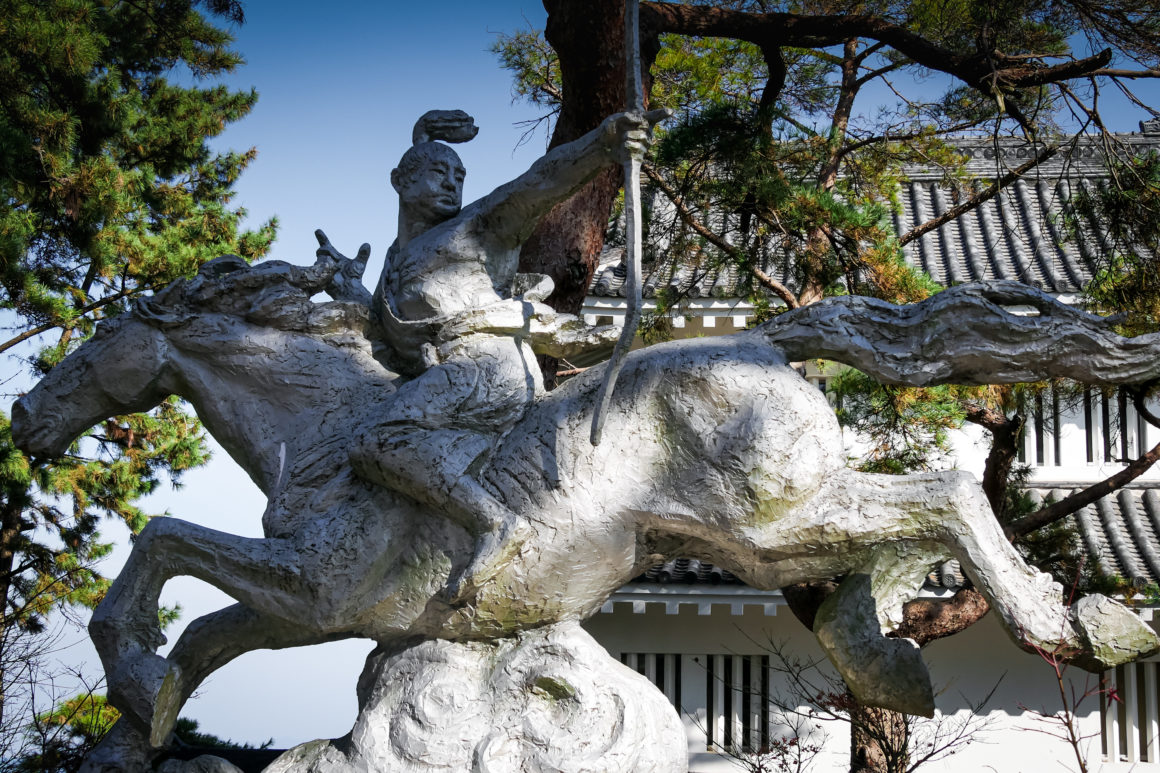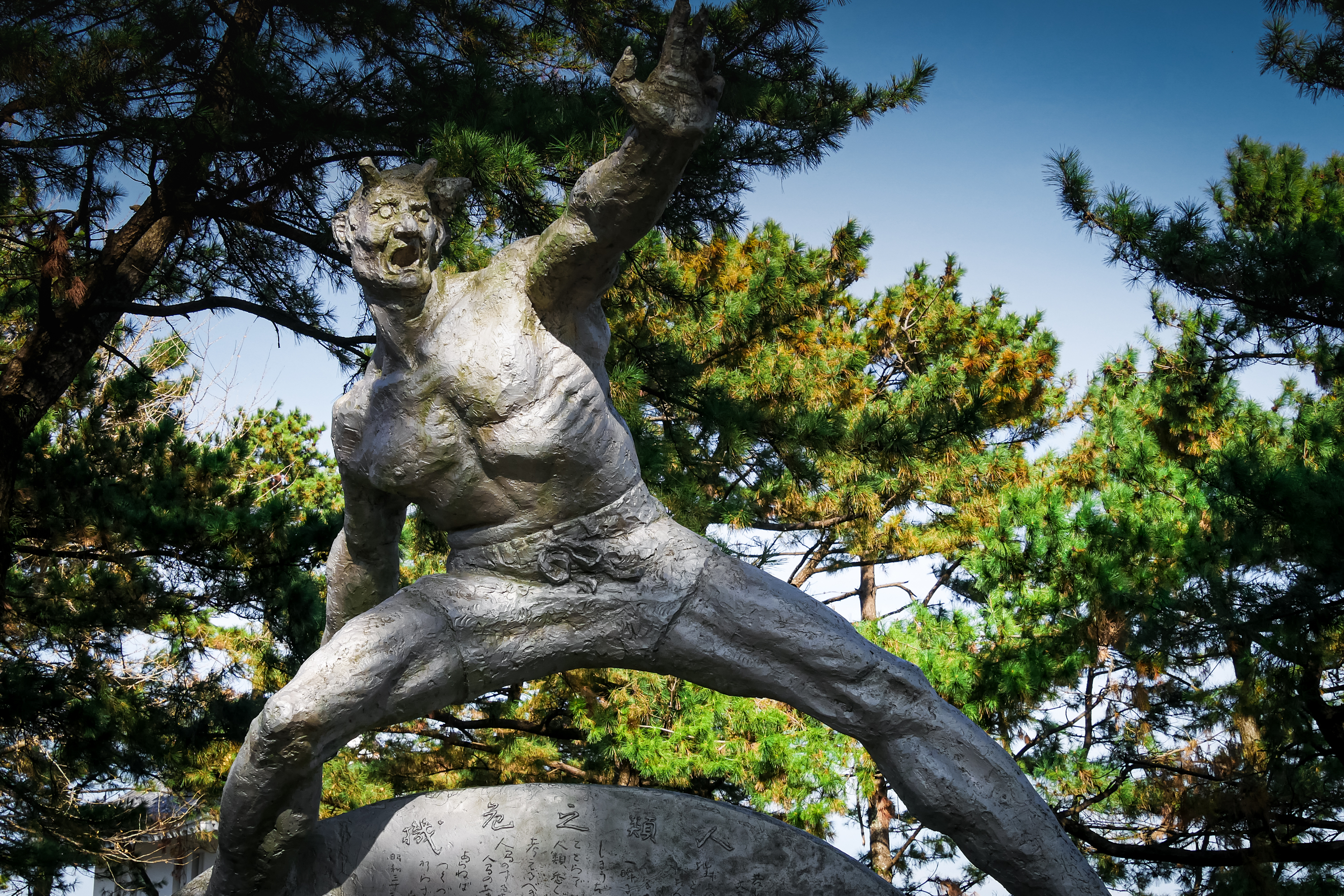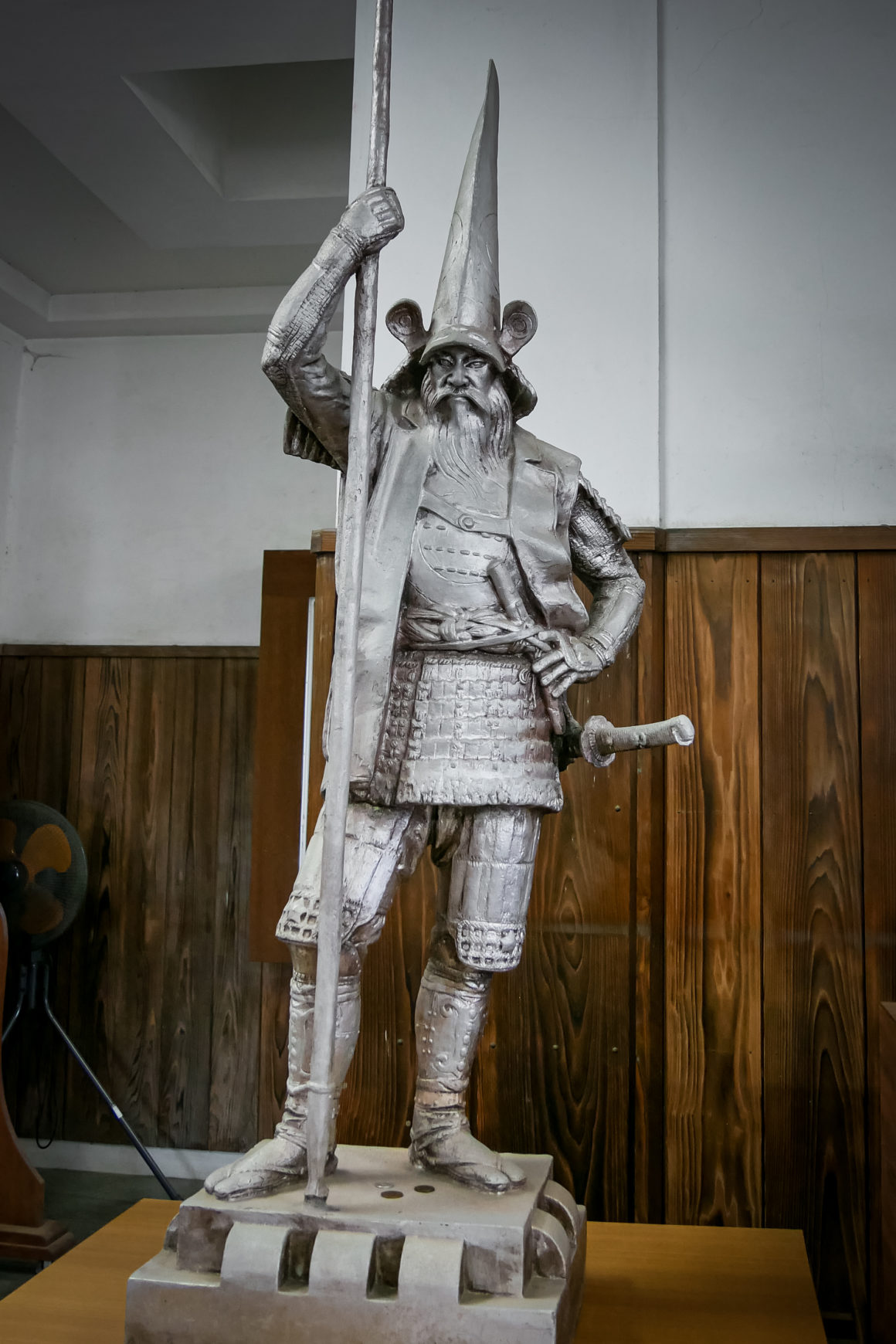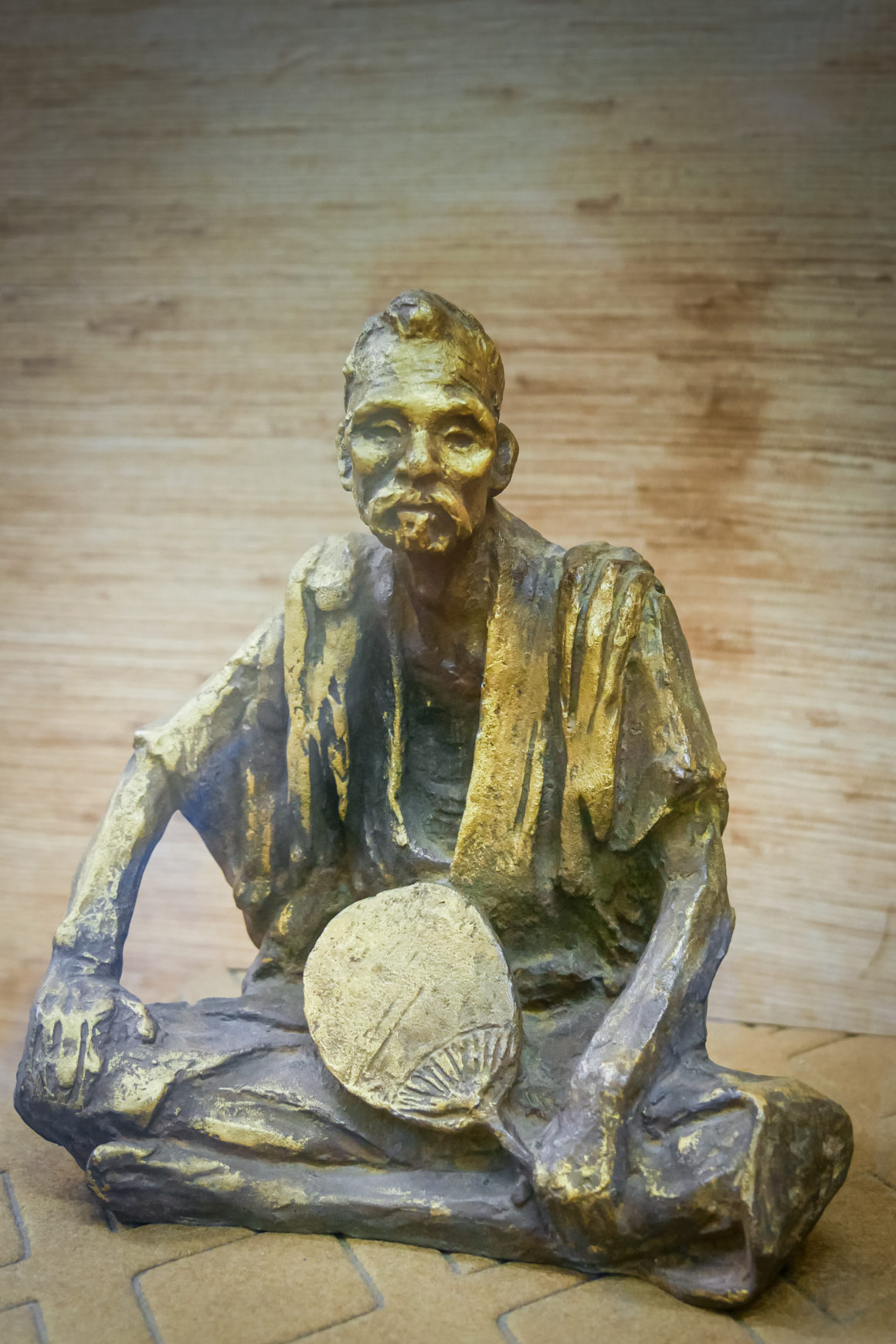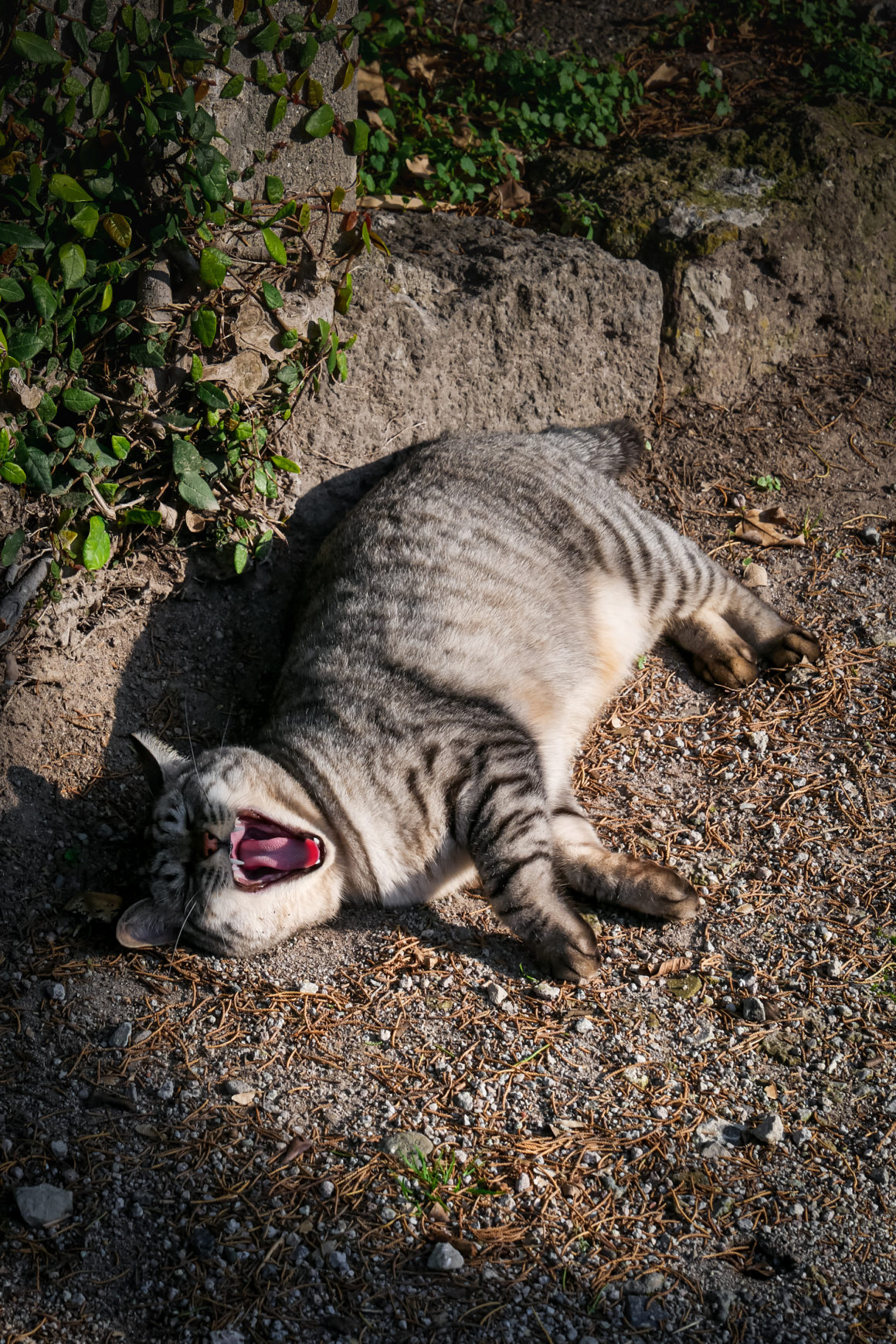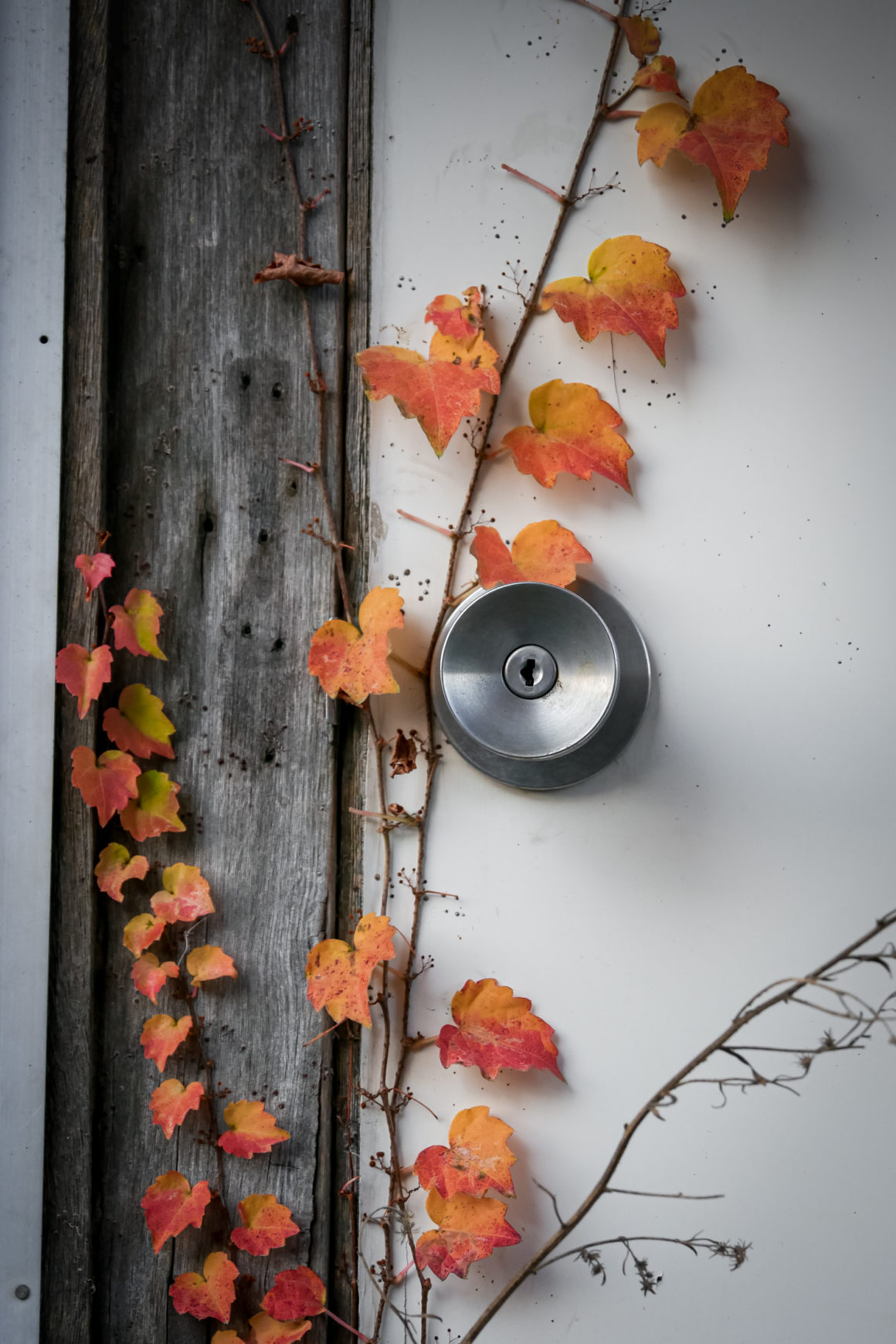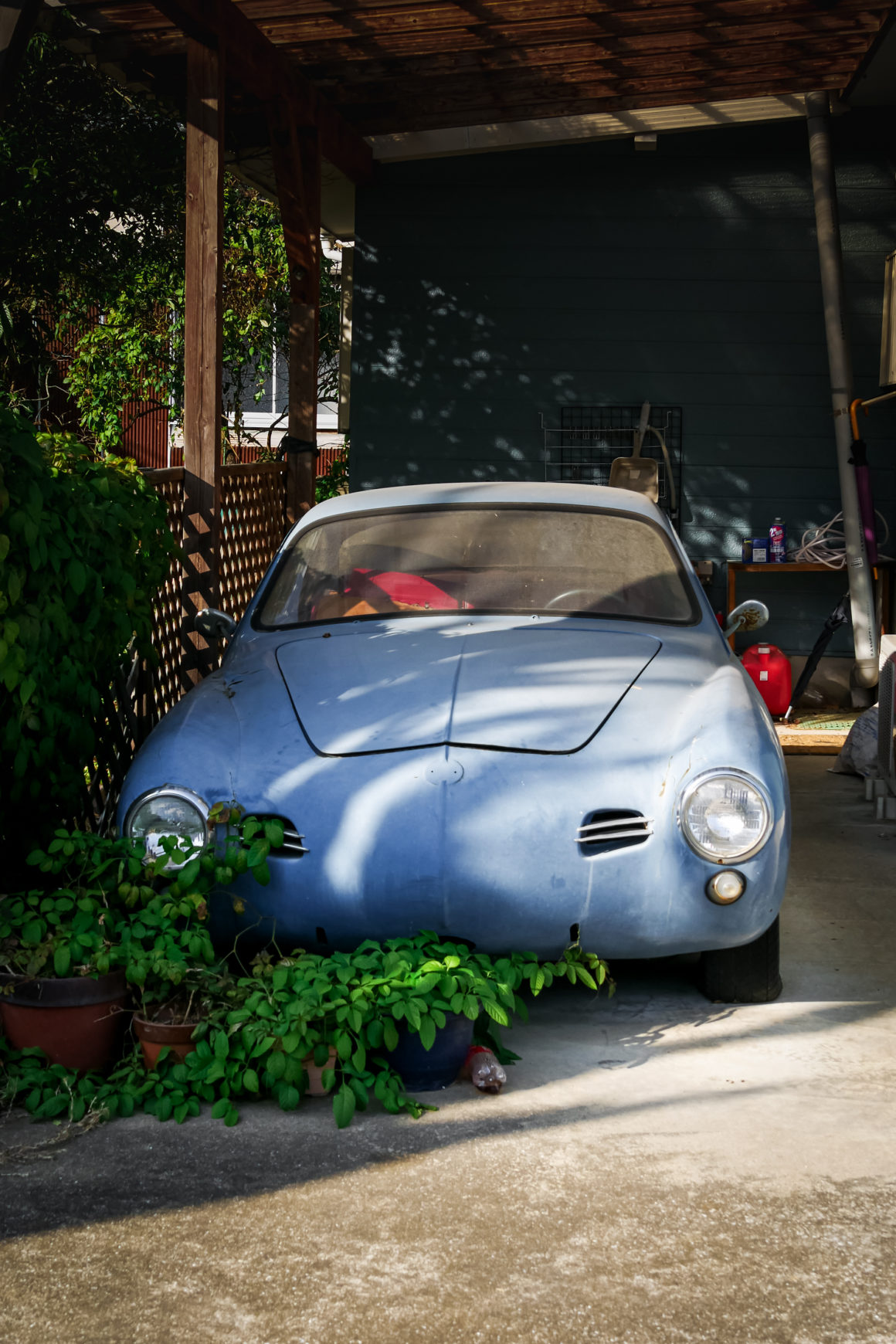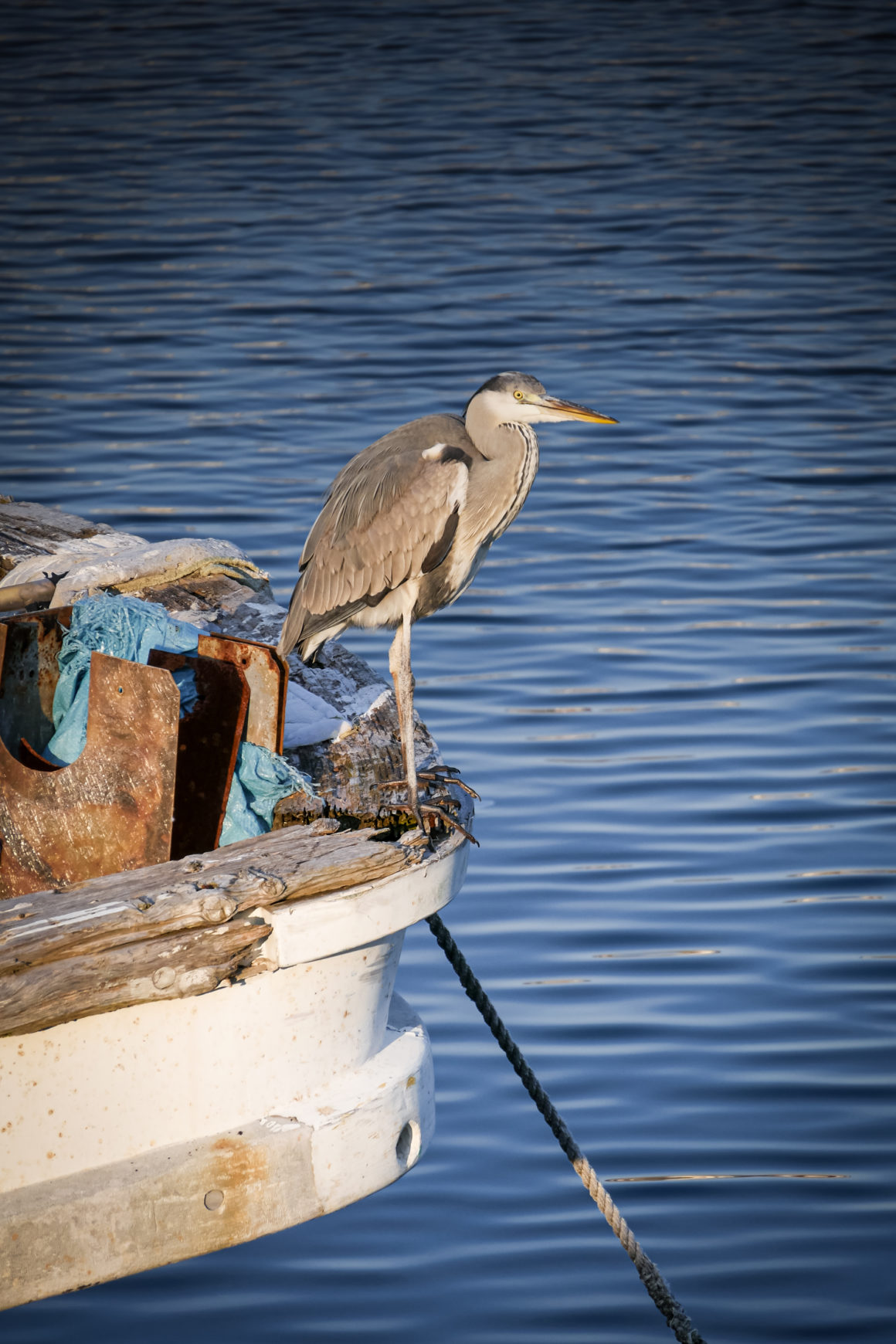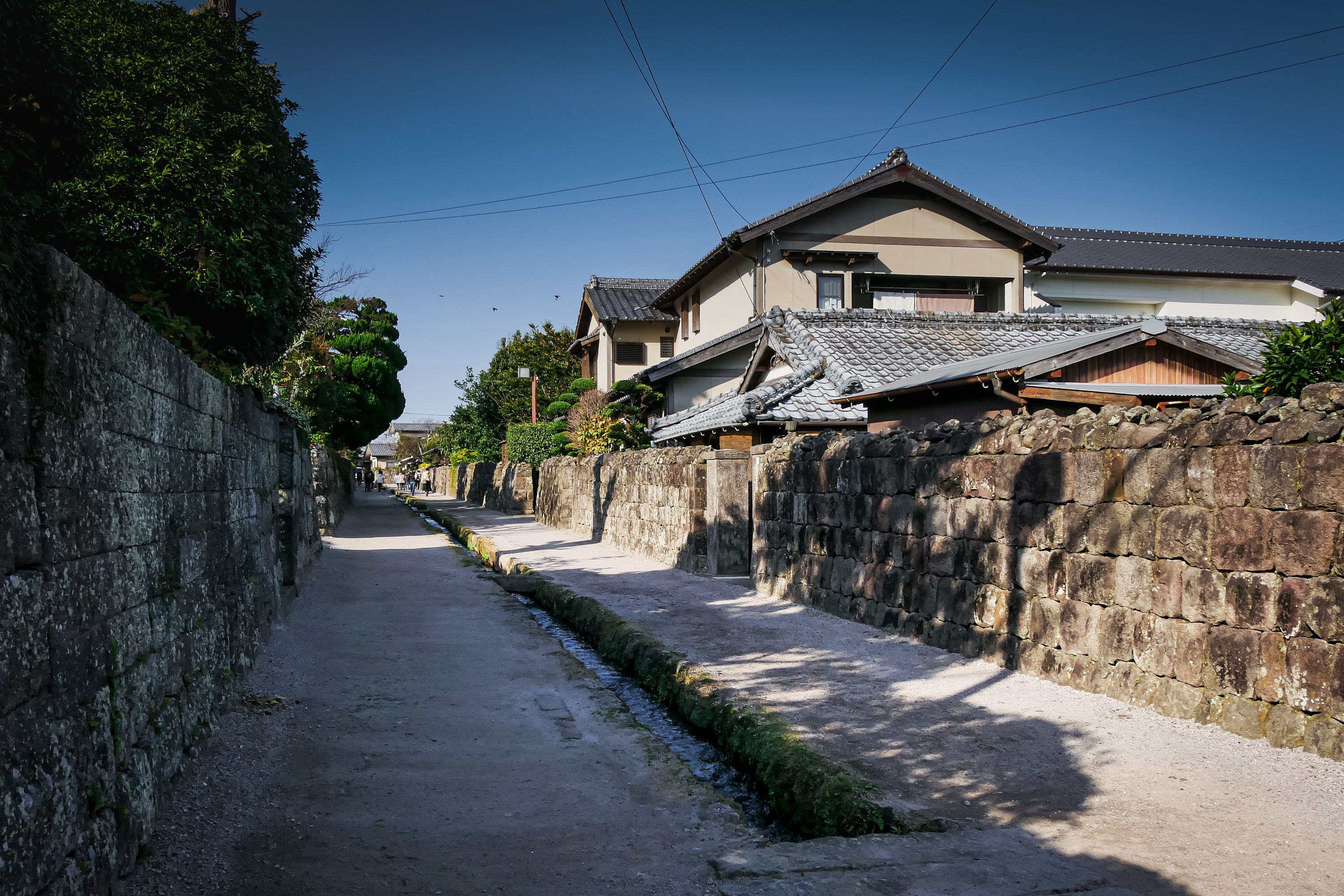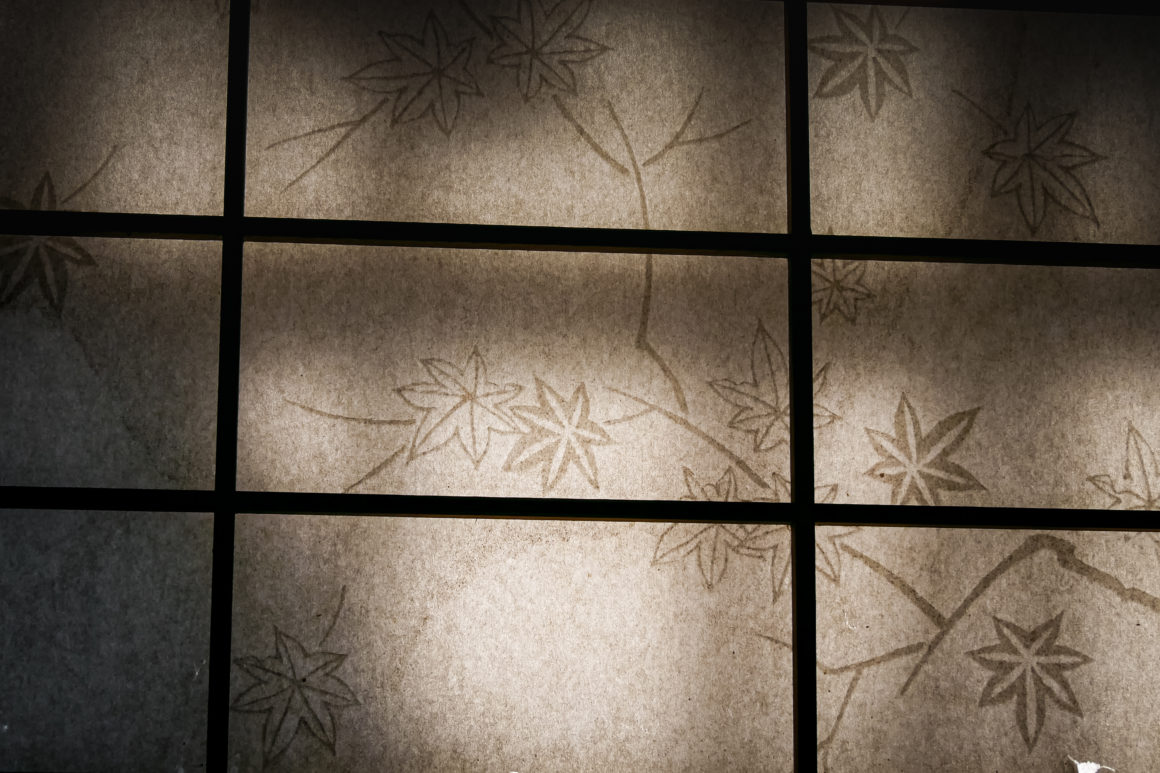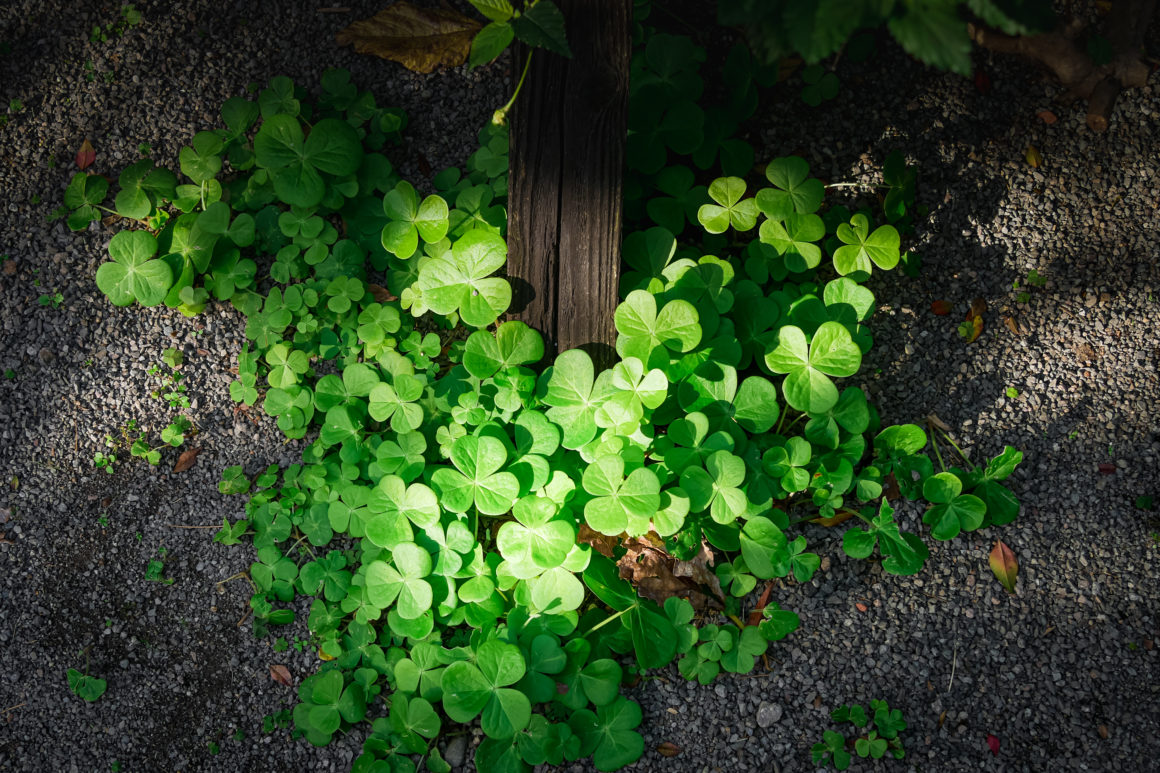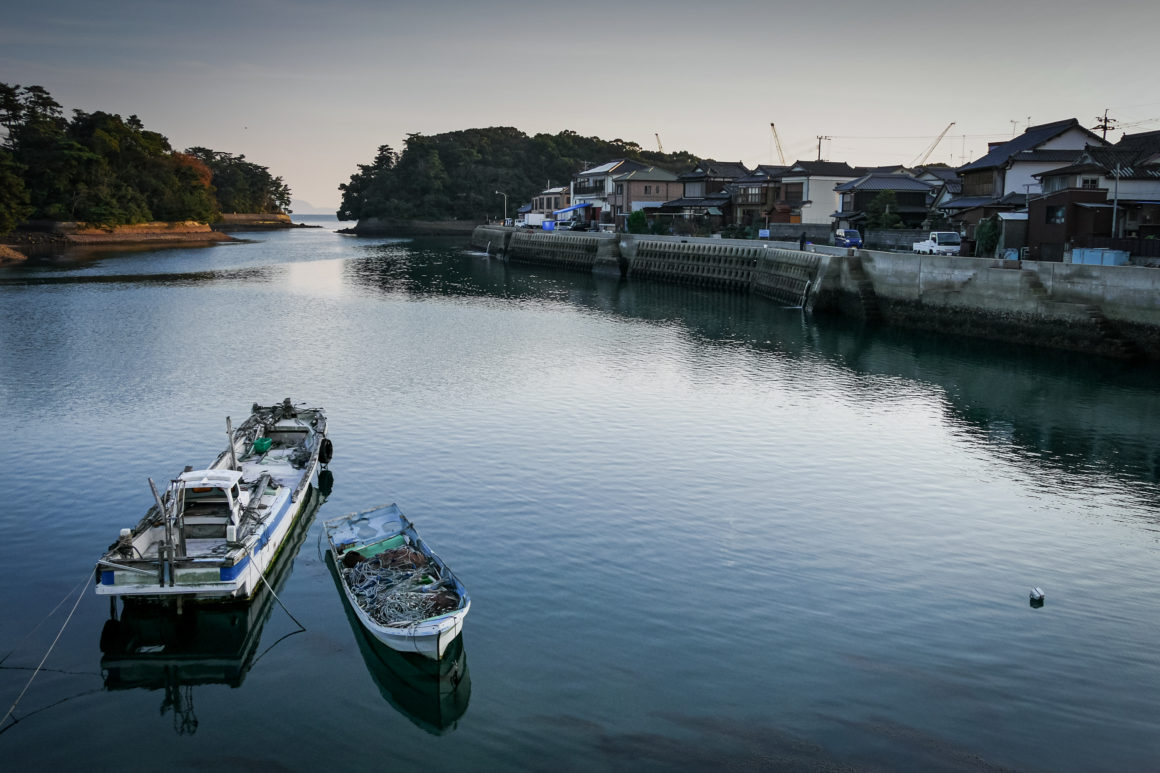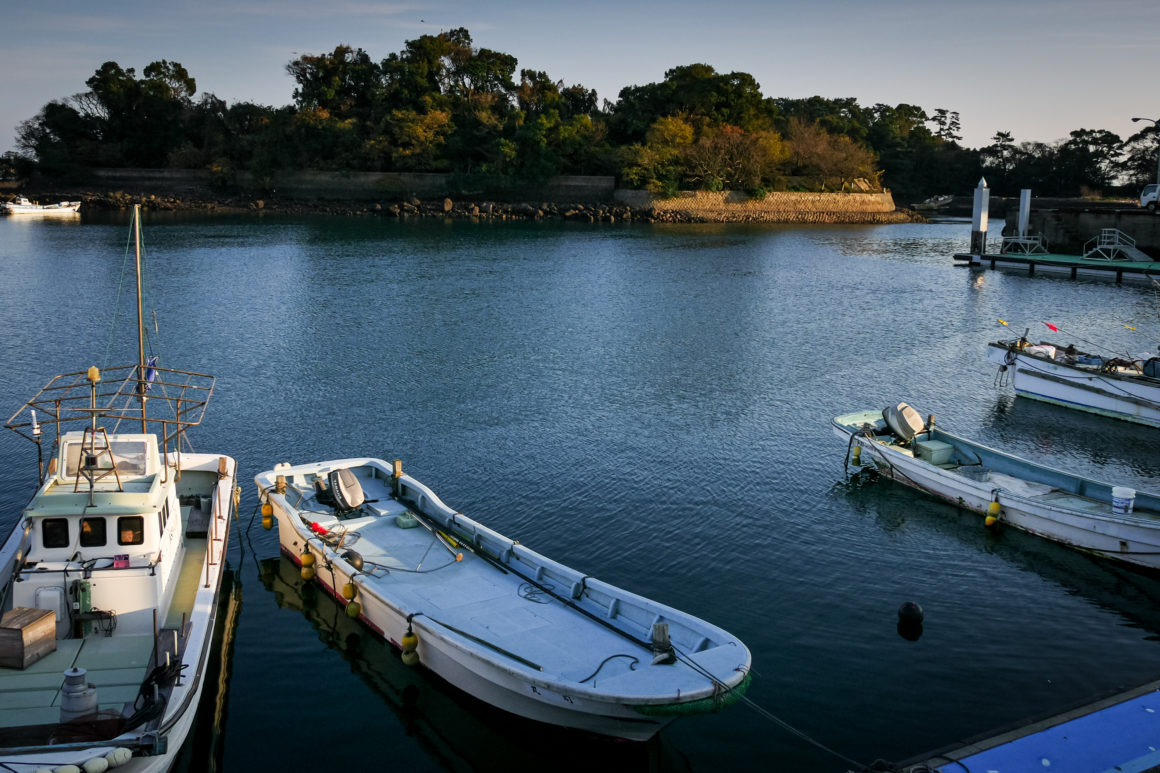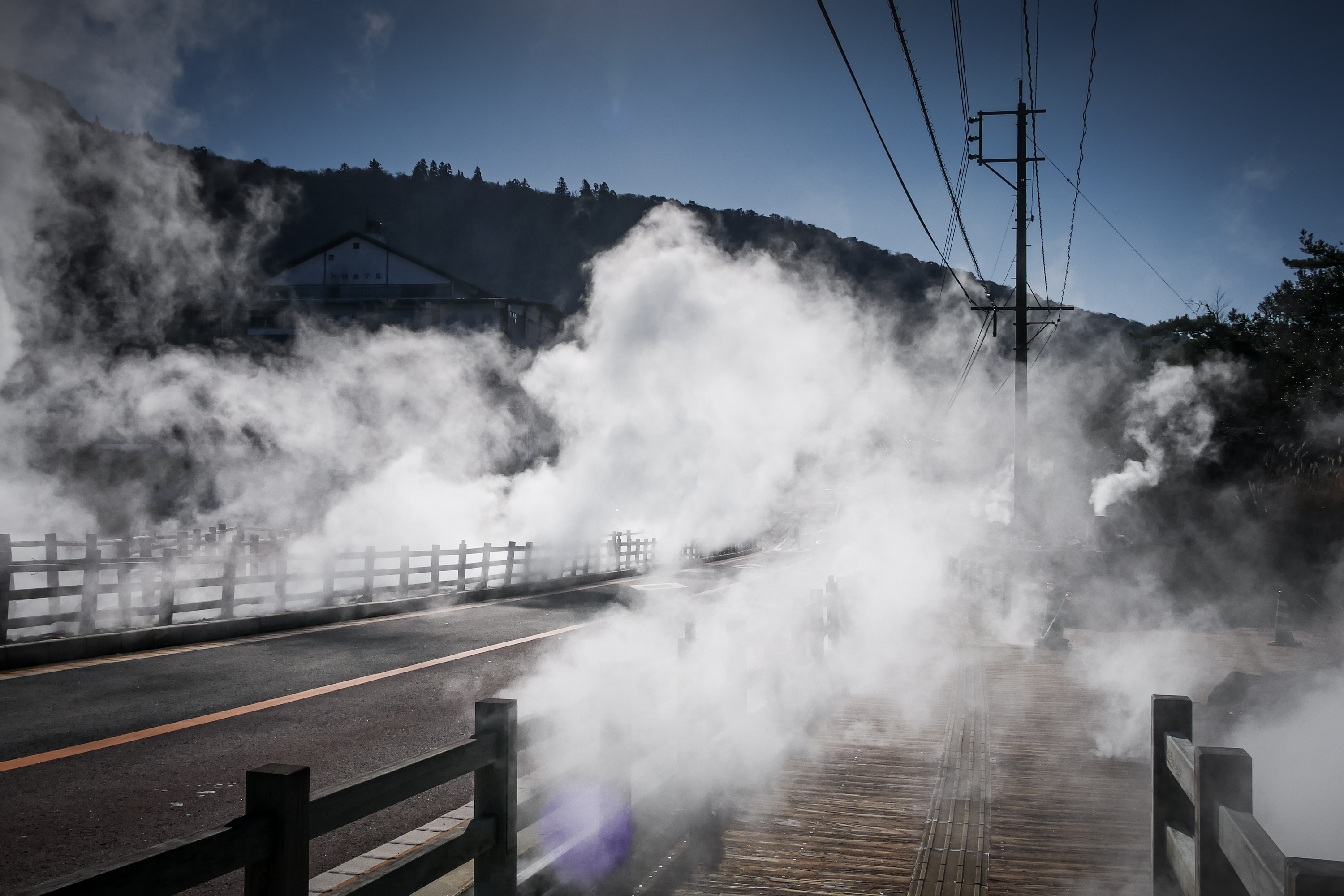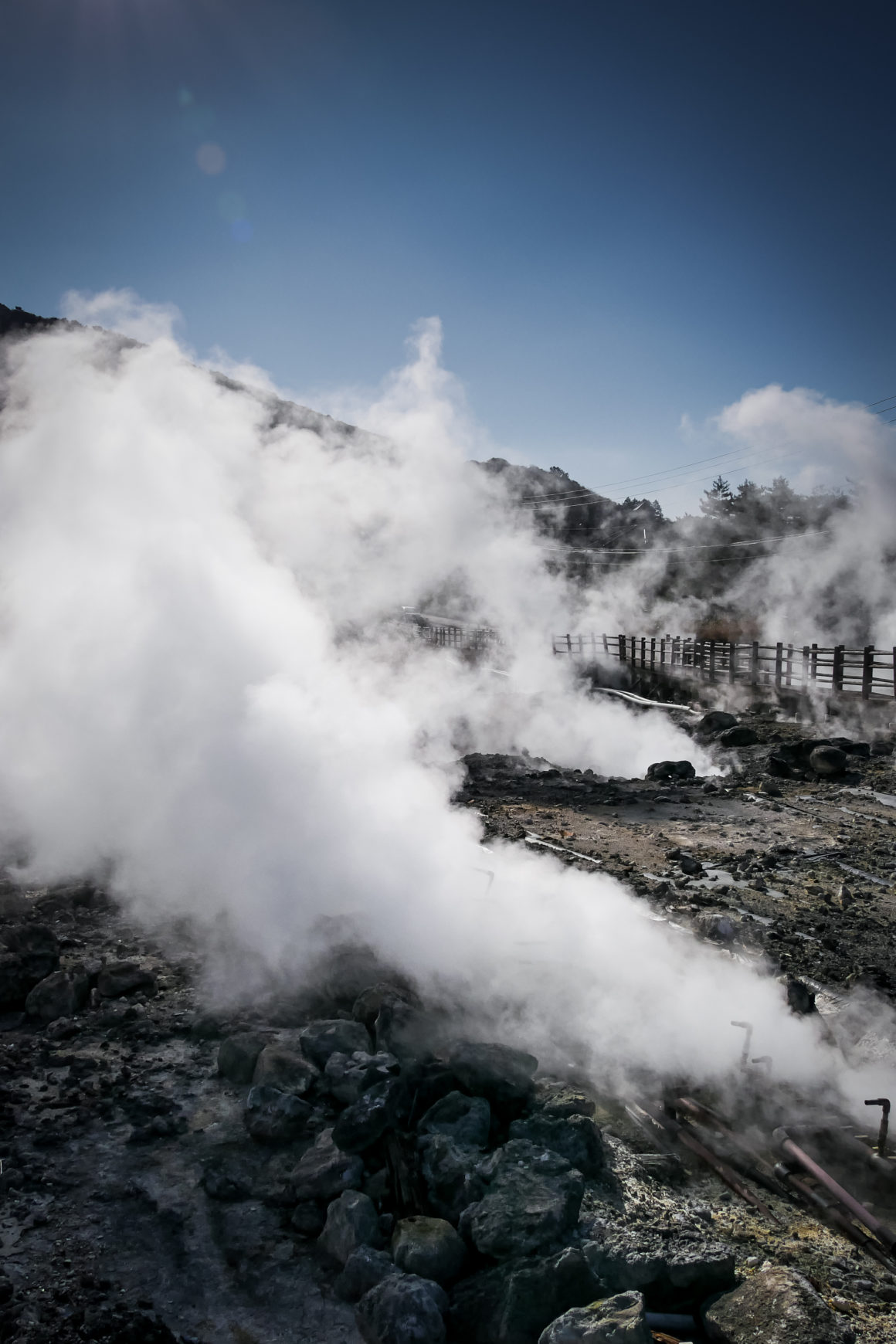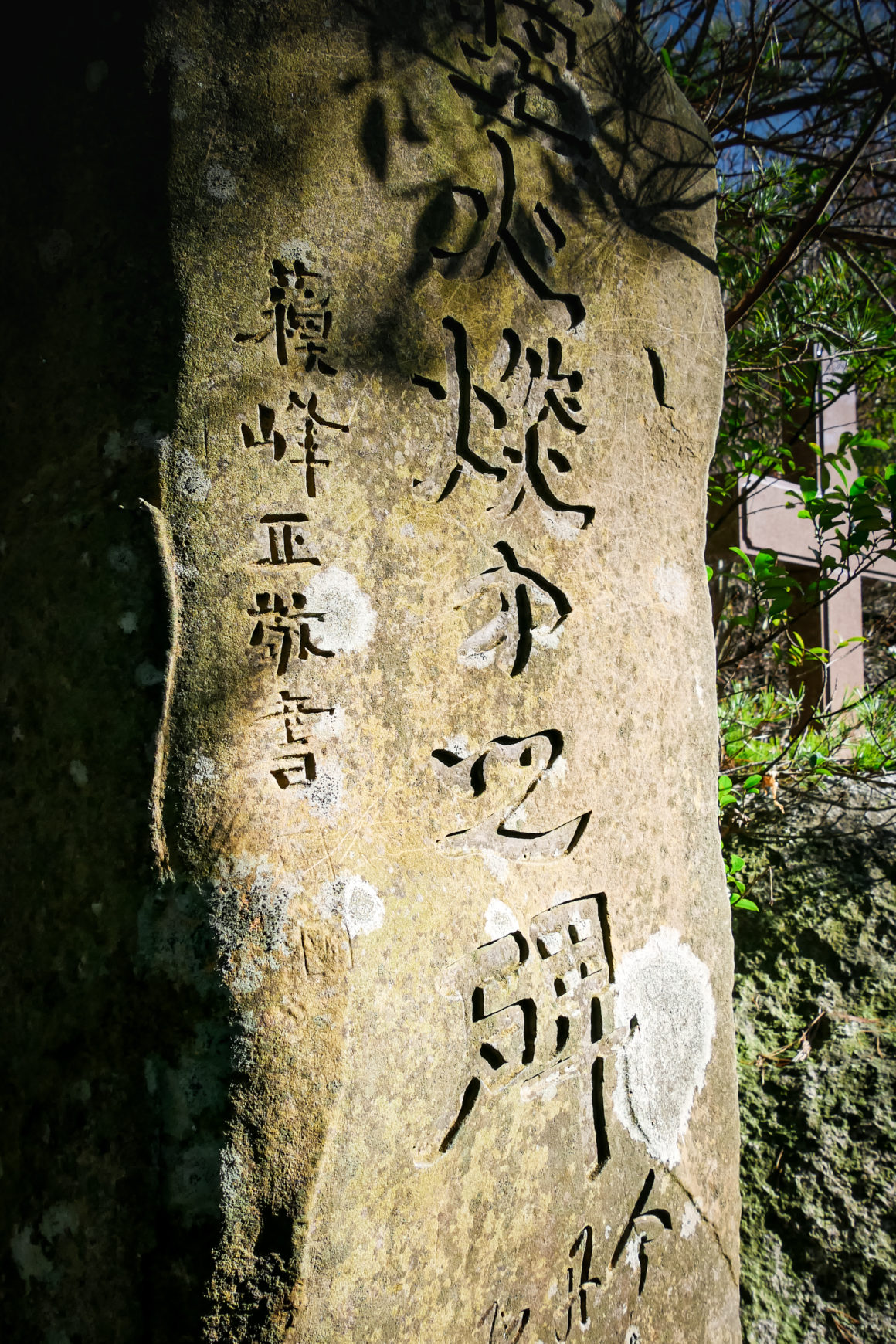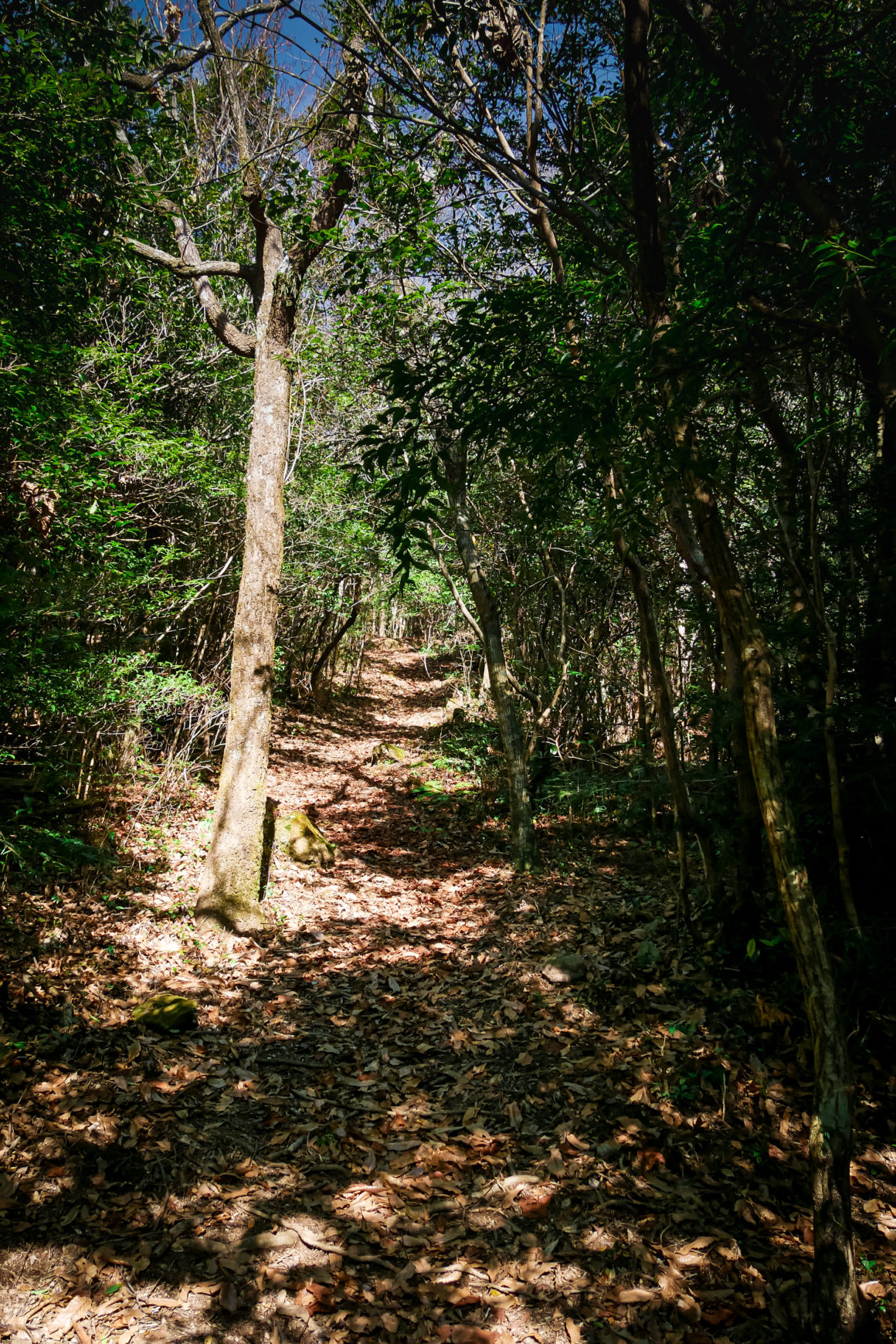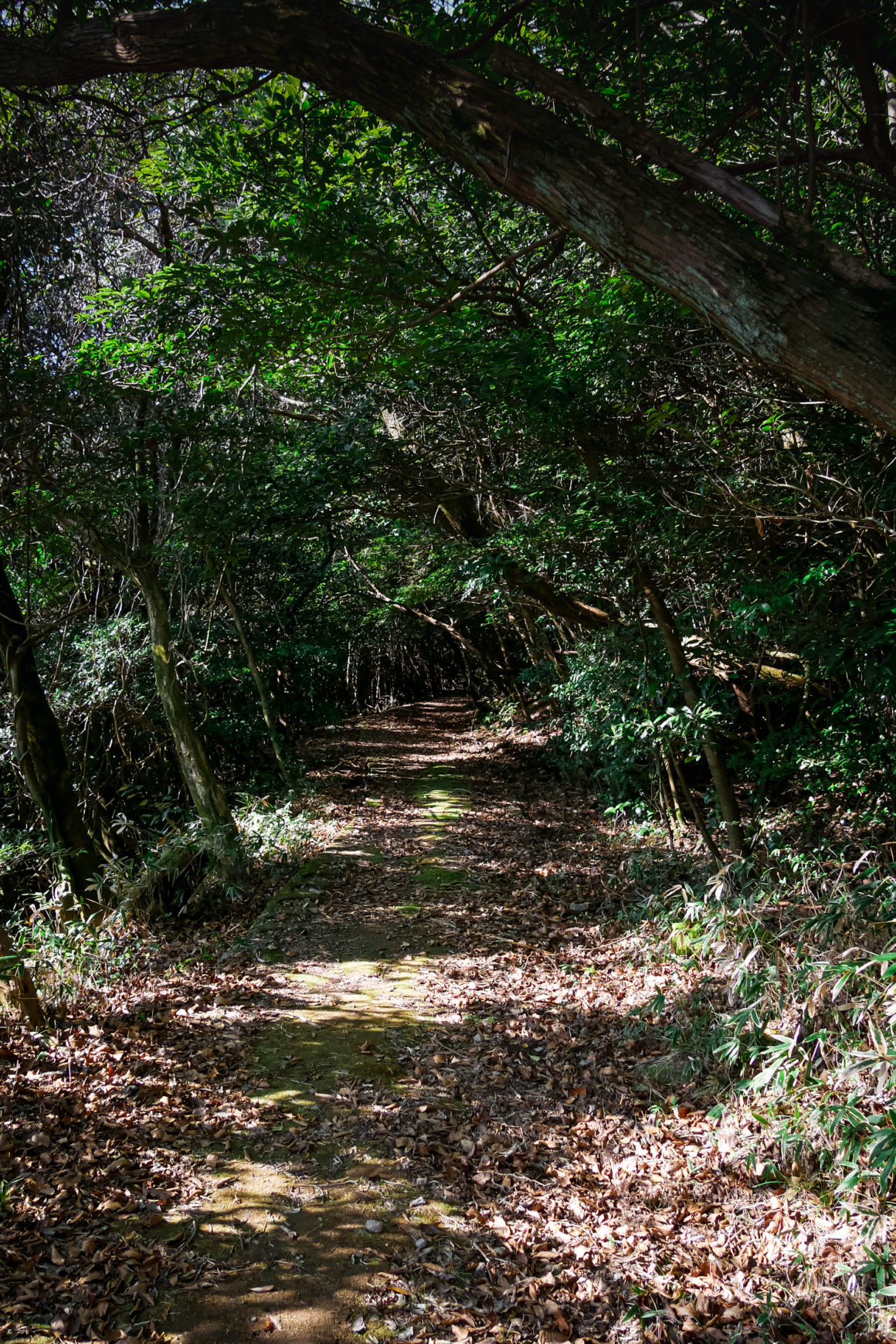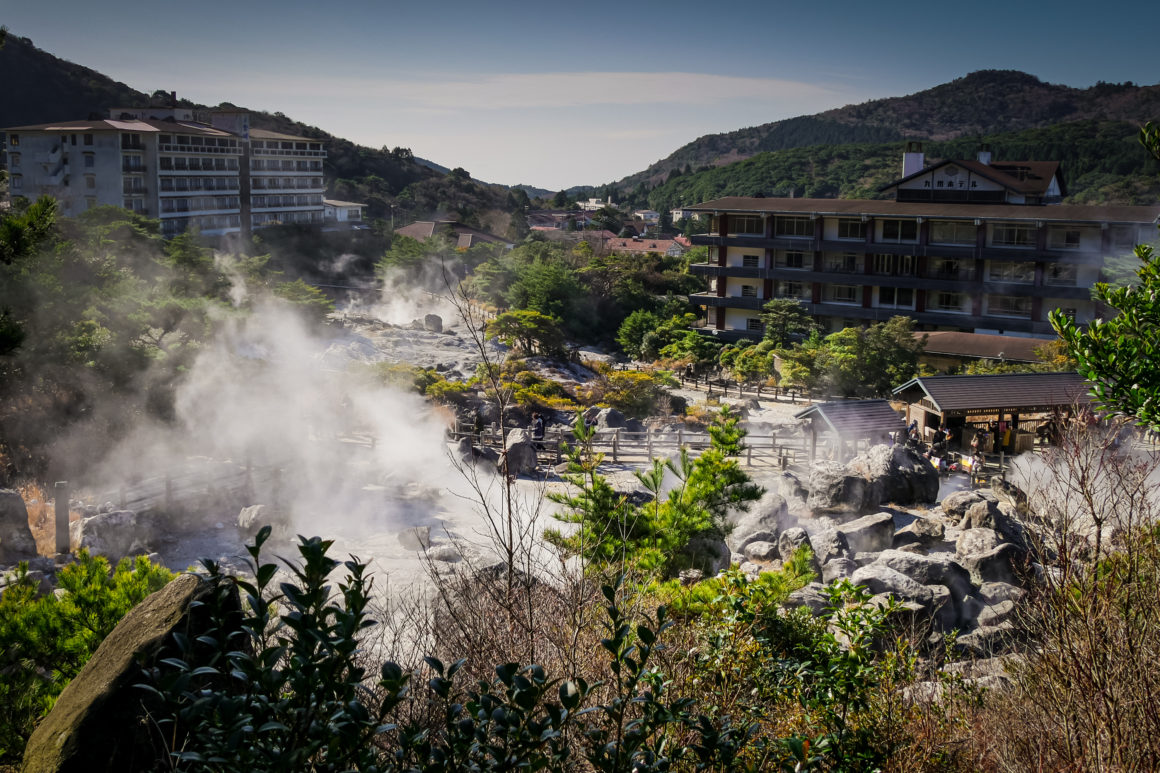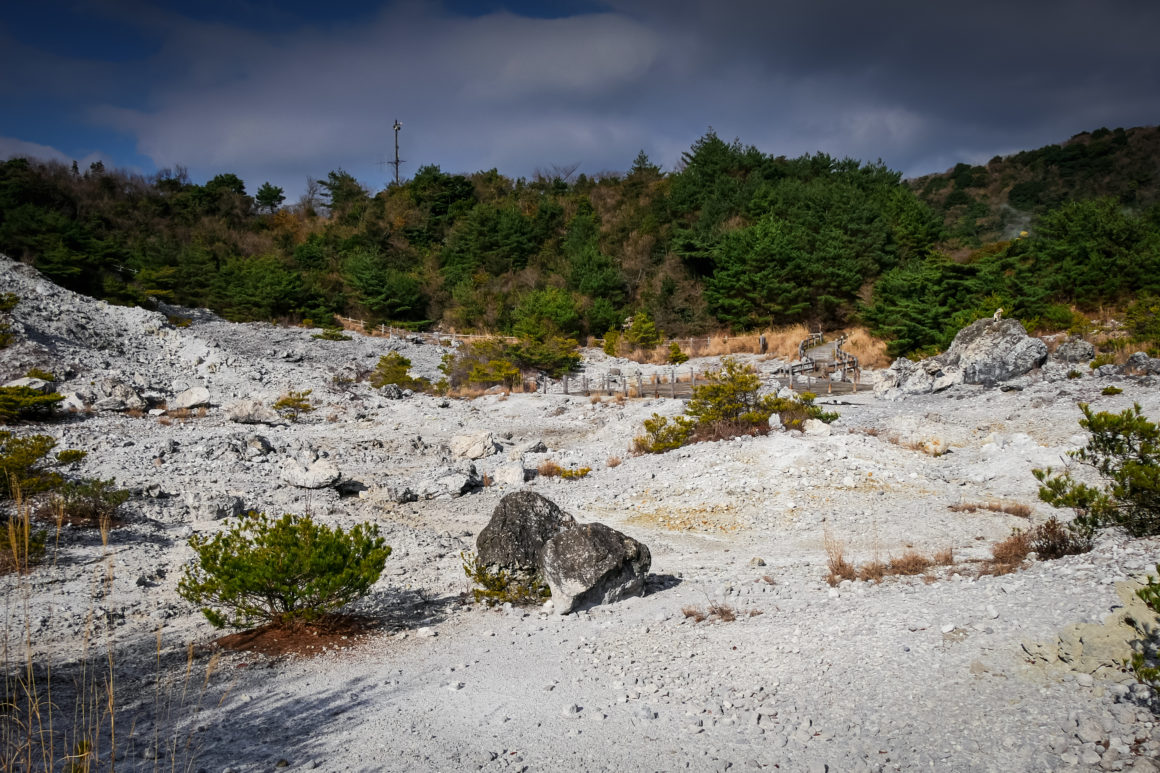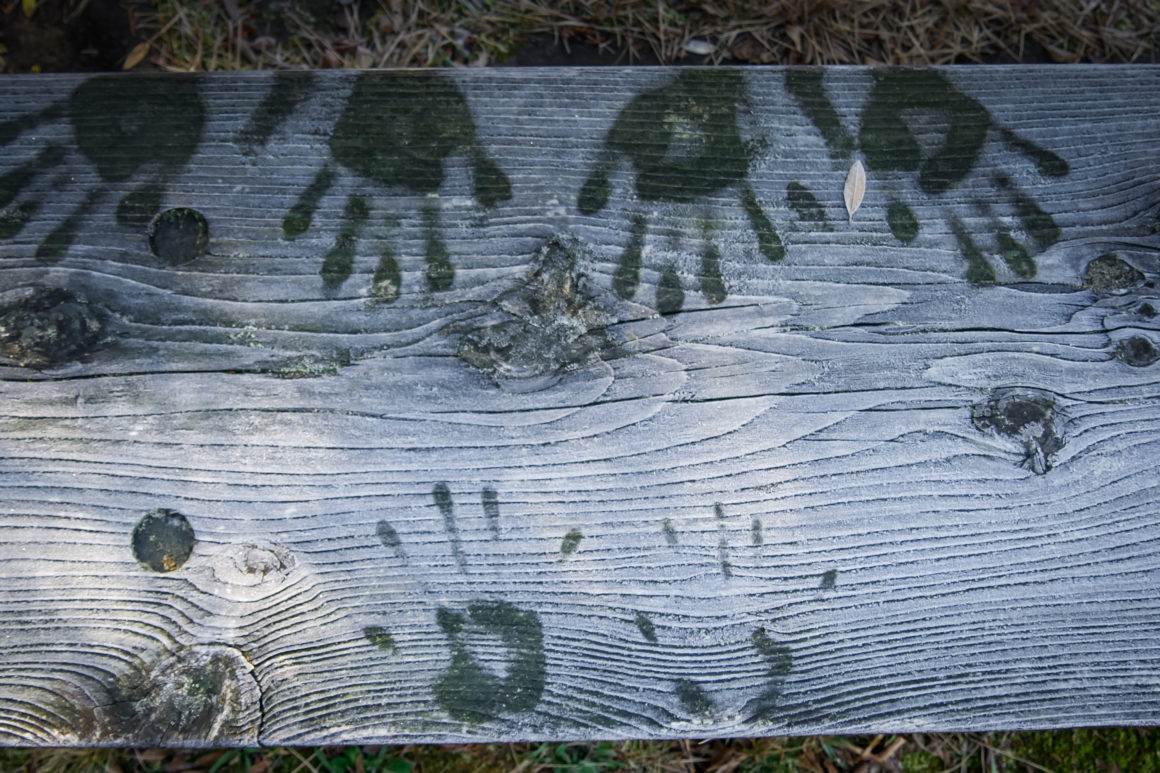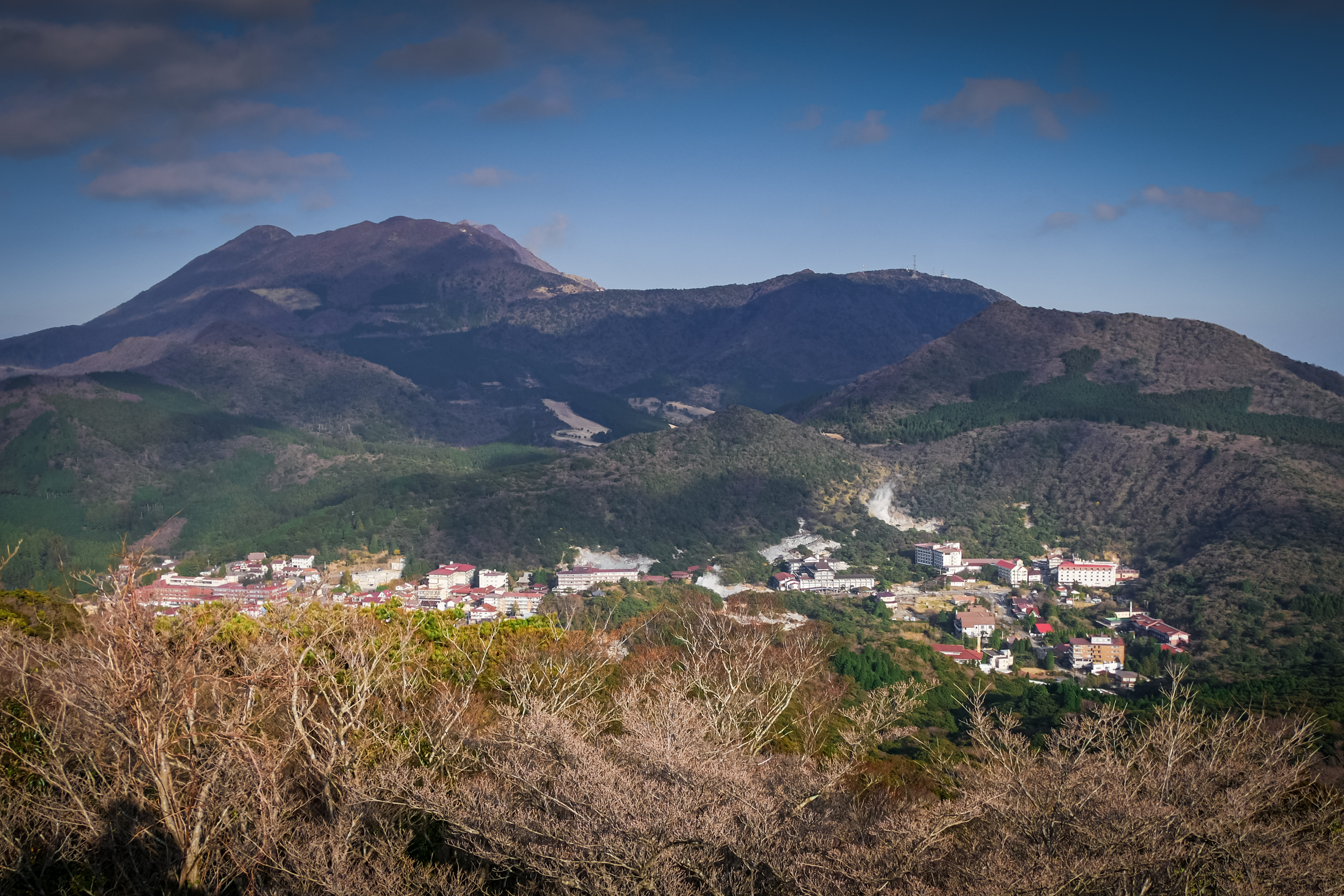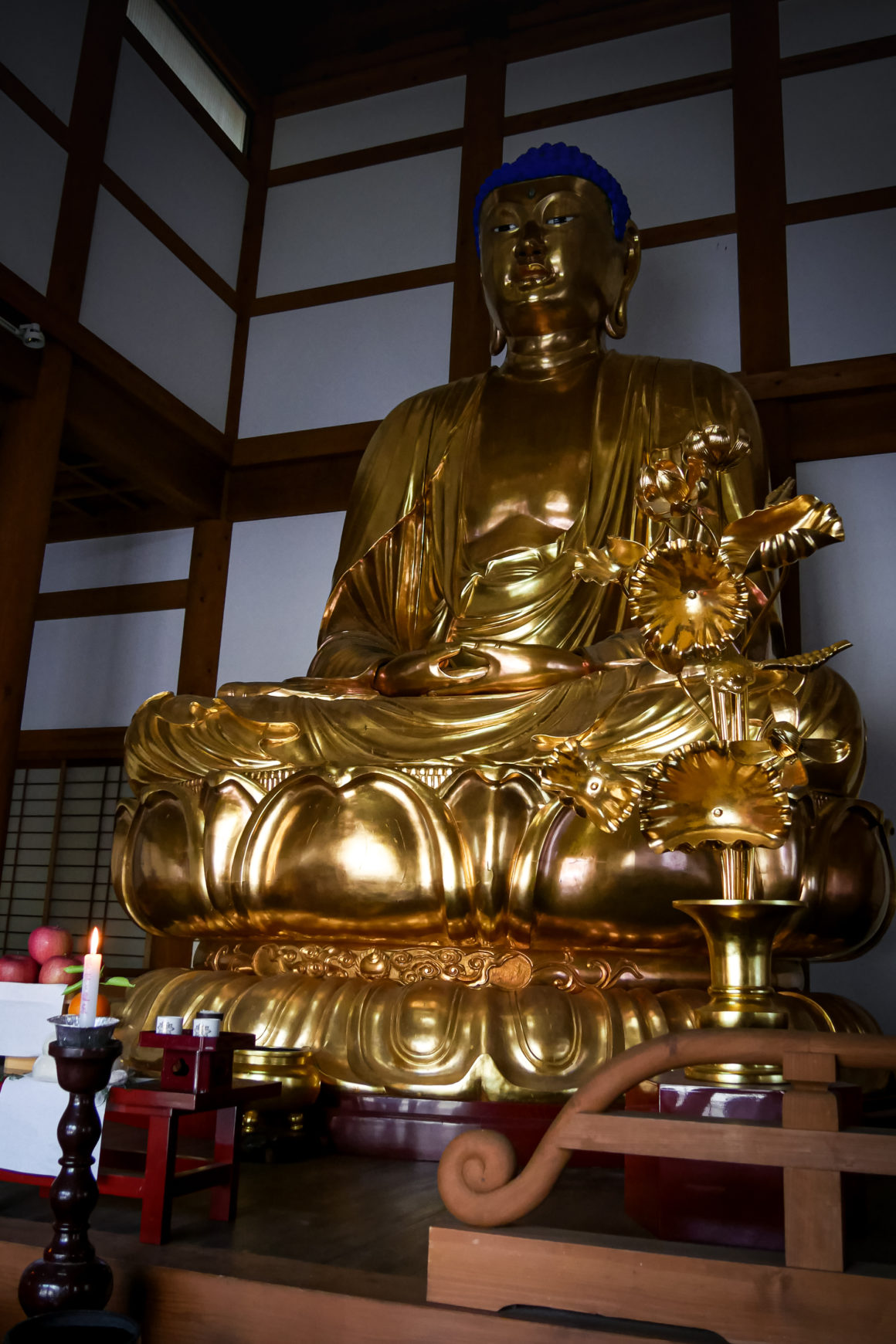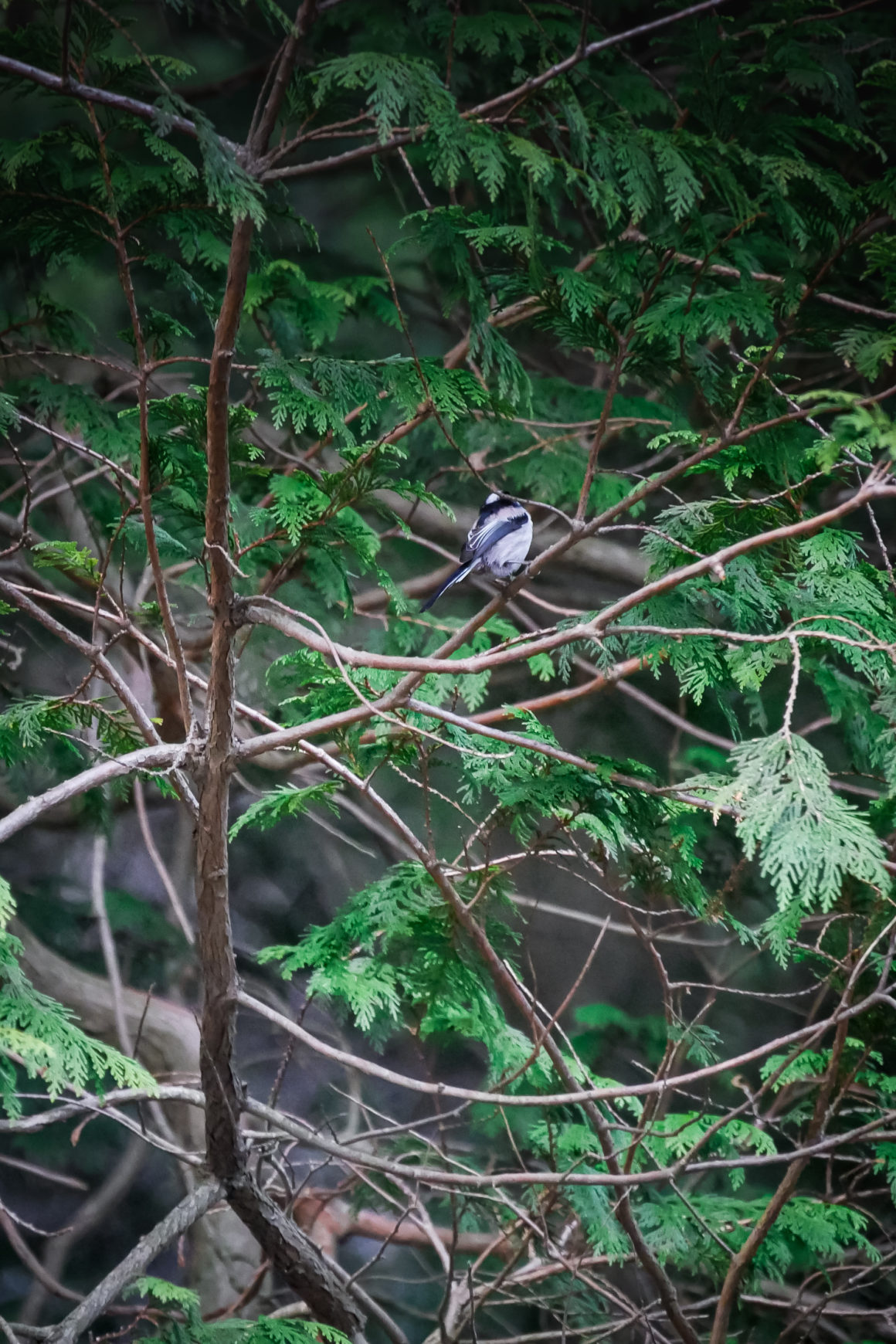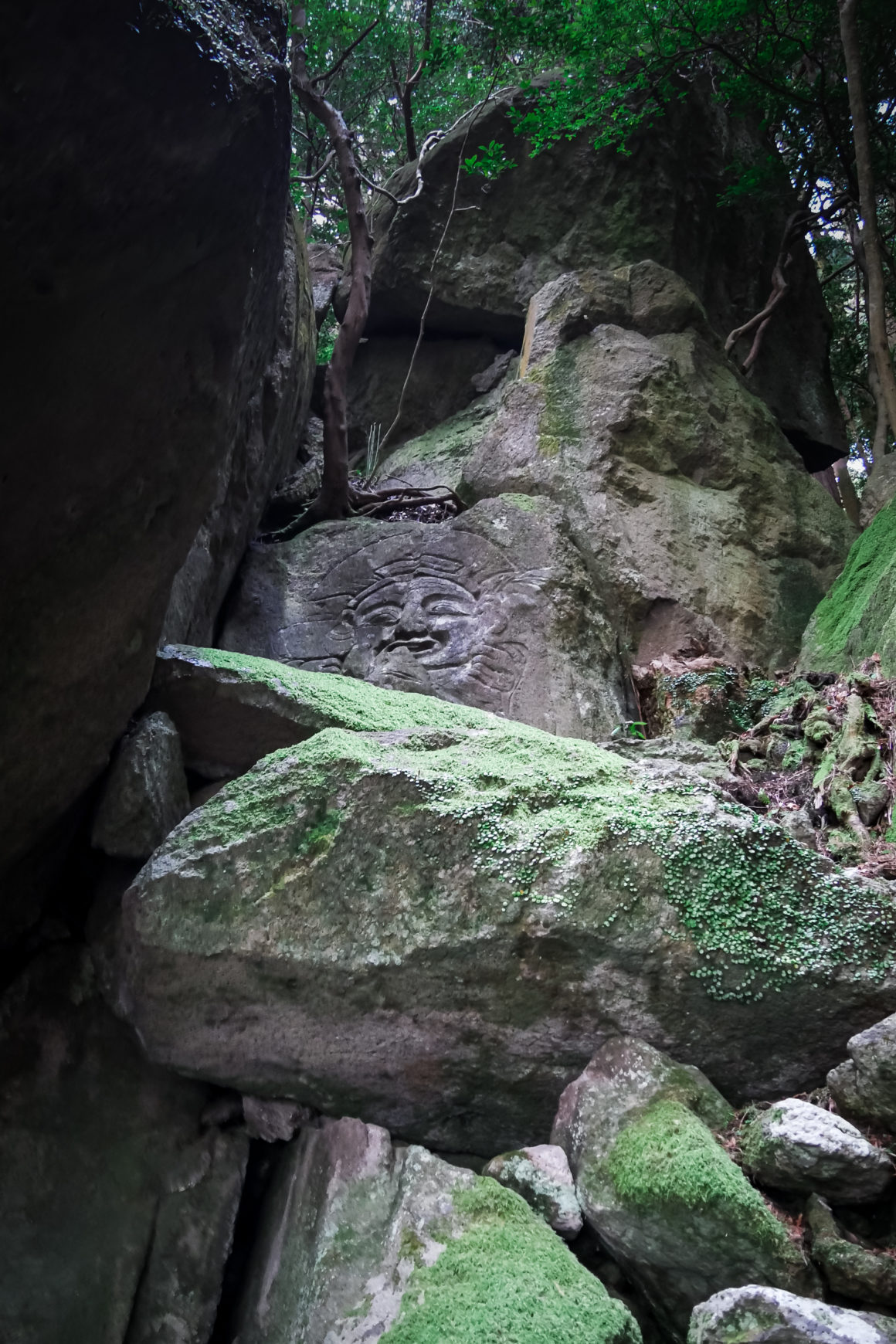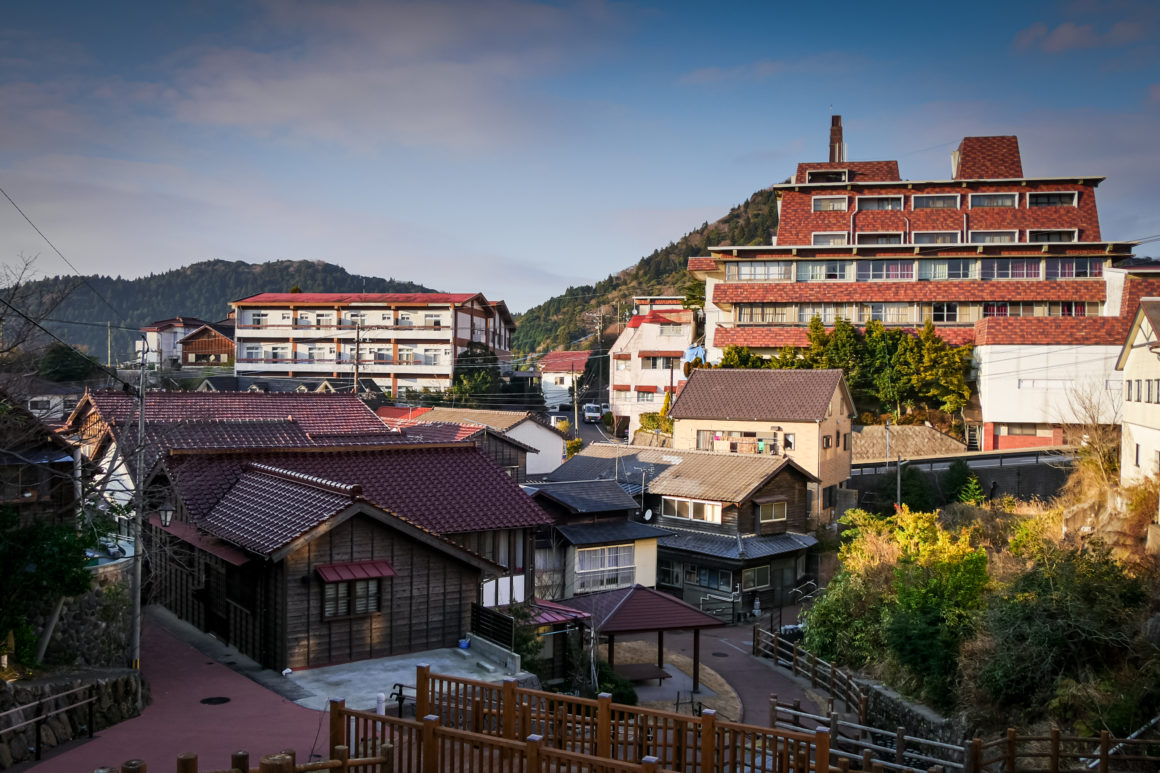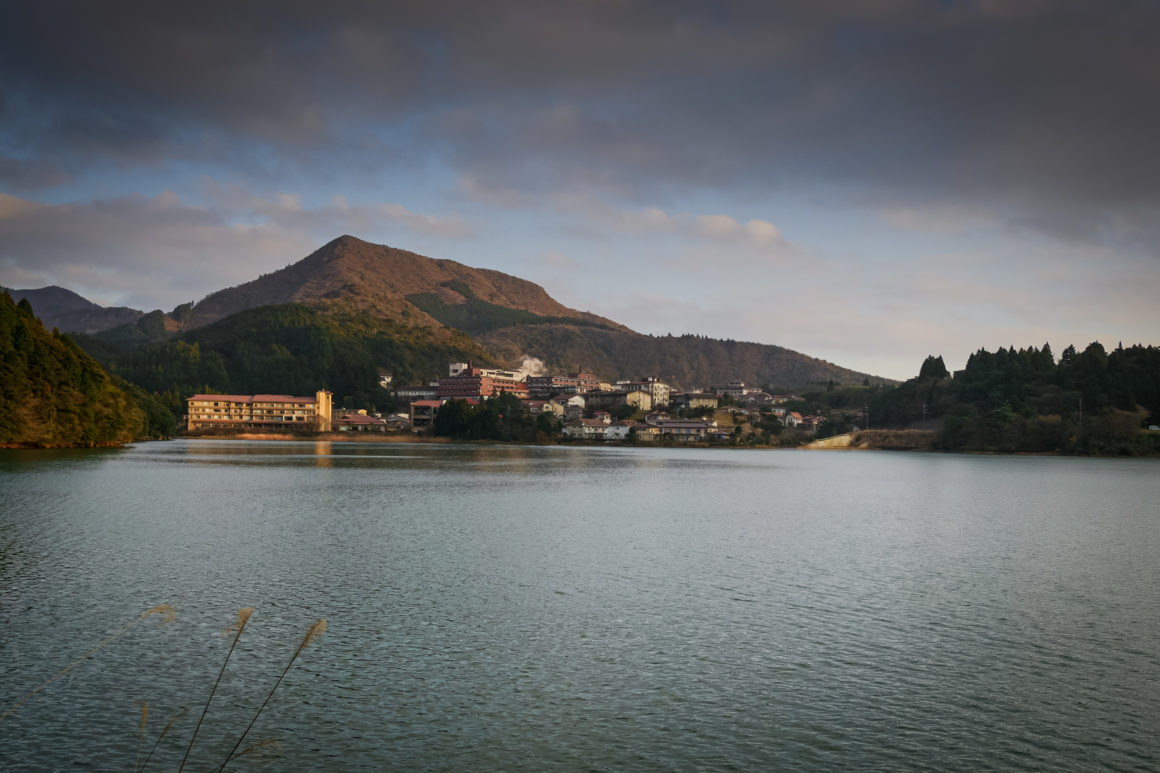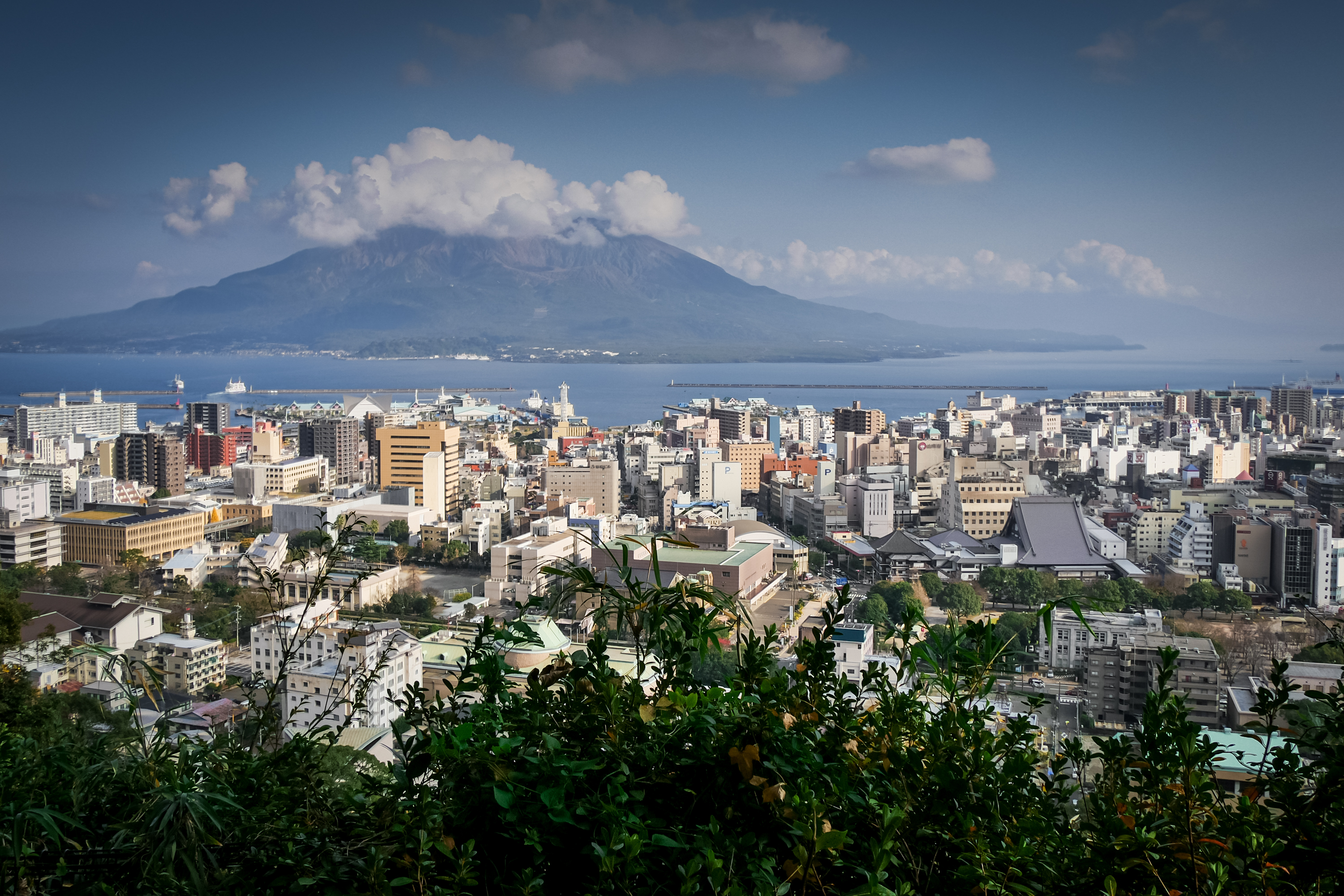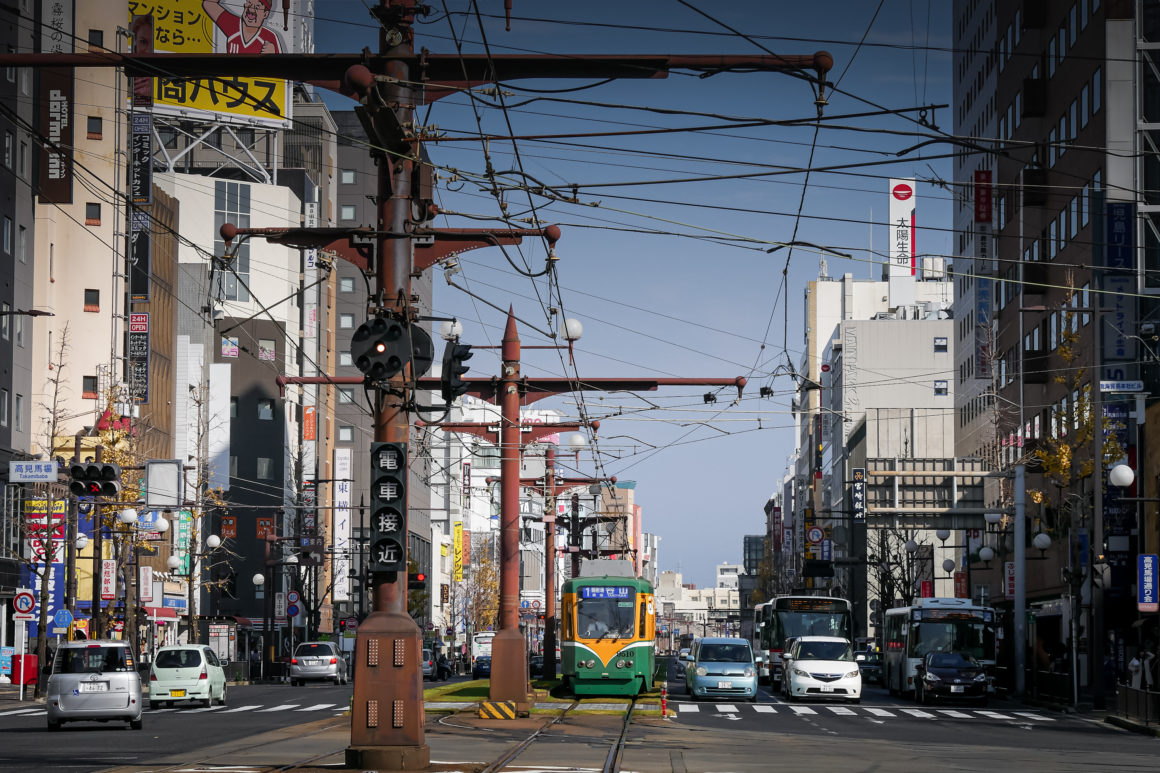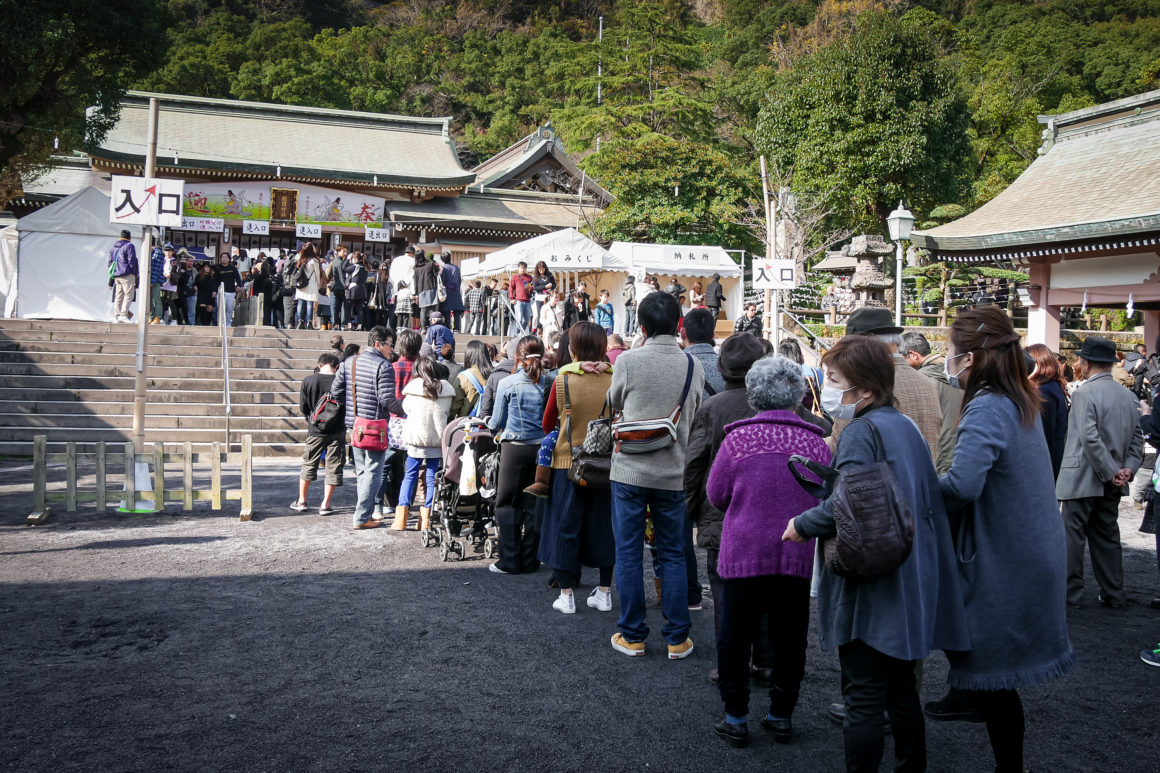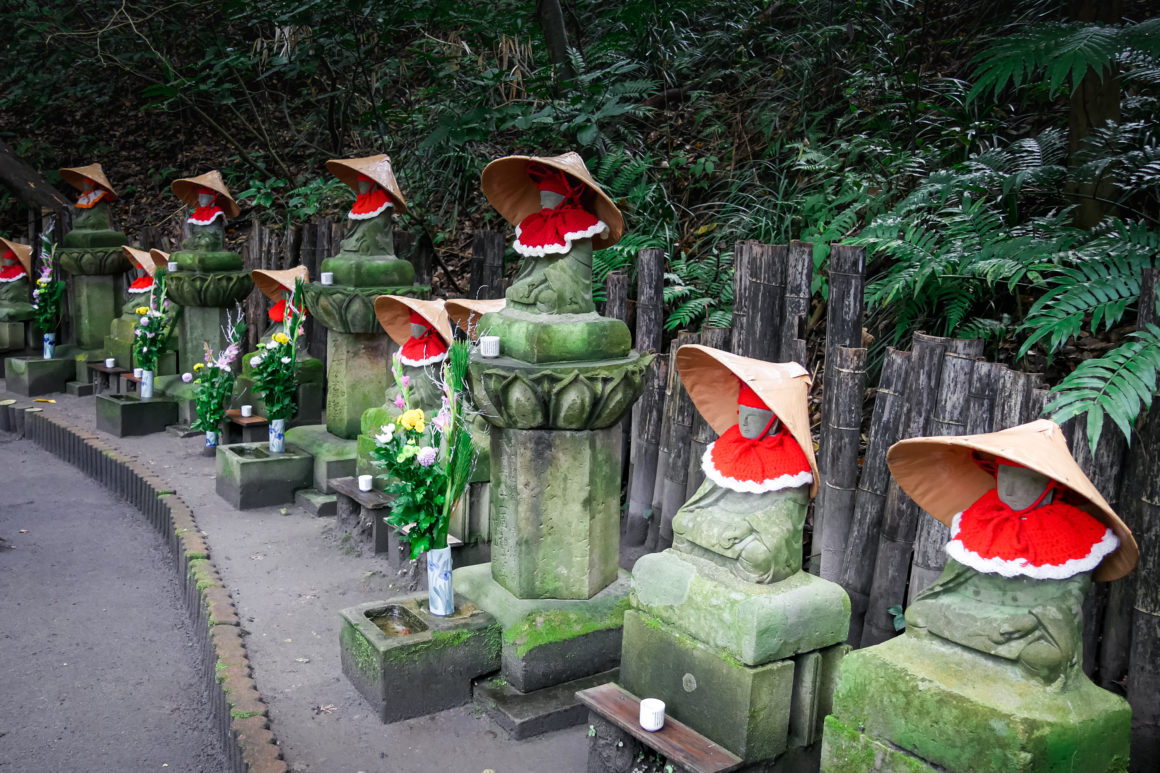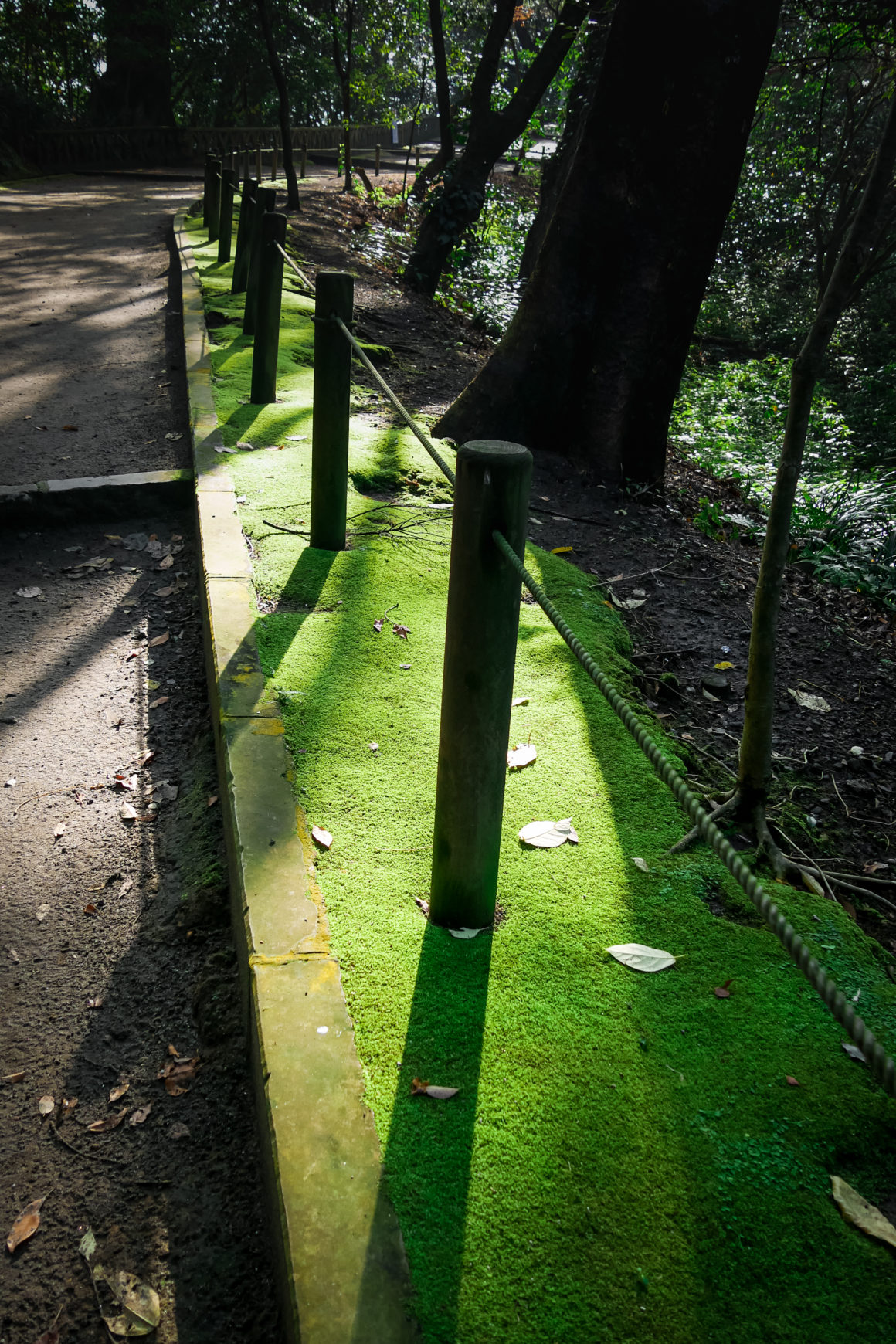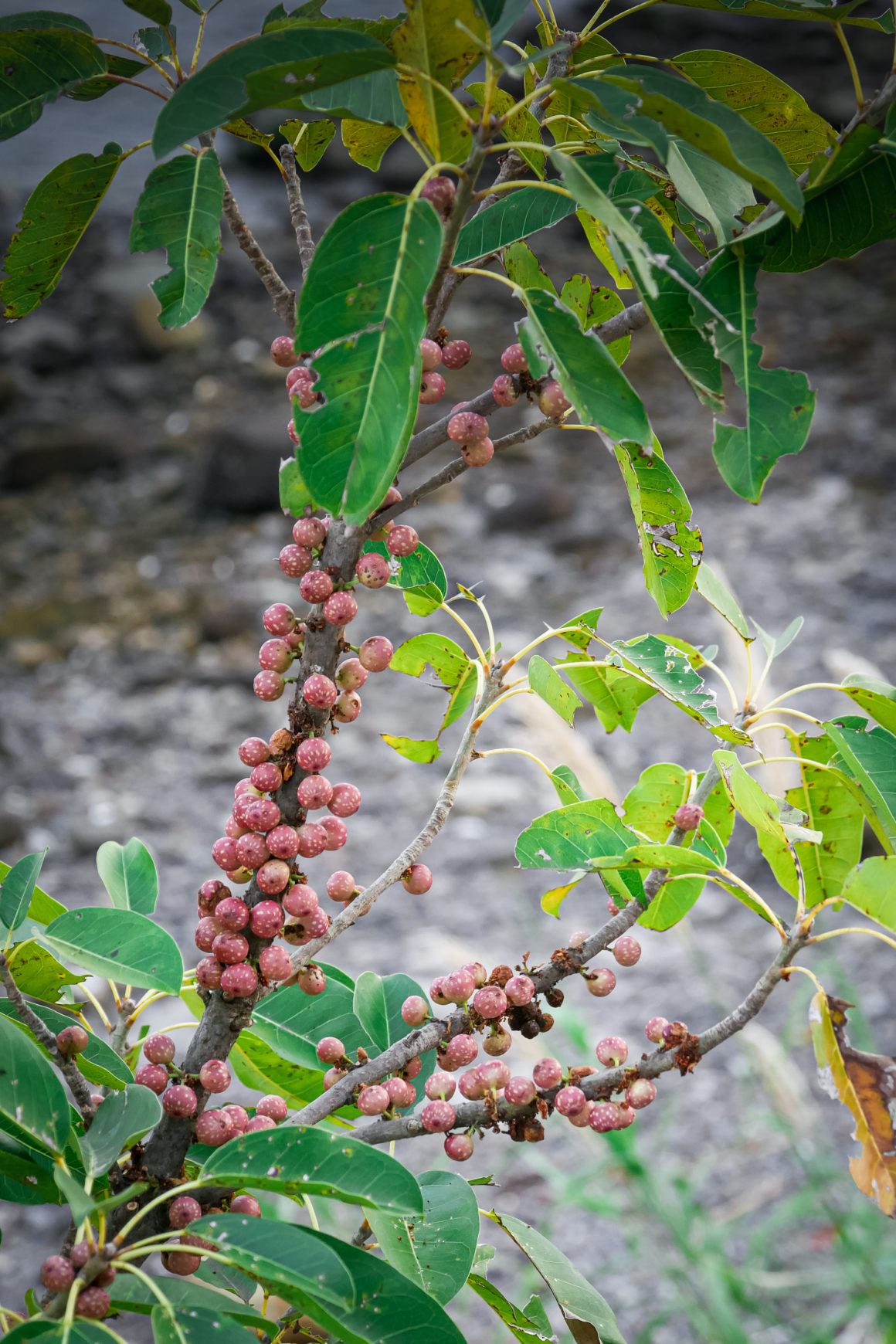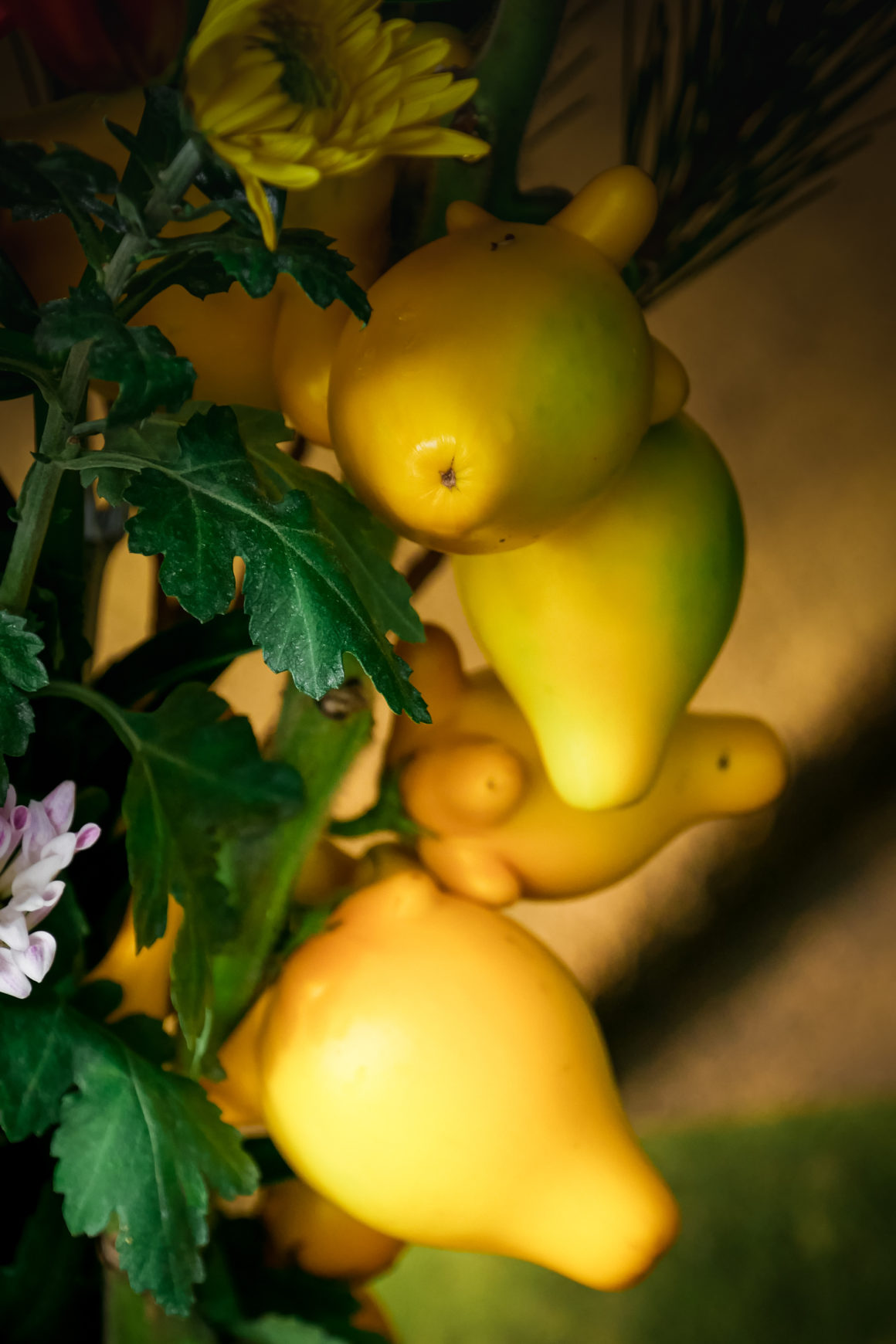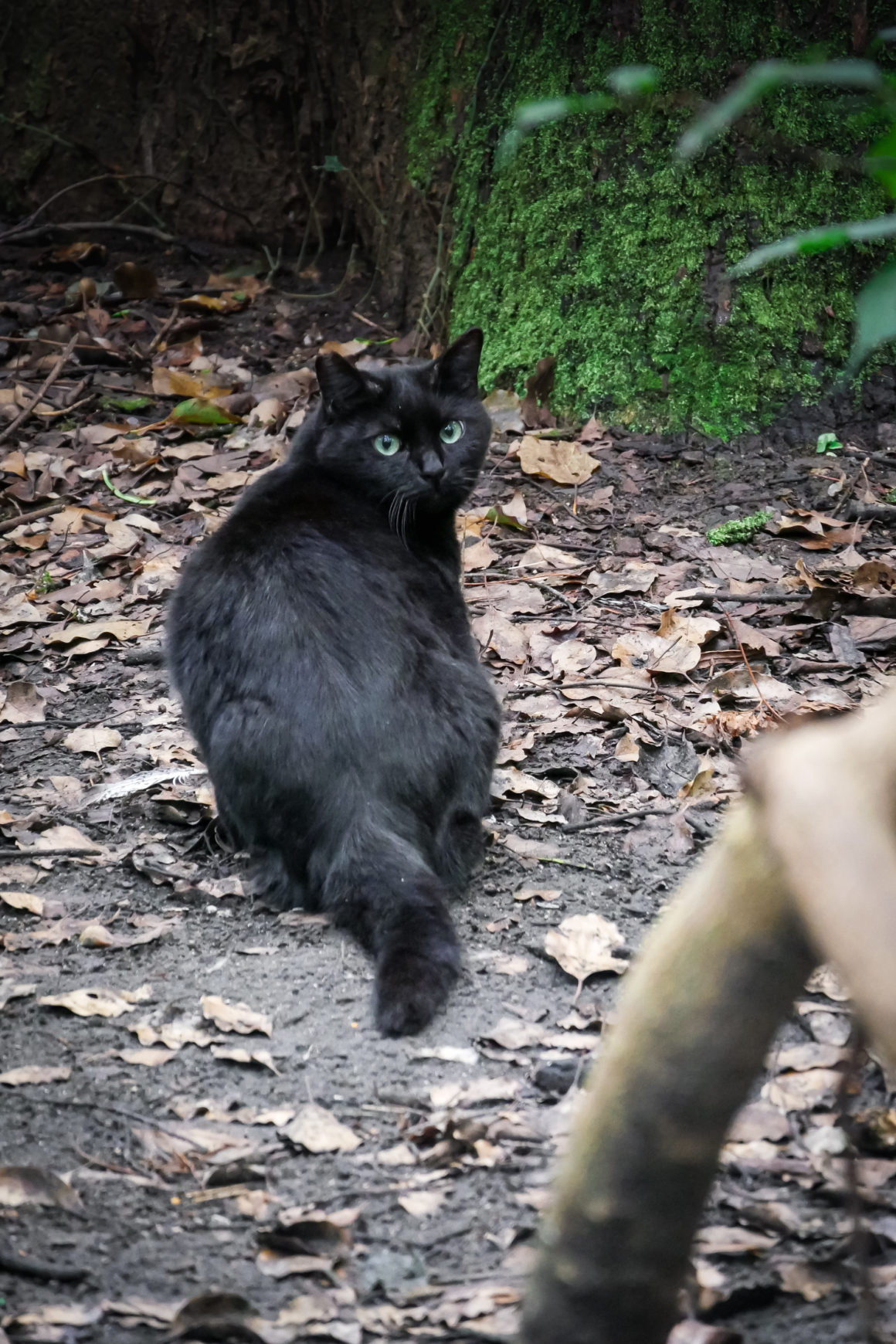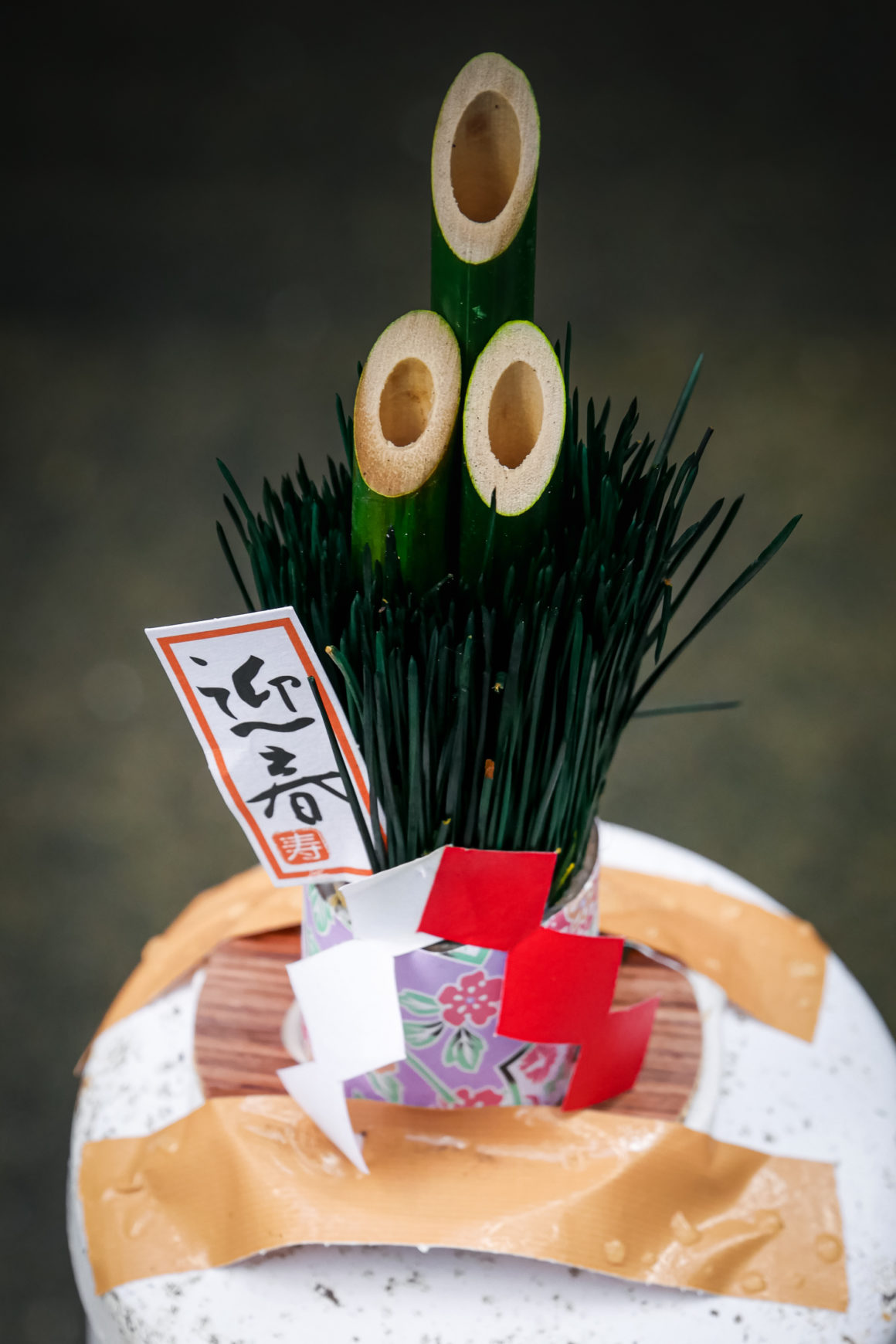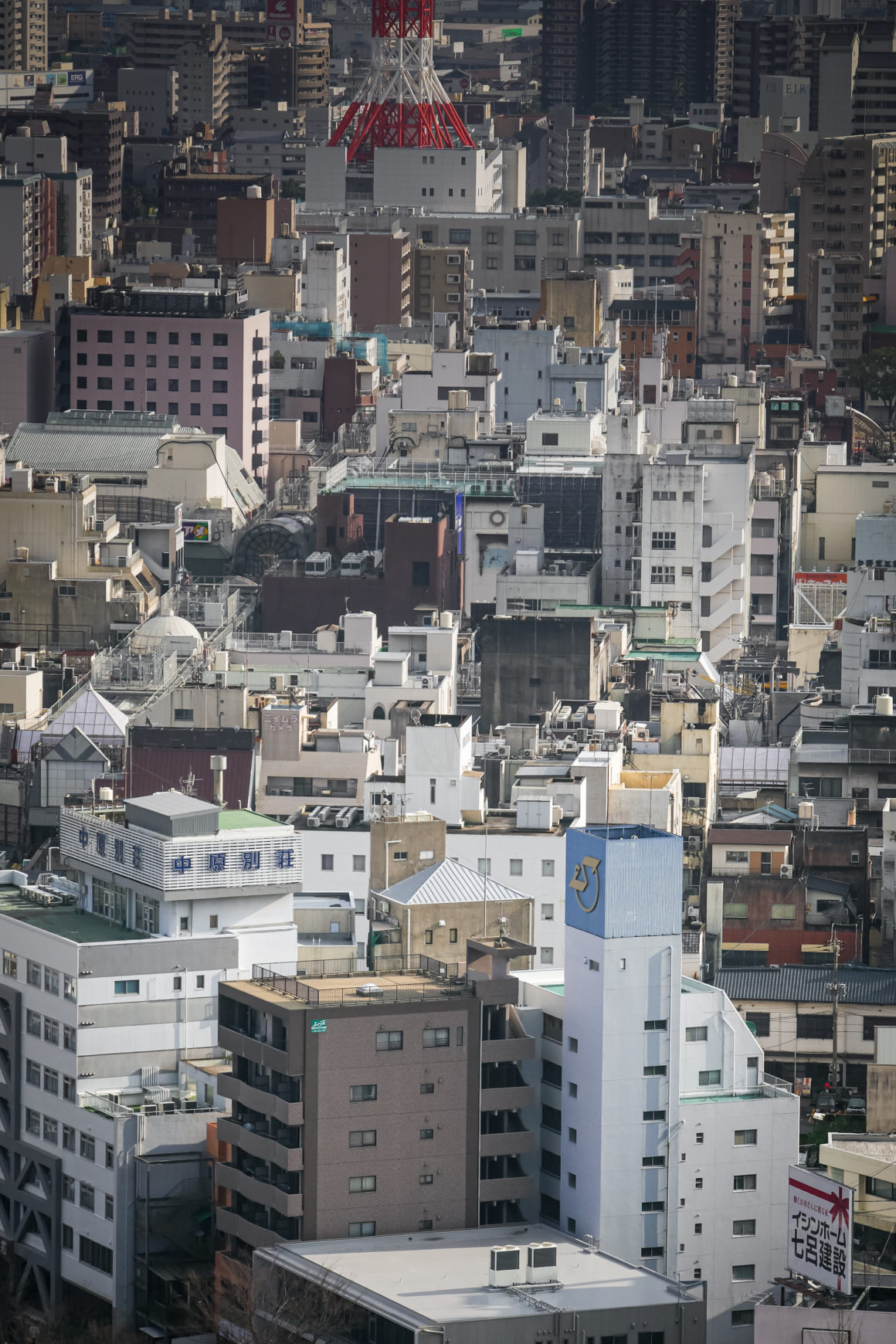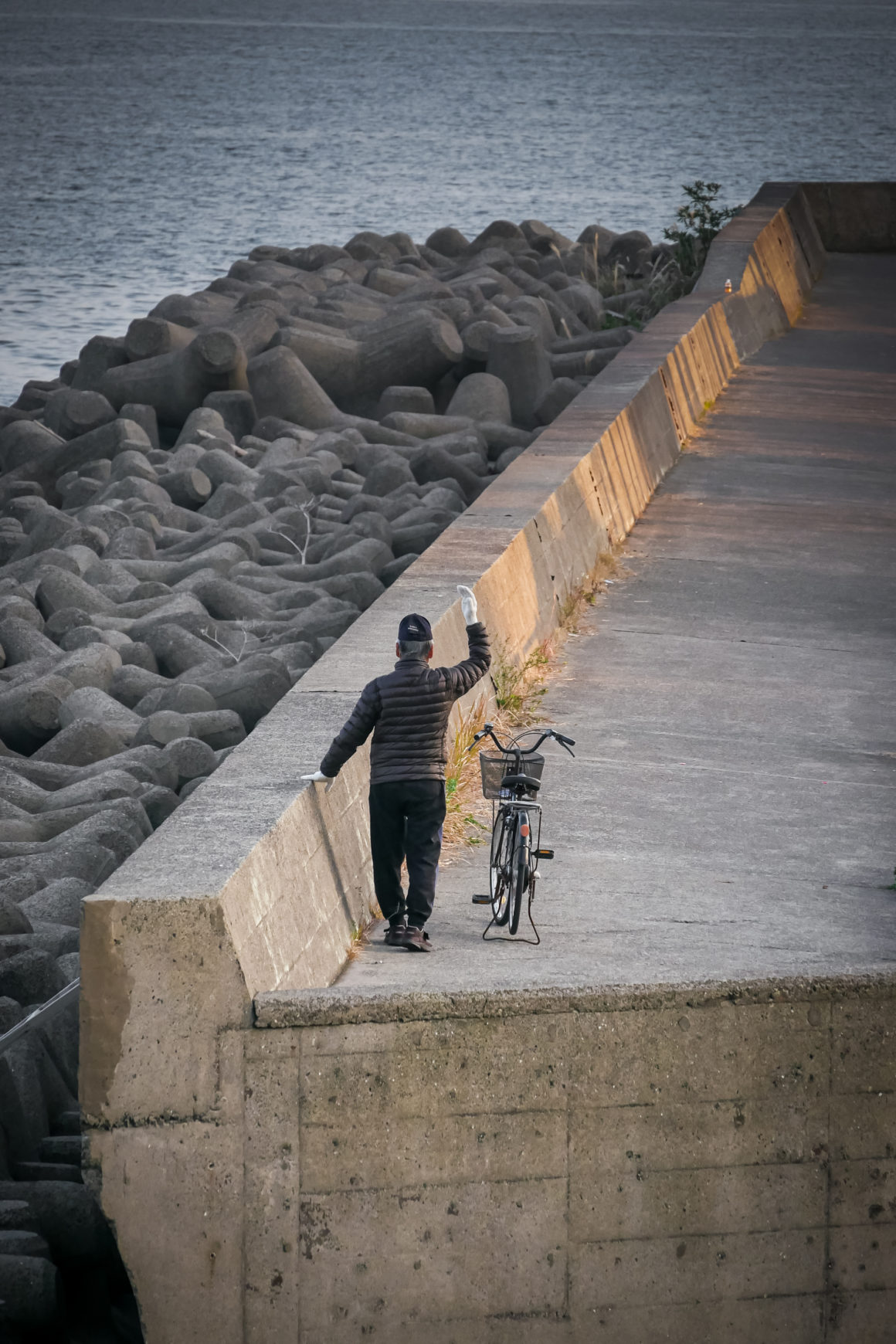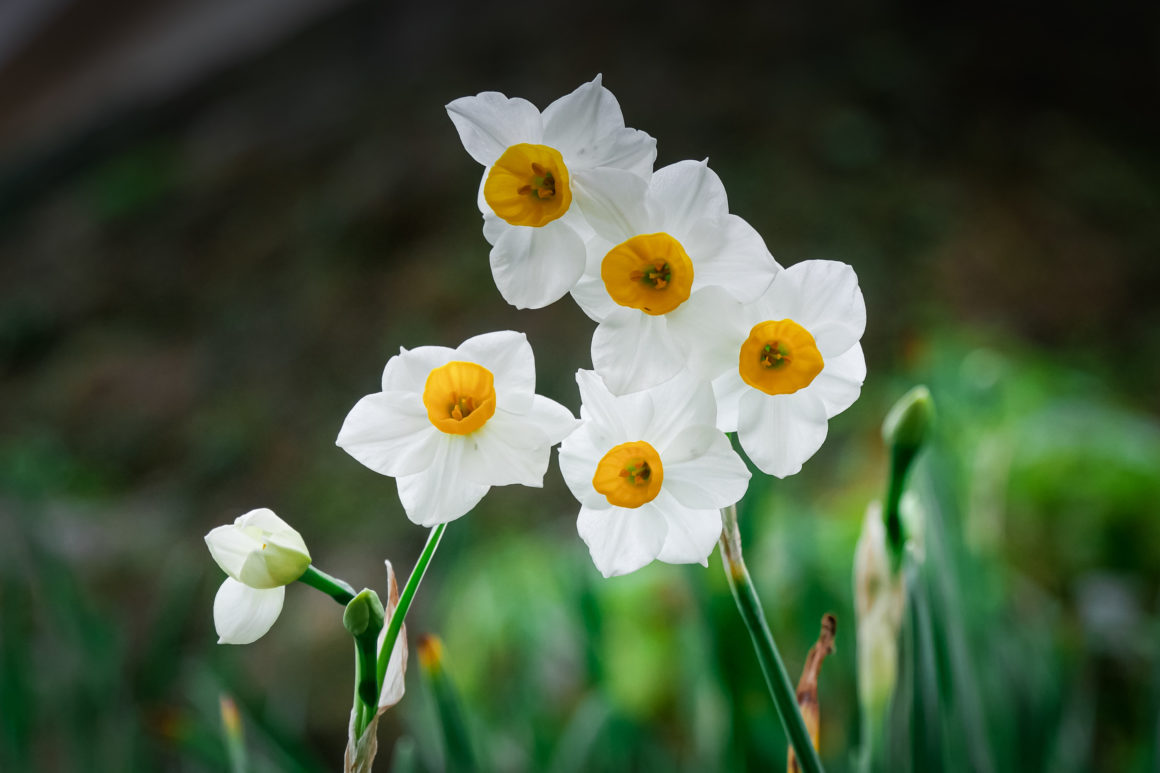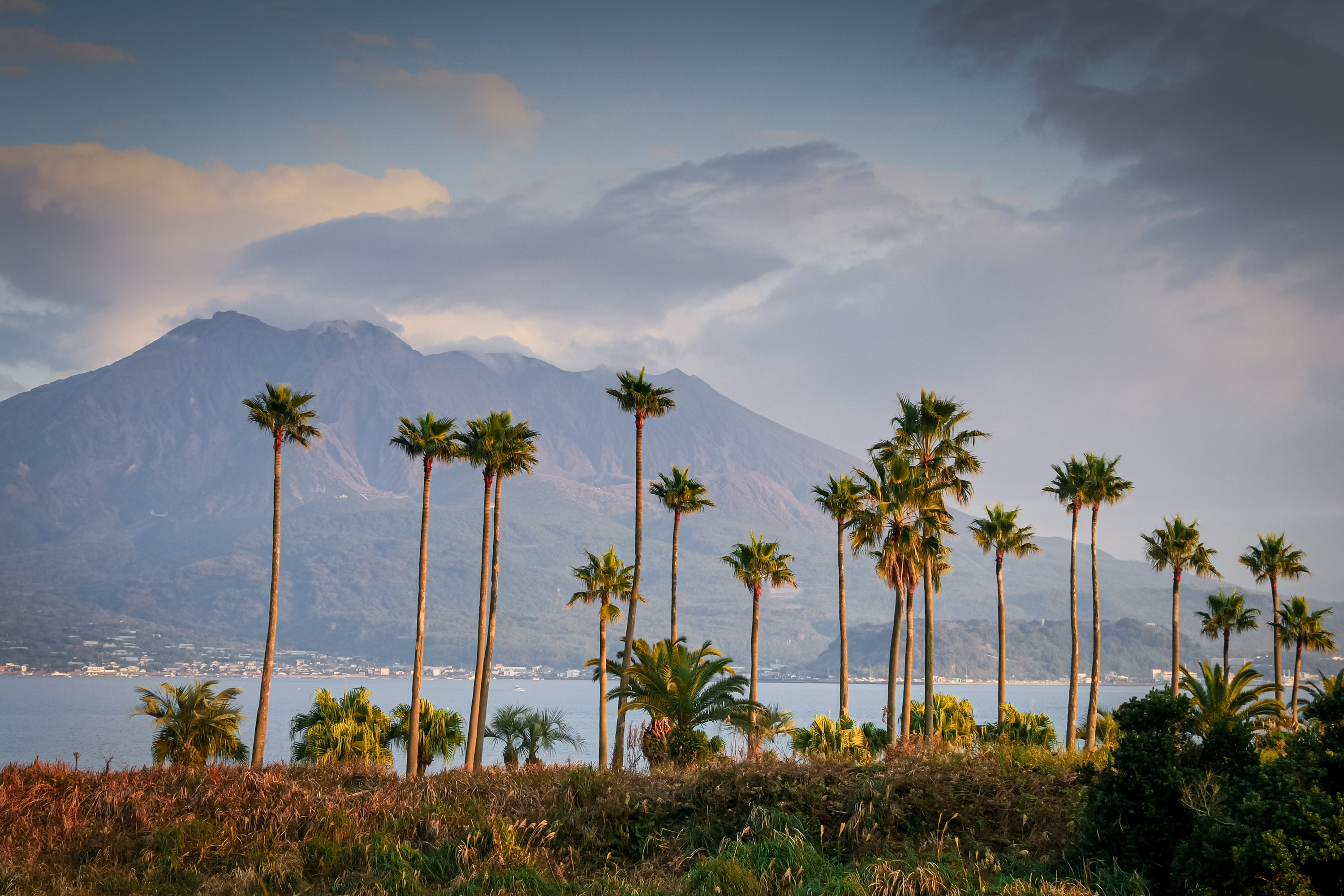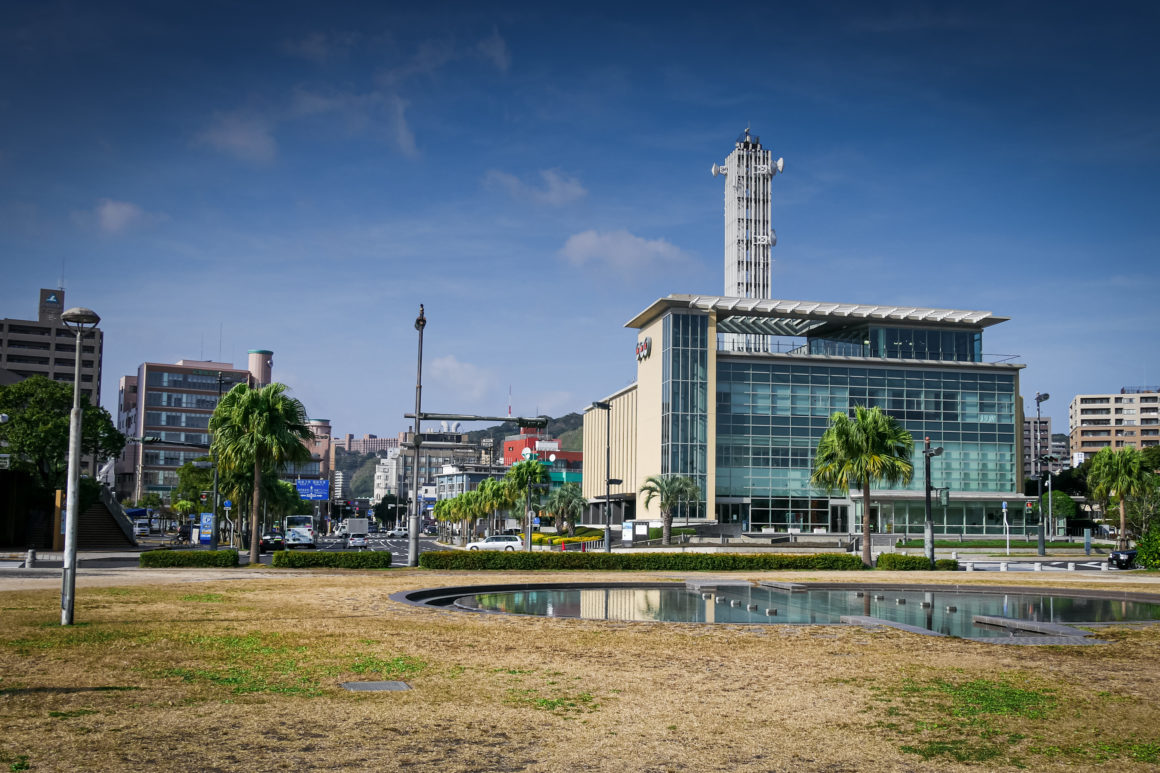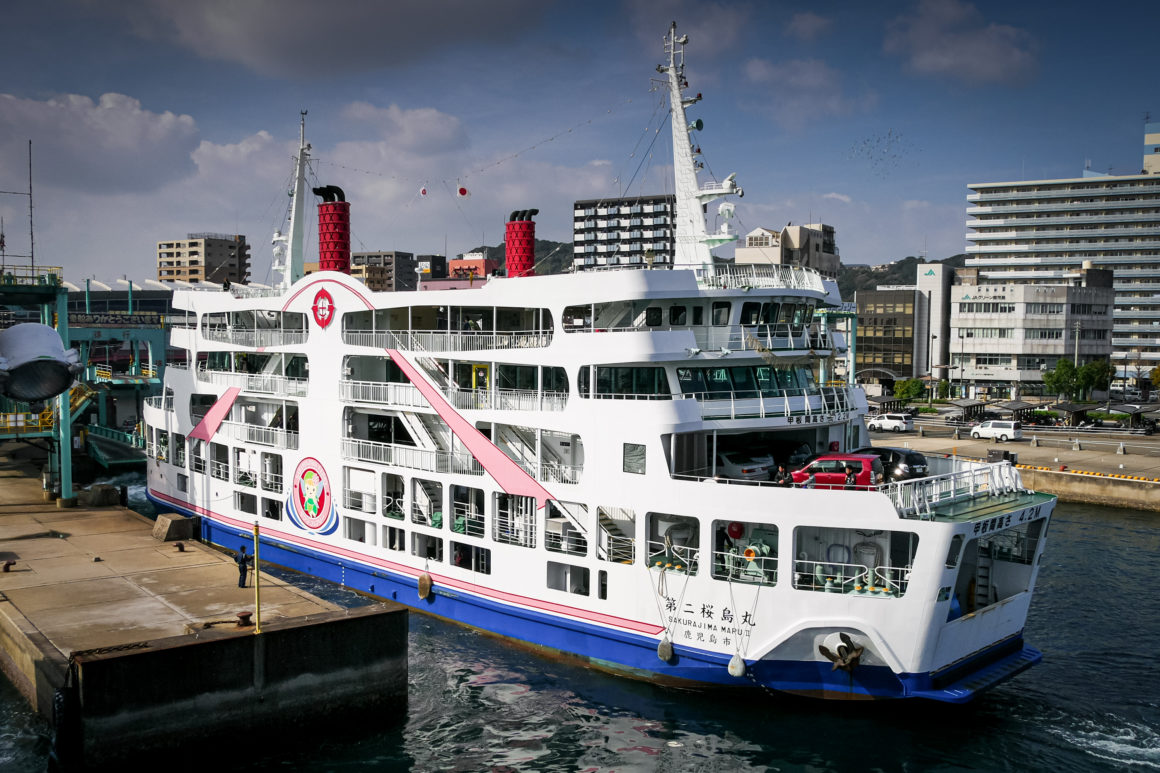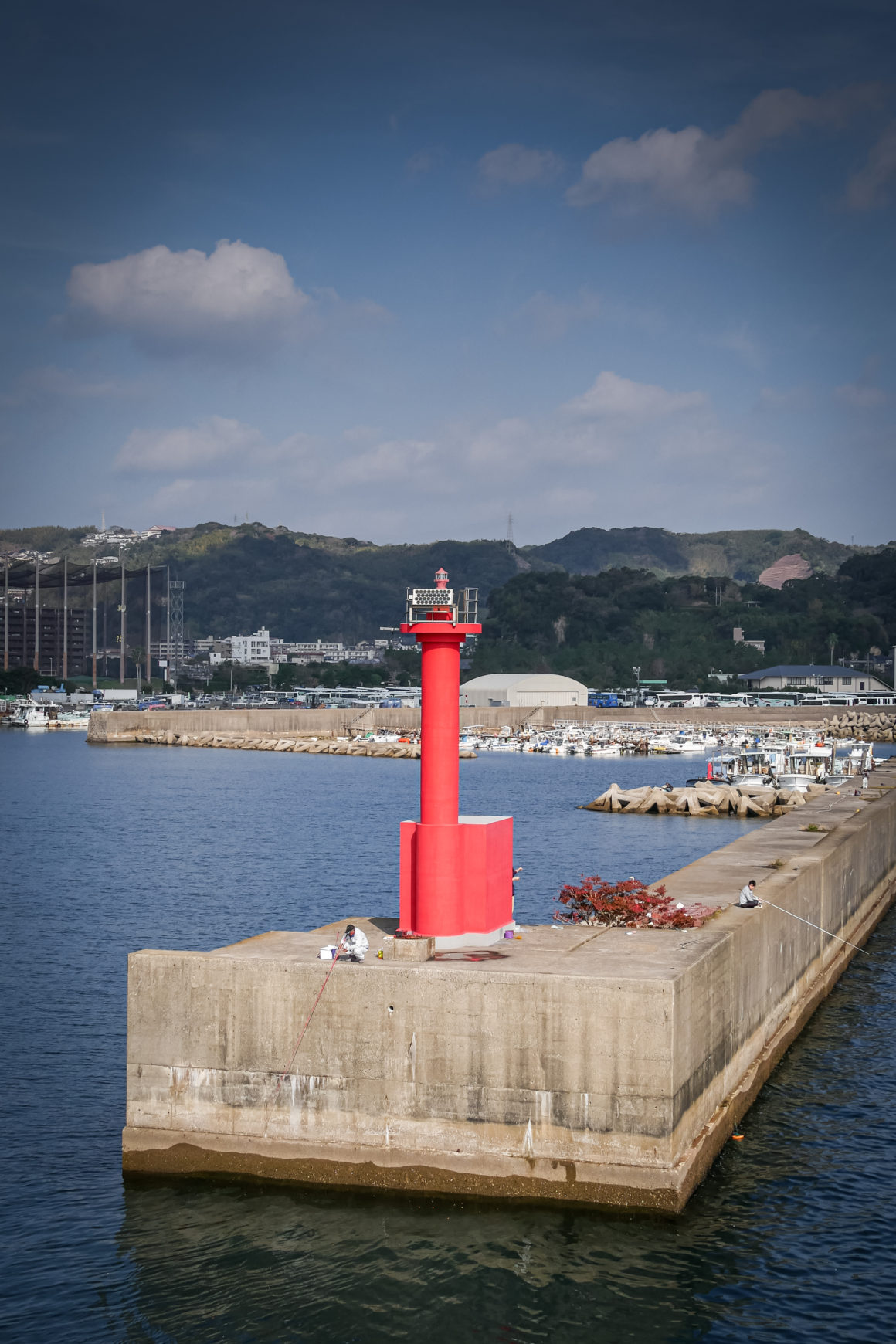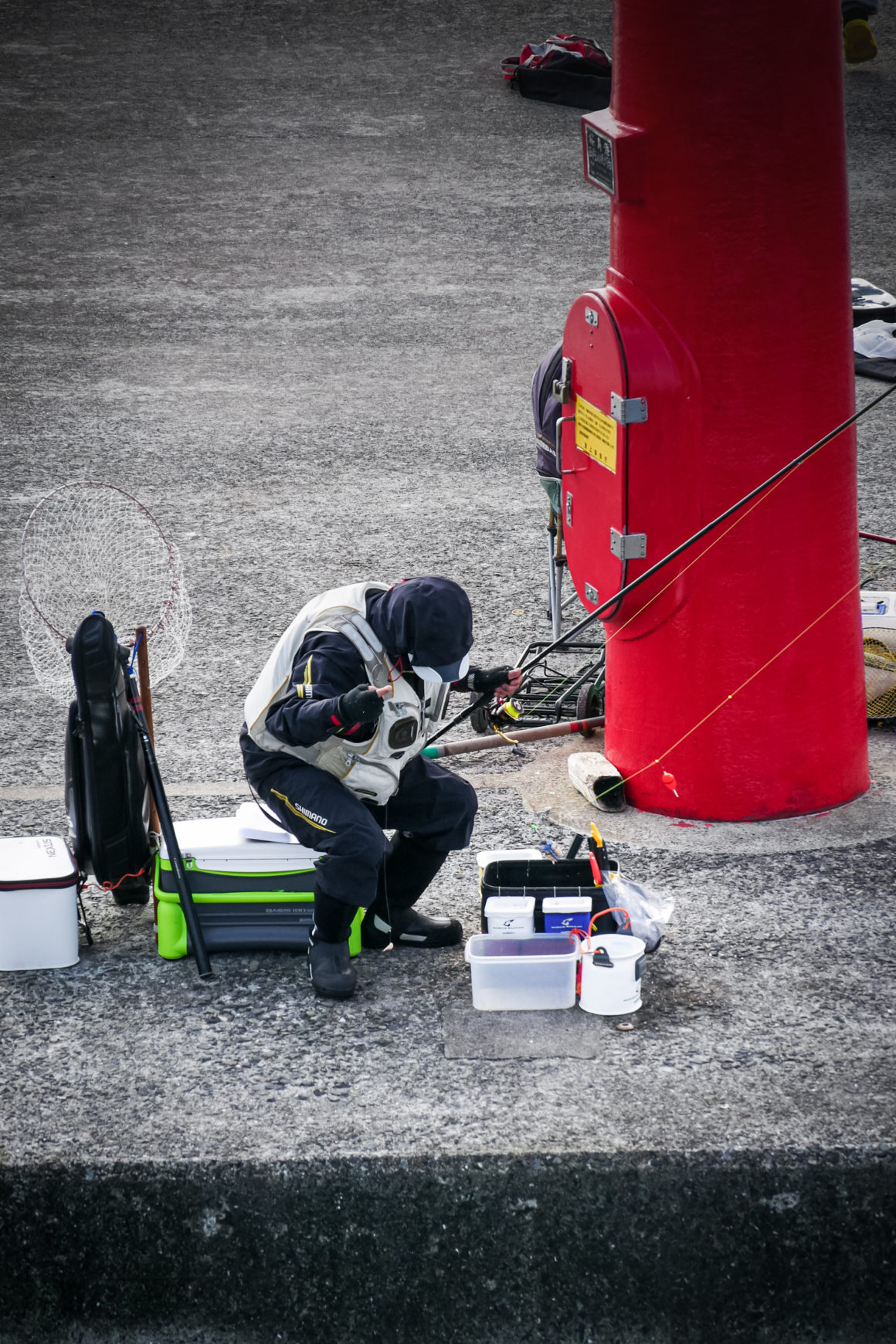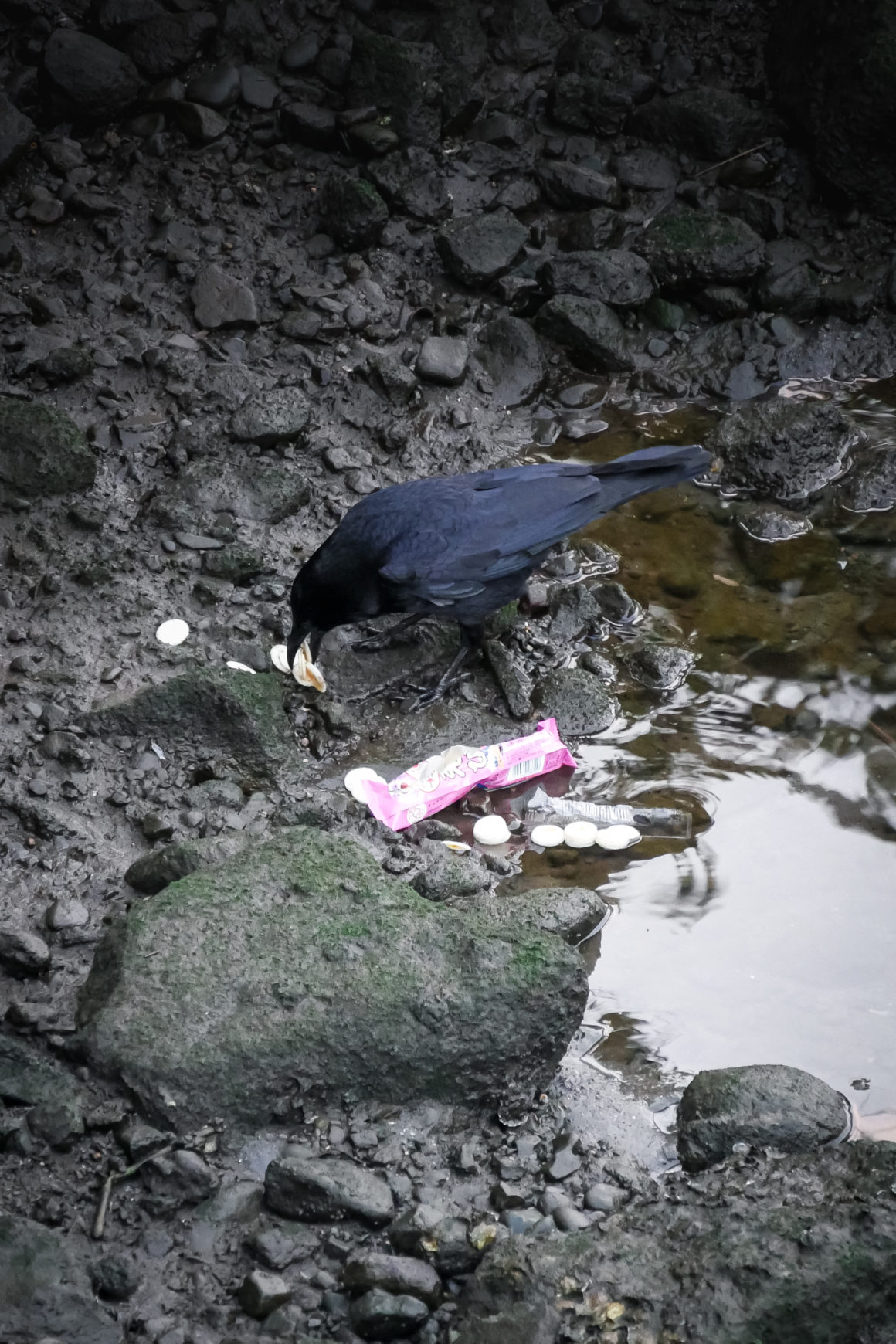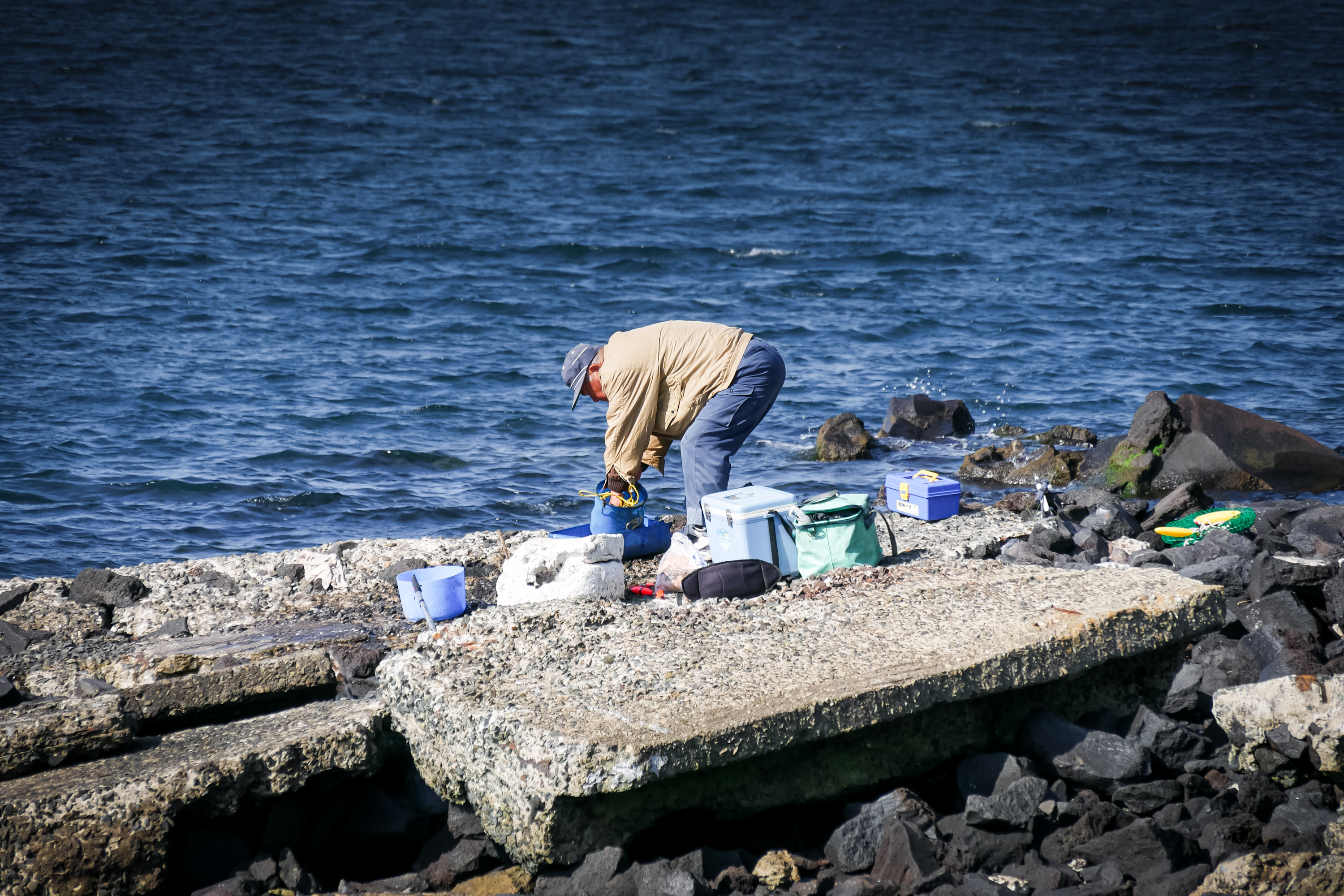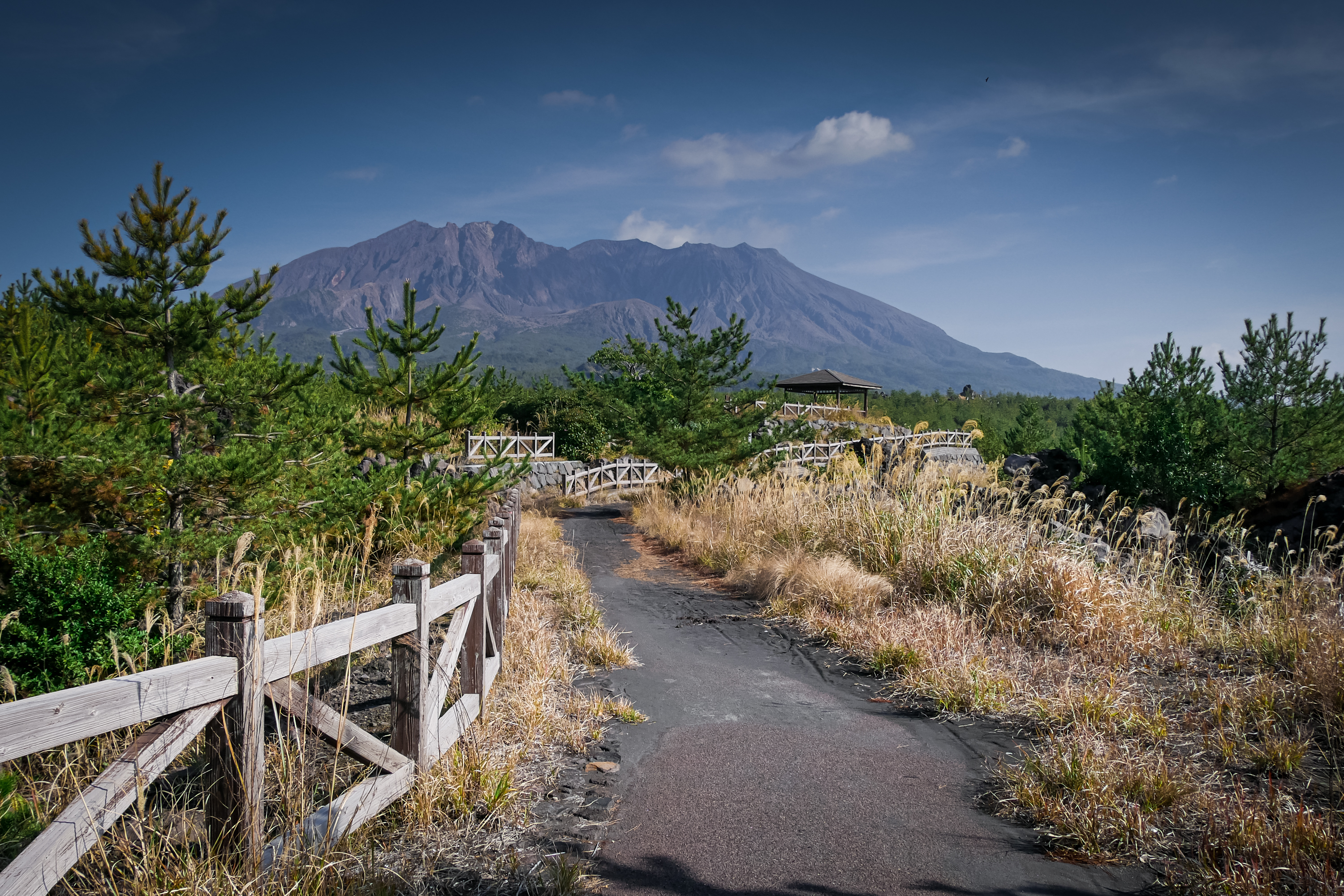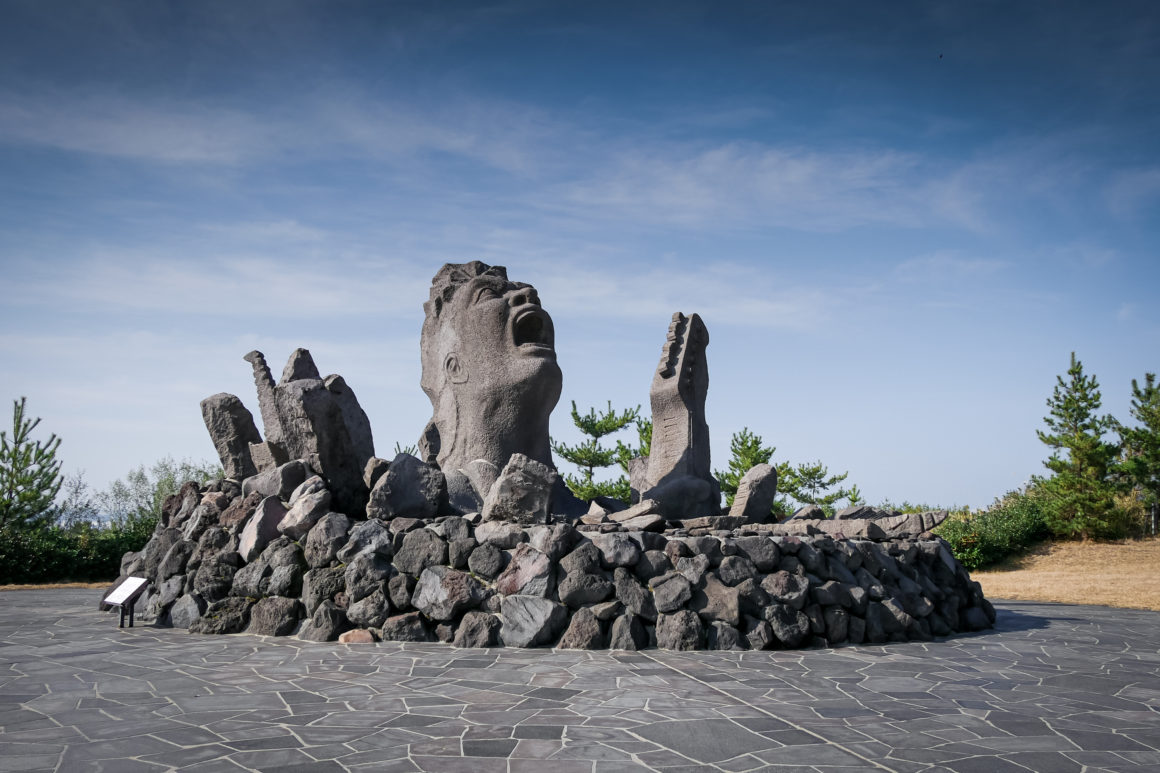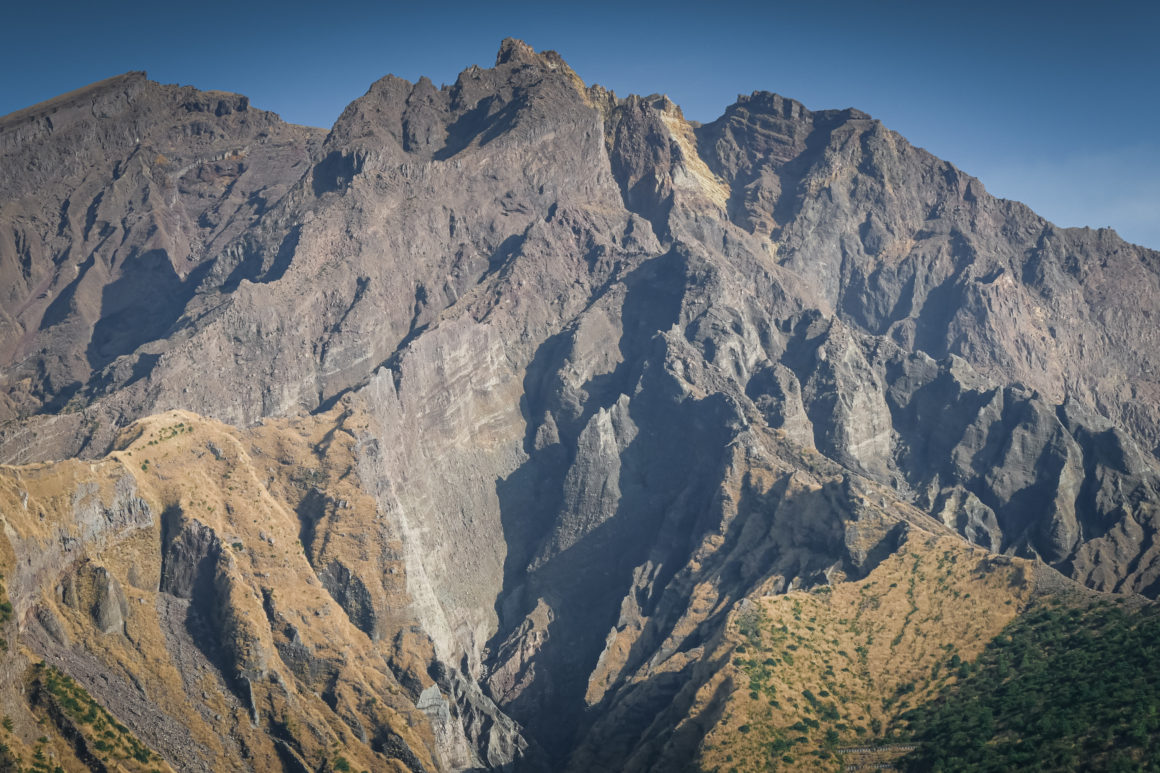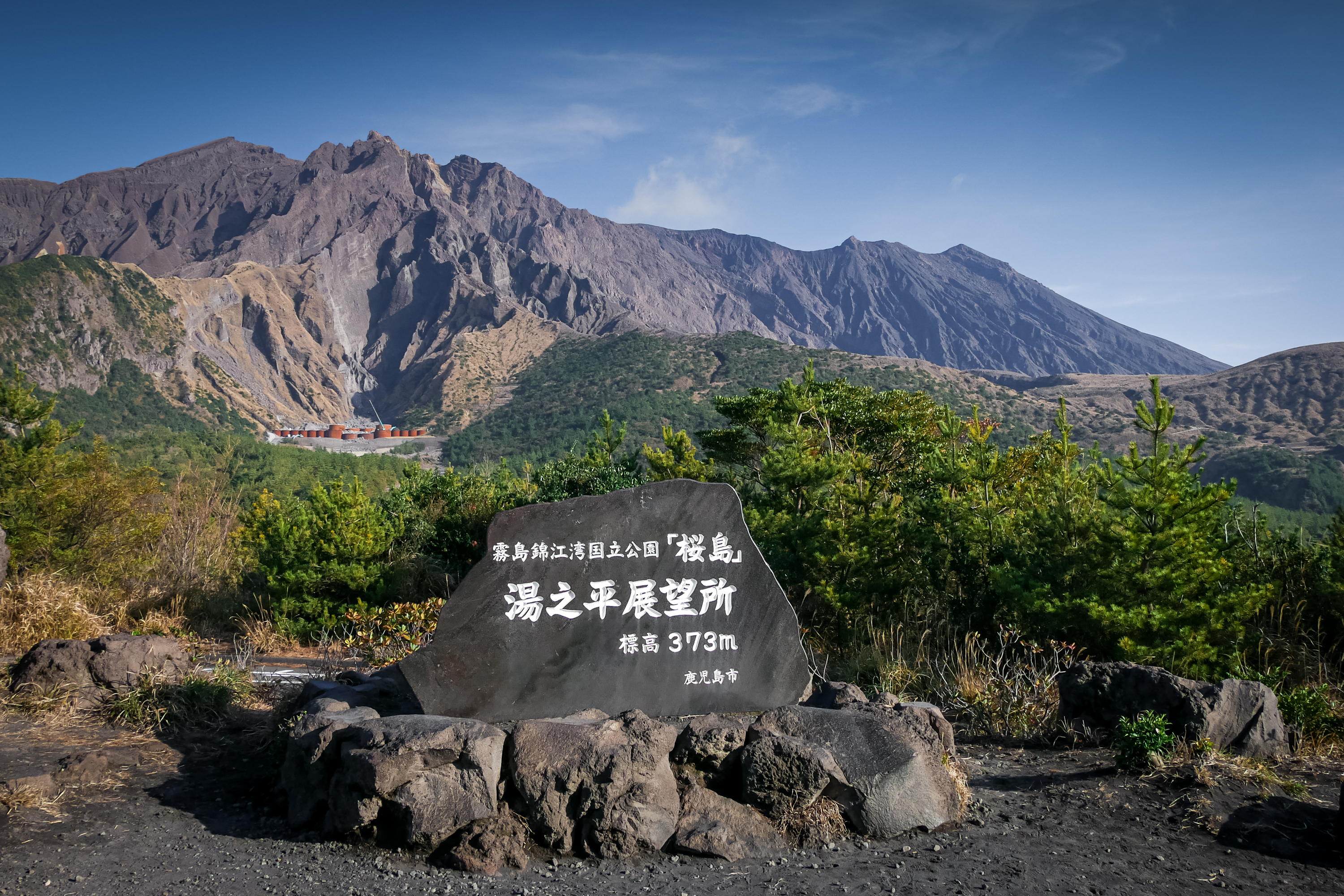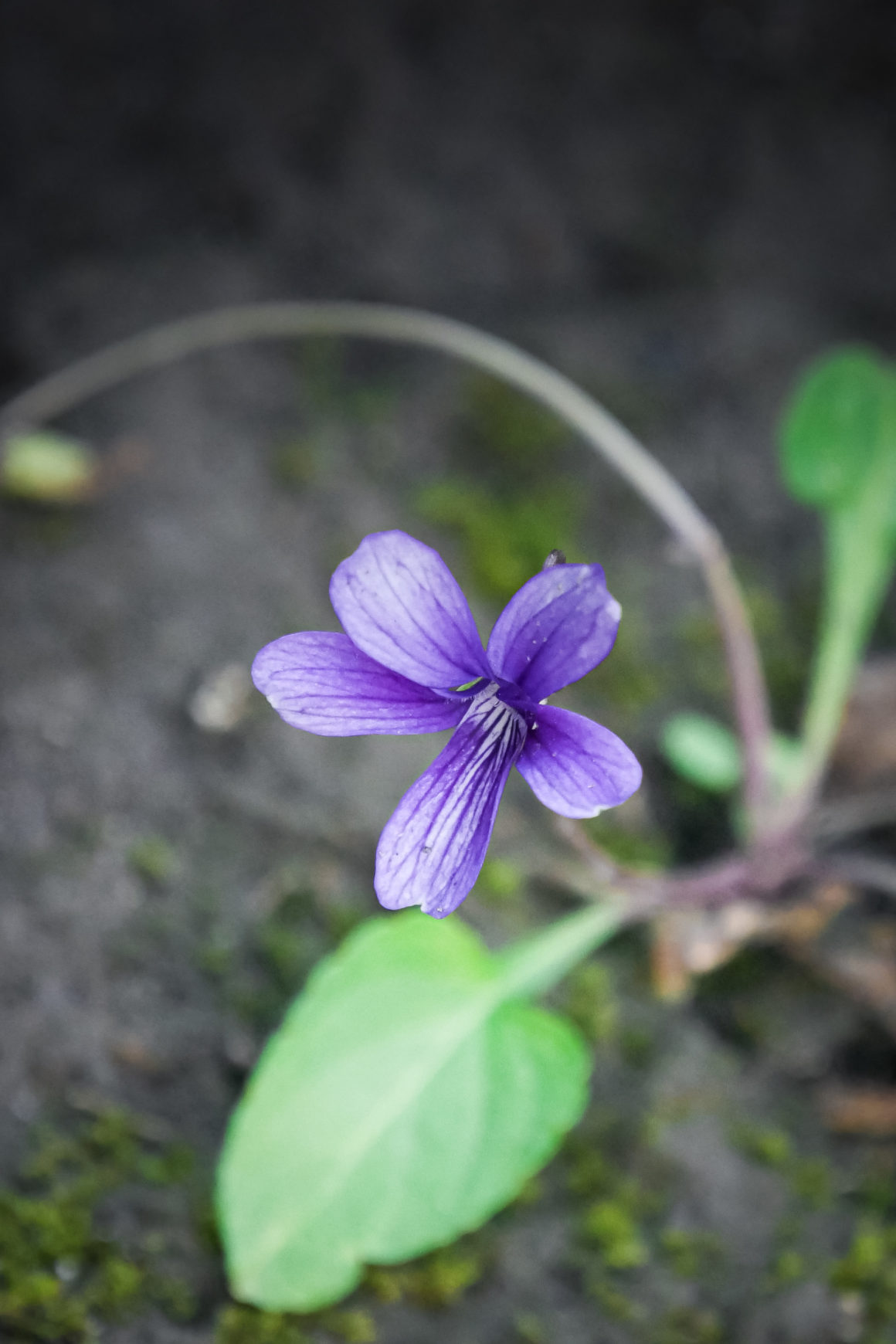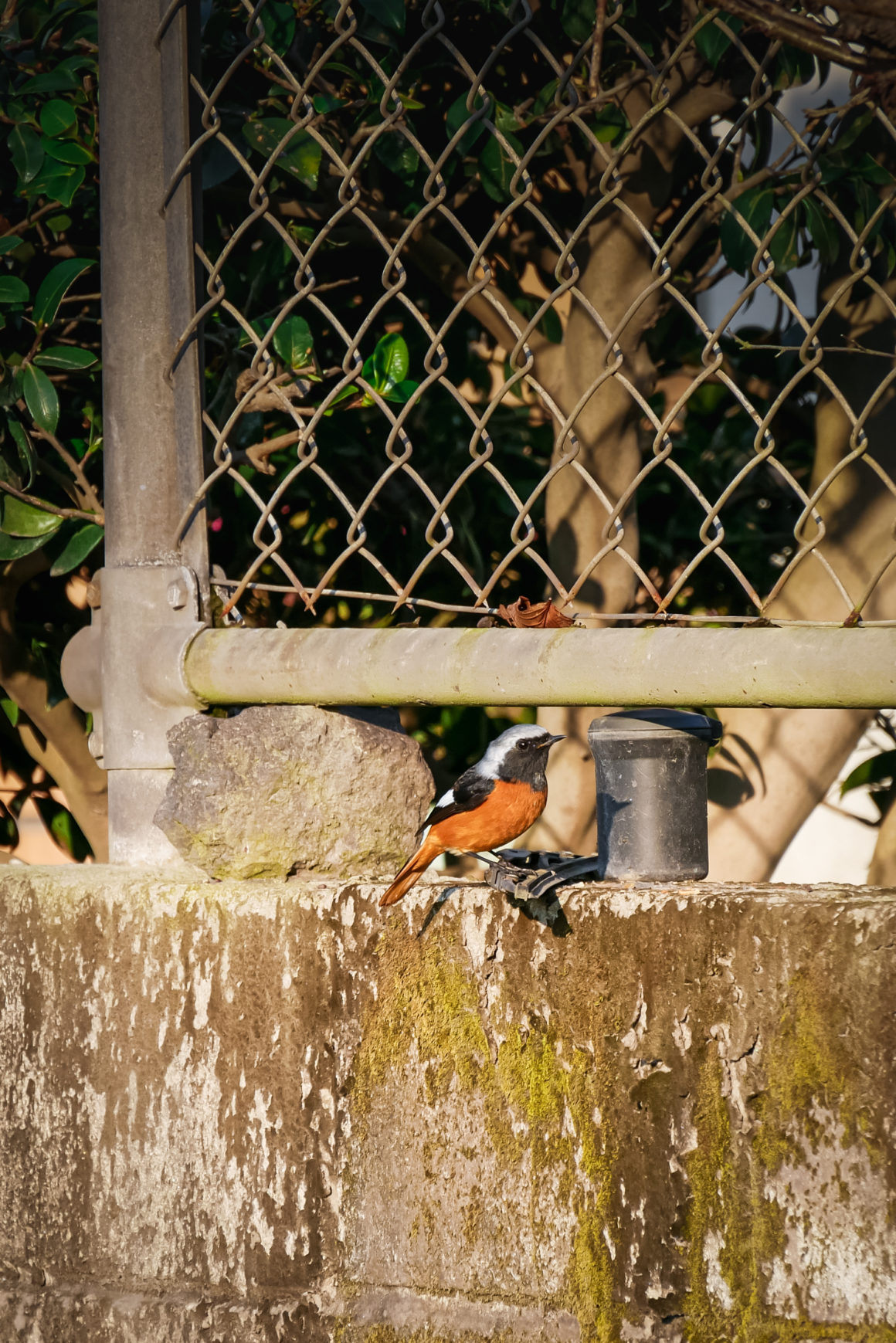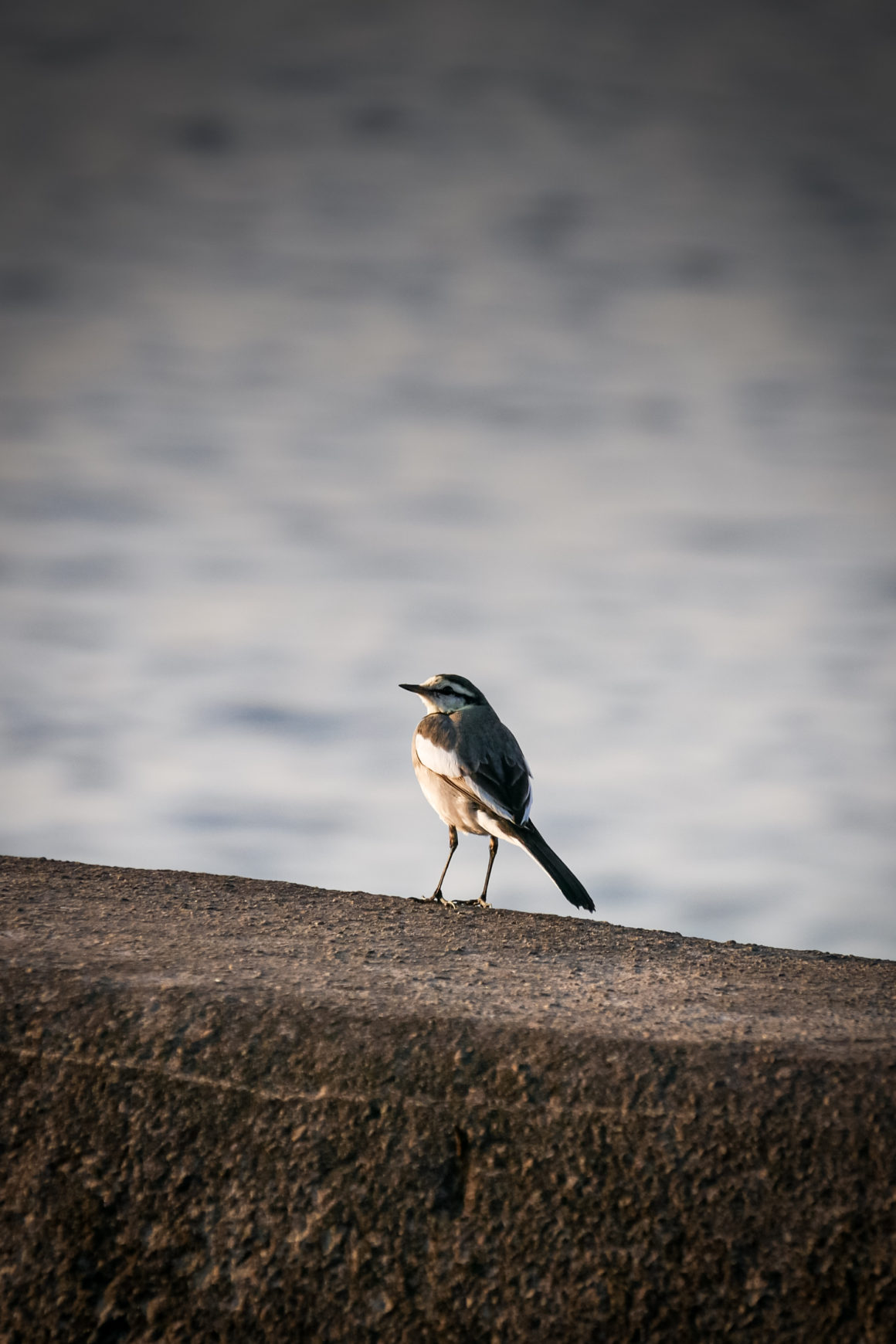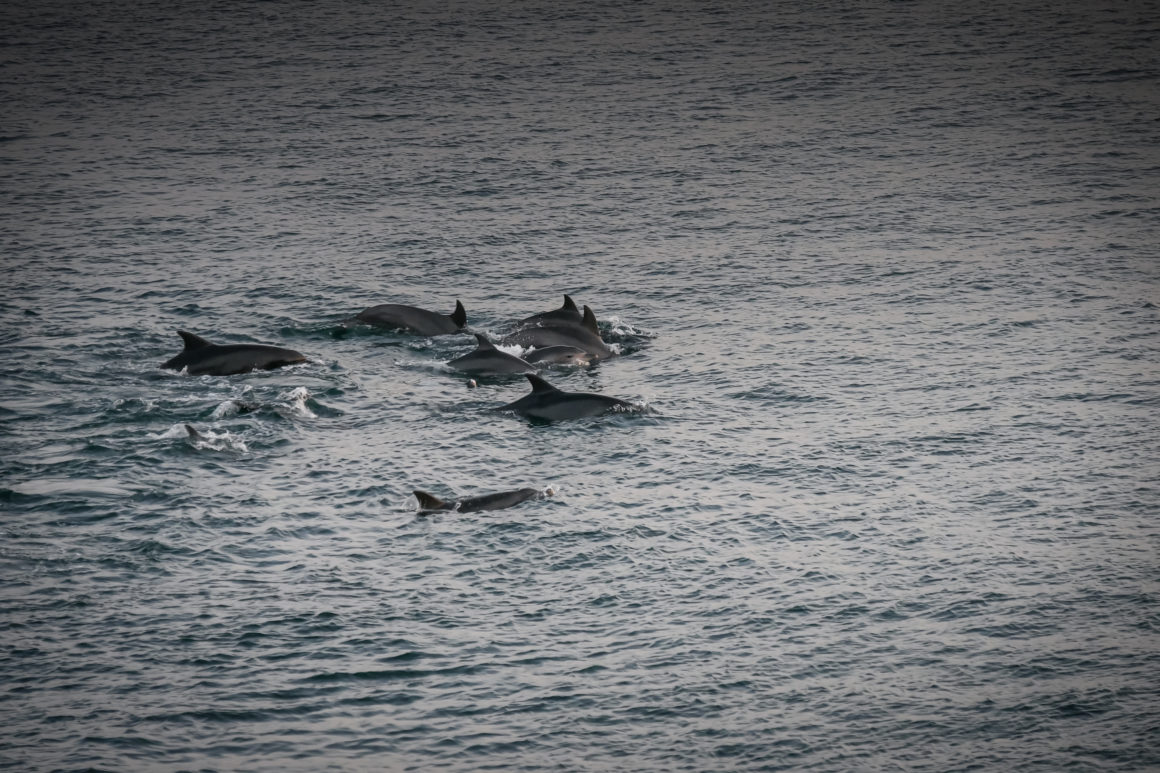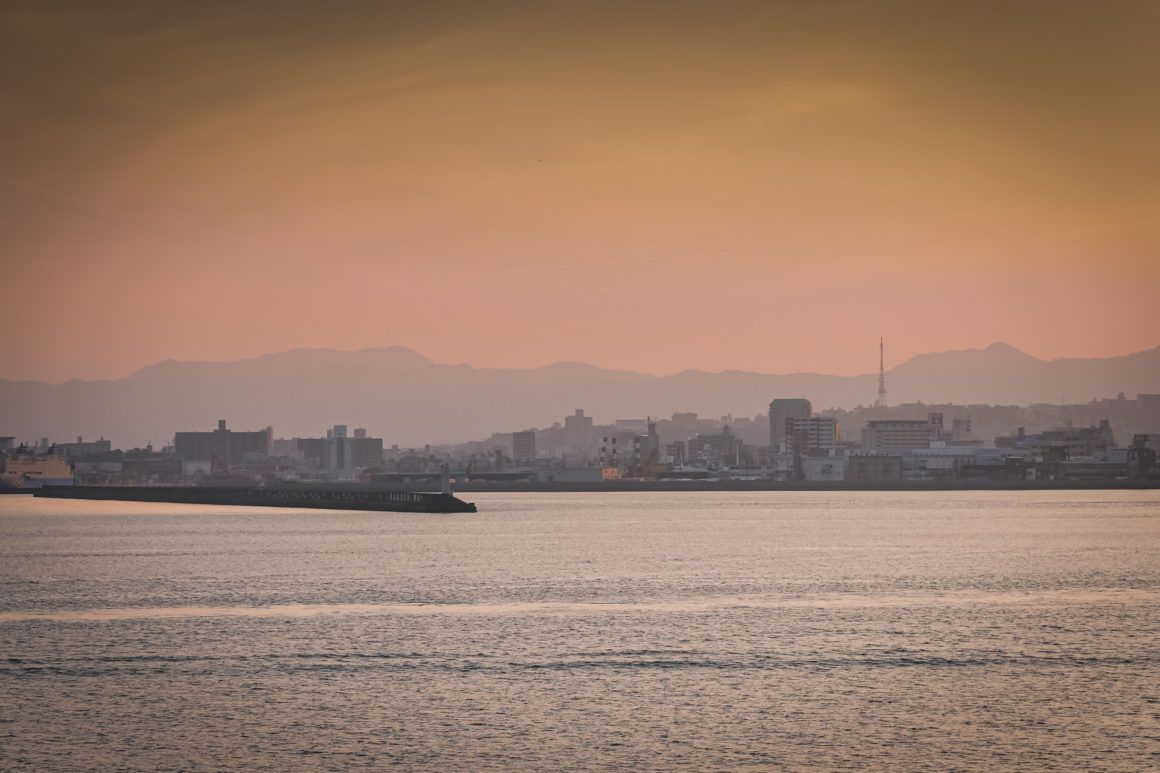DISPATCH
Shimabara and the Satsuma revolt
After a short hour-long crossing, I arrived in the city of Shimabara, northeast of the Shimabara peninsula, located in Nagasaki prefecture. It is a pretty cold sun. After dropping off my bag at the hostel, I take a leisurely stroll around. Shimabara is a small port city stretching lengthwise along the coast, at the foot of Mount Mayuyama. Mount Mayuyama is part of the volcanic complex of Mount Unzen composed of different peaks and mountains. Kinugasa to the north, Mount Fugen and Mayuyama to the center-east and Kusenbu to the south. The Fugendake has an active crater. The last very deadly eruption dating back to 1991 swept away a whole part of the outlying districts of Shimabara.
I spend my Tuesday wandering around Shimabara. I go to see the tiny Shiraki Lake and the Kotoji temple housing the statue of a reclining Buddha where a lot of people are present cleaning the tombs and the temple. This great cleaning taking place at the end of December is called “ôsôji” and acts as a rite of purification. It is also practiced in homes. I visit the carp district, home to many rivers full of impressive carp, as well as pretty old traditional houses. I visit the Yusui-teien Shimeiso, including a traditional garden. Japanese tea tasting and discussion with the owner and two Japanese visitors who speak a little English.
Located on the top of a small hill, Shimabara Castle, consisting of five floors, was built around the 1920s and played an important role in the Satsuma rebellion. Nagasaki Prefecture was one of the main places of introduction of Christianity to Japan in the early 16th century by Jesuit missionaries. Between 1637 and 1638, local peasants, mostly Christians, rebelled against their daimyo Matsukura Shigemasa who imposed increasingly heavy taxes and persecuted Christians. Samurai, ronins (samurai without a master), village chiefs and peasants gathered and unleashed what became known as the Satsuma Rebellion. But the revolt was quelled in blood. Entrenched in the castles of Shimabara and Hara (further south of the Shimabara peninsula), the rebels were decimated by the cannons of the Dutch ships, allies of the shogunate.
The castle houses a very interesting museum retracing the history of Shimabara and his Christians, the Satsuma rebellion, a superb collection of pottery and crockery, small figurines and a collection of armor and sabers. From the top floor, you can discover a nice view of the city, Mount Mayuyama and the smoking crater of Fugendake. I also visit the Seibo Memorial Hall dedicated to the sculptor and painter Seibo Kitamura. It was he who sculpted the Peace statue installed since 1955 in the center of the Nagasaki Peace Park and commemorating the atomic bombing of 1945. I did not know the gentleman at all and I must say that his sculptures have caught my eye. Extremely expressive and successful, I found them magnificent.
Next I visit the historic Teppô-machi district, home to several “buke yashiki” (samurai houses) bordering a pretty 450m long lane cut in half by a small canal. I end my day with a walk in the most popular districts along the small port. Beautiful weather, few people (apart from a group of young boys (in the 12-15 age group), who ask me where I come from, if my camera works well and if I like Japan), lapping waves and gurgling birds. The atmosphere is superbly peaceful. Despite the night that is coming, I still push to see the murderous lava flow of 1991. Although nature has taken over and the houses have been rebuilt, I still distinguish the trace of the flow. Return to the inn at night, followed by the cold.
In the hell of Unzen
The next day, Wednesday December 30, I take the bus which takes me in an hour in the mountains of Mount Unzen, in the small village Unzen. Unzen is built in the middle of hot springs due to the volcanic activity of the region. White smoke, heat waves, gurgling gas bubbles that burst on the surface and the smell of rotten eggs (due to sulfuric acid), perfume the village. Nicknamed “Unzen Jigoku” (Jigoku means “hell” in Japanese), the whole creates a fascinating spectacle. Especially since Unzen was also one of the places where Japanese Christians were martyred around 1600. The daimyo Matsukura Shigemasa (cited above) refusing Christianity, condemned Christians to death by boiling in the hot springs of Unzen. The weather being fine, I attacked the ascent of Mount Yadake (930m high) overlooking Jigoku Onsen. The summit provides a nice view of the valley below, the Nita pass and different peaks of the volcanic complex. I continue my stroll along the ridge on a small wandering path in the forest. I descend into the valley by a small road, rocked by the sun. The places are very beautiful. Back to the village where my search for a bento (packed lunch) end in failure. It will therefore be a restaurant. Rustic gargote held by a slightly grumpy granny. I chose a donburi with eggs which turns out to be very good. (A donburi is a large bowl of rice combined with any garnish).
With a full stomach, I return to the assault of the mountain, this time on the other side of the village to climb Mount Kinugasa, 870 meters. At its foot is the pretty Shirakumo Lake and the first free camping space I find in Japan. The places are sacrament arranged for a free space: toilets, kitchen space, place to make fire and raised sites for the tents. A brave man has pitched his tent. The ascent is quiet, on an old stone path. As with Mount Yadake, the observatory at the top allows to catch a superb view of the valley and Unzen but also to see the tip of the Shimabara peninsula to the south and the rest of Nagasaki prefecture to the west. I descend slowly towards the village through a large coniferous forest. While waiting for the bus, I go around the big lake Oshidori-no-Ike to come across a small sanctuary dedicated at Daikokuten (Japanese deity of wealth, commerce and exchanges) whose face is carved in stone.
Birds while ascending Mount Kinugasa
The next day, the sun gave way to the rain. My planning for the day was to hike in the mountains of Mont Unzen. Optimistic, I take the bus again hoping that the rain will stop by the time I get there. Alas, my prayer is not heard. I start the first part of my hike in the pouring rain. Unless you take a taxi (too expensive), you have to reach the Nita pass (where the cable car is) by going up into the forest for an hour. The mist also appears. Arriving at the pass, the rain turns to snow and the mist prevents me from seeing more than 50 meters away. Now that I am here, I’m not going to turn around. I buy a ticket for the cable car which takes me in three minutes 300 meters higher. The station staff informed me that I had taken the last cable car. It closes due to bad weather. So I am going to have to go down on foot (which I had planned anyway). A little worried, they watch me go, shouting “Kiotsukete” (which can be translated as “Take care of yourself”). Leaving the station, I find myself in another world. The snowstorm is raging, everything is covered in white and the mist and wind are so strong that I cannot see anything beyond five meters. Wondering a bit about what I got into, I continue despite everything. The tiny trail runs along the ridge beneath the snow squalls. Apart from the sound of the wind, the world is completely silent. In fact, the world even seems to have disappeared. Apart from my end of the crest, I see nothing except a gray mass. The colors have disappeared. It is a world of shades of gray and white that presents itself to me. The places are discovered, ghostly, as I move forward. A little disappointed to be able to see nothing of the environment, I console myself by watching the snow transform the trees into white skeletons. The atmosphere seems surreal. I give up my idea of going to climb the different peaks and the crater (much too dangerous, given the weather) to do a quiet walk that will take me two hours to return to the base station from the cable car. I eat at full speed trying to shelter myself from the snow then I descend by the same path as before to return to the bus stop. As I descend, the snow turns to rain and the mist dissipates slightly (in fact as I descend under the mist, inevitably I can see a little better). Shivering in cold, I happily get on the bus to Shimabara.
Kagoshima, the sweet
I spend my January 1, 2016 in transport to reach Kagoshima. Shimabara ferry to Kumamoto port. Bus to reach the center of Kumamoto then bus again to reach Kagoshima in four hours. Located just south of Kyushu, Kagoshima is a large metropolis stretching along the edge of Kinko Bay in the shade of the very active 13,000-year-old Sakurajima volcano. The city and the volcano are located in the gigantic Aira caldera created around 22,000 years ago following a monstrous eruption. Sakurajima is one of the most active volcanoes in Japan with an average of 500 explosions per year (mainly ash discharges)! Kagoshima was the capital of the Satsuma Clan.
“The Satsuma Estate (薩摩 藩, Satsuma Han) was one of the most powerful feudal domains in Tokugawa Japan, which played an important role during the Meiji Restoration and in the government that followed. Commanded throughout the Edo period by the daimyo tozama of the Shimazu clan, its territory spanned the provinces of Satsuma, Osumi and southwest of Hyūga on the island of Kyūshū, and had the kingdom of Ryūkyū (NB: The Okinawa Islands) as a vassal. The territory is largely contiguous with what is now Kagoshima Prefecture, and parts of Miyazaki Prefecture. Formally known as Kagoshima han, the area was ruled from Kagoshima Castle. ” – Wikipedia
It was also at Kagoshima that Saint Francis Xavier landed on August 15, 1549 and who introduced Christianity to Japan. I spend the next two days relaxing and walking around Kagoshima. The weather alternates between rain and bright sun. I take the opportunity to see Star Wars: The Force Awakens (in original version with Japanese subtitles). The city is quite lively, especially on Sundays at the Terukuni shrine, filled with people who came to perform the traditional prayer at the start of the year.
“It is customary on January 1, often after midnight after the ōmisoka, to go to the Shinto shrine, or to the Buddhist temple, for the hatsumōde (初 詣), the first visit to the temple. We drink toso (屠 蘇), the first sake of the year, prepared with medicinal herbs and supposed to guarantee good health for the year and served in lacquered dishes. We also go to the temple to pray and to draw the predictions (お 神 籤, omikuji) of the new year. ” – Wikipedia
I visit the Meiji Restoration Museum, retracing the era full of political and economic changes that were the end of the Edo era (end of the 18th century) and the beginning of the 19th century with the entry into the Meiji era. The overthrow of the Tokugawa shogunate, which had kept the country in voluntary isolation (called Sakoku) since 1641, and the recovery of the Emperor’s powers, overturned the social and economic structure of Japan and turned it into a great power. The museum also tells the story of Saigō Takamori, samurai and politician of the Satsuma Clan who rebelled against the shogunate (and his own daimyo) and participated in the famous Satsuma Rebellion. I also stroll on Shiroyama hill offering a nice point of view on Kagoshima and Sakurajima as well as in the more remote Iso and Kanmachi districts and by the sea. The atmosphere is really peaceful and the vegetation evokes more and more the Tropical South.
Terukuni sanctuary
Little piece of paradise in Sakurajima
On Monday, January 4, I take the ferry to cross Kinko Bay in about fifteen minutes to go for a walk on Sakurajima Island. The volcano is made up of three peaks: Kitadake (1117 meters above sea level) to the north, Nakadake (1080 meters above sea level) in the center and Minamidake (1040 meters above sea level) to the south. A few barracks are scattered along the tiny harbor. Crates containing tiny mandarins (Sakurajima specialties) are placed everywhere freely with no one to watch them. 100 yen per sachet of five mandarins (less than one euro). I make my choice and slip a 100 yen coin into the small piggy bank.
I walk along the coast of the island by a small perfectly peaceful path in the middle of small conifers and large yellow grasses. It is hot. Apart from a few fishermen and three eagles doing acrobatics in the air, I do not meet anyone. I pass by the point of view of Karasujima, place where a lava flow in 1914 engulfed a small island 500 meters offshore before going to see the Akamizu park where there is a strange sculpture in memory of “Sakurajima all- night concert ”which took place on the island in 2004 and attracted 75,000 people. Made by a local sculptor Tsuyoshi Nagabuchi, the sculpture entitled “Portrait of a Scream” is curiously reminiscent of a kind of ultra contemporary Stonehenge.
Then I take the bus to see the Arimura Lava Observatory, located high up at the foot of the peaks and ancient lava flows. I had planned to go hiking in the mountains, but it is forbidden to approach more than 2 km from the craters! Finally quite understandable given the instability of the volcano. So I just go down to the port by walking along the small road winding through the forest. The gurgling of birds accompanies my quiet descent. I discover some plantations and greenhouses where the famous tiny mandarins grow. The place seems slightly derelict, a mixture of old barracks and tools of everyday life gently engulfed by nature.
Back at the port, I take the ferry back to Kagoshima on the other side of the bay under a late afternoon sky. The light transforms the landscape into a magnificent set of shades of gray and orange. I also see for a few very fast minutes, a group of dolphins that came to say hello on the surface next to the ferry. The show is very short but gives me a feeling of absolute ecstasy!
Tomorrow, Tuesday 5 January, I am attacking a new part of my journey since I am launching an assault on the South West Islands (string of semi-tropical islands), starting with the islands located to the north and being part of the prefecture of Kagoshima: Yakushima (sheltering millennial forests) and Tanegashima (where the space center of JAXA is located). My trip to Kyushu is over. It was a very nice month (despite the fairly bad weather), full of discoveries and meetings.


